Crown removal procedures are a staple of any dental office, and having the right tools for the job is essential. While there’s no universal method of crown removal, certain methods and tools suit certain situations. If you’re unsure which crown remover and spreader tools will work best for your techniques, this guide should help you know which equipment you may need for your practice.
We’ll go in-depth with some important crown remover comparisons and provide information on each type of crown removing tool you should know. Read on to find out more, so you can shop with confidence for crown removers and spreaders for your dental office.
 Crown Removal Classifications
Crown Removal Classifications
When a dental crown fails and needs removal, there are a few different ways to go about the process. Knowing which type is best will depend on the patient and the unique situation of their teeth and crowns. Understanding the three main types of crown removal classifications can help inform your decisions about what’s best for your patients. Additionally, you’ll be able to use the proper tools to ensure the process is effective.
These crown removal classifications are:
- Conservative: In a conservative crown removal, the prosthesis, or crown, remains intact throughout the procedure. The dental clinician may use a traction or percussion force that breaks the cement seal, or luting, to remove the crown from the tooth. With a conservative crown removal, the dental clinician can reuse the crown.
- Semi-conservative: The crown or prosthesis can endure minor damage during a semi-conservative removal, but it still may be able to be reused with some minor repairs done. Often in this type of removal, a small hole is made in the crown so the dental clinician can provide enough pressure to break the cement and remove the crown.
- Destructive: A dental clinician uses special tools to cut apart and remove the crown in a destructive crown removal procedure. It may be cut or broken into sections for easier removal but will become damaged to the point where it’s unusable.
Crown Removal Techniques
Among the three main classifications of crown removal procedures, there’s a wide variety of techniques professionals use. Before beginning the crown removal process, careful planning is necessary to give your patient the best possible outcome. Many factors can affect the choice of permanent crown removal methods, including the patient’s health, the location of the crown in the mouth and surrounding teeth, the state of the remaining tooth under the crown, the types of tools and the direction of force.
Some of the most popular and safest crown removal techniques include the following:
- Leverage: This method of crown removal uses a tool known as a Christensen crown remover. The leverage technique is generally considered a semi-conservative option and uses a bur to section the crown. Then, the Christensen crown remover tool removes the pieces of the crown. This special dental tool is available in two types — an angled tip and straight tip. The straight-tipped version is suited for anterior teeth, while the angled tool is designed for posterior teeth. Both styles feature notched tips to aid in the crown removal process.
- Hammer or gun mechanism: The hammer technique is another commonly used crown removal option. With this method, an automatic crown removal instrument is used, which resembles a gun. This spring-loaded instrument delivers a short impulse shock, releasing the cemented bonds of the crown from the tooth. It includes a wrench and other tip options for effortless removal after the cement bond is broken, and works in all areas of the mouth. This method is also referred to as a back-action method, which is a conservative option for crown removal. This type of crown removal is more often used for temporary crown removal, as it may be too much force for a permanent crown removal.
- Sacrificing the restoration: This type of crown removal is classified as a destructive procedure, as you must split the crown into pieces, and you may not be able to use them later. In this type of crown removal, a crown spreader tool spreads the crown pieces apart to remove them from the tooth. Usually, the crown splits first, and then the crown spreader painlessly pries the pieces away from the tooth.
- Buccolingual dimple technique: This specialized crown removal technique involves making small “dimples” or indents in the sides of the existing crown. These indents act as a perfect place for special tools known as Baade crown removers, which are sometimes also used for temporary crown removal techniques. These Baade pliers offer superior grip and accuracy when using this method of crown removal.
What Style of Crown Removers Should You Use?
With so many crown removing tools available, how can dentists know which ones are best? As a dental professional, you’ll likely develop your personal preferences for crown removal procedures that seem to work best for you. It’s a good idea to give all of these methods a try to discover which ones you like. It’s also recommended to have several different crown removal tools on hand so you’re prepared for different types of crown removal situations.
Let’s take a closer look at which crown removal situations call for specific styles of crown remover tools.
 Removing Temporary Crowns
Removing Temporary Crowns
Temporary crowns are generally only meant to be used in the short term while the permanent crown is being constructed. These crowns are usually made of a softer dental resin and use a temporary adhesive to attach to the tooth, so removing them is more straightforward than removing permanent crowns. Dental tools like grabbers and pliers are usually the best temporary crown removers. The Wynman temporary crown remover features a serrated tip and forceps that have a strong grip for teeth in any location of the mouth, and are perfect for removing temporary crowns.
Removing Permanent Crowns
The permanent removal of crowns is generally a bit harder than temporary crown removals, as the materials and adhesives used are stronger. Many crown remover styles work for permanent crown removal procedures, so having various specialized tools on hand means you’re ready for any patient and any situation.
Baade crown removing pliers are an excellent option for this type of procedure, with their pointed beaks for concentrated force, and a setting screw for having a firm grip on the appliance. Another popular tool for removing permanent crowns is a Goldstein crown remover. This tool features a crossbar handle to provide superior leverage in removing a crown sectioned with a bur. With two variations for upper and lower teeth, the Trial crown remover is another great option. It’s a forceps-style tool that provides excellent grip, with a setting screw for even better grasping.
Permanent and Temporary Removers
Some crown removal systems do double duty and are effective as both temporary and permanent crown removers. One classic option clinicians can use on all types of crown removal procedures is the Morrell crown remover. Dentists can use this tool on any tooth as it utilizes a manual hammer mechanism. The Morrell crown remover comes with several different tips so dentists can easily use it in various crown removal procedures.
Another great option to have for both permanent and temporary crown removals is the Automatic crown remover. This versatile tool allows for an automatic hammering technique ideal for any crown removal and any area of the mouth. The spring-loaded mechanism of this tool gives a quick burst of force that will loosen and release the adhesive of any crown.
Automatic vs. Manual Crown Removers
With so many crown removal instrument options, what’s the difference between manual and automatic choices? The short answer is it usually comes down to preference. Each of these tools works a little differently and may be best in specific situations. Manual crown removers are available in many styles, but all use manual actions to loosen and remove crowns. Extreme accuracy is a must for manual tools, as any accidental sliding of the tools could cause unintended damage to teeth and surrounding tissue. In any case, these tools are easy to use and are the standard for crown removal.
Most semi-automatic and automatic crown removers provide for a greater level of control of the direction of the force, which can give more accuracy and leave less room for mistakes. Dental clinicians can operate some automatic crown removers with two hands — using one hand to secure the instrument’s tip in the correct place and the other hand to operate the system. With other types of automatic crown removers, dental clinicians only need one hand to manage the entire system, making these tools extra efficient and helpful.
What Style of Crown Spreaders Should You Use?
Crown spreaders are another essential tool for any dental professional to have on hand, and there are a variety of spreaders to consider. Each of these may be best for certain situations, and of course, personal preference can play a role in determining which types to use. Most dental professionals will want several styles for use in different procedures.
In general, though, there are a few main types of crown spreaders:
- Double-ended: For ultimate versatility, double-ended crown spreaders are the way to go. These classic tools quickly and painlessly engage the prepared slit, splitting and removing the old crown. The double-ended crown spreader features two different tip orientations for ease of access in all areas of the mouth. An ergonomic, stainless steel handle means a superior grip, comfort and long-lasting strength.
- 3-prong: This unique crown spreader utilizes a forceps style and double-spring leverage for a durable, easy-to-use implementation. The double-spring design ensures this type of crown spreader delivers just the right amount of force for accurate and painless crown removal procedures, easily splitting the crown open for removal. The 3-prong crown spreader is versatile, working anywhere in the mouth.
- Posterior: The posterior style crown remover features a uniquely shaped tip specially designed for posterior teeth, including the premolars and molars. Some of these teeth may not be easy to reach and work on, but this tool makes for simple and effective removal of crowns and other restoration pieces on any of the back teeth.
- T-style: Another unique and effective style of crown spreader is the T-style crown spreader. This tool features a double-beak splitting mechanism on the end, with a T-shaped handle for a comfortable and accurate grip. The T-style crown spreader can easily spread a split crown with just a simple pull on the handle. Use it on many different types and locations of crowns.
All in all, dentists should consider the scope of procedures they usually take on to determine which crown spreader tools are right for them and their patients.
The Bottom Line
The most important thing to remember is there isn’t a universal system for crown removal. Many crown removal methods exist to remove both temporary and permanently cemented crowns, bridges and other restorative prostheses. While dental professionals may have their own preferences for specific crown removal techniques and tools, some clinical situations and circumstances may necessitate specific procedures and types of crown removers. The needs of each individual patient will be your utmost concern when choosing the proper crown removal techniques and tools.
For each patient needing a crown removal procedure, it’s necessary to determine if the crown will be saved or destroyed in the removal process. This factor can dictate the type of procedure and what types of tools to use. The location of the crown in the mouth, the patient’s age and health and many other variables should inform your choices. In any case, the patient’s needs come first, and dental clinicians should inform and advise them of all risks and benefits of each procedure option available for their situation.
Shop ProDentUSA for High-Quality Crown Removers and Spreaders
At ProDentUSA, we’re proud to provide the dental community with the highest quality stainless steel instruments for any dental procedure, including crown removals. We manufacture our own instruments, eliminate the middle man and offer you the best prices on the market without compromising quality. Our ProDent Promise is that our tools are designed to last and guaranteed to satisfy. Our company is happily spreading smiles, one instrument at a time.
Shop with us today for long-lasting quality crown removers and spreaders. If you have any questions or would like help finding what you need, reach out to us with our contact form. Our friendly and helpful staff is happy to assist you!

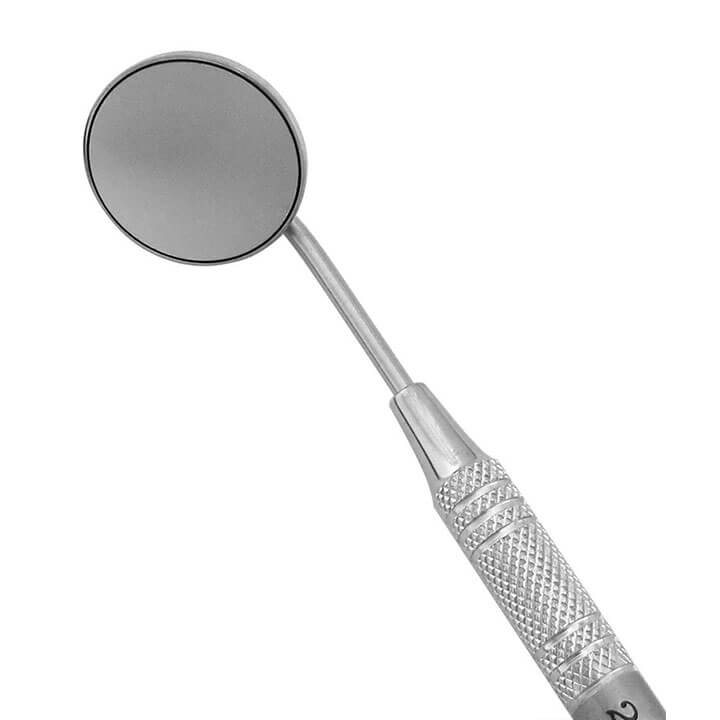
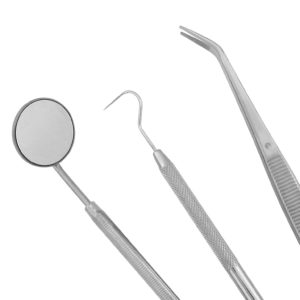
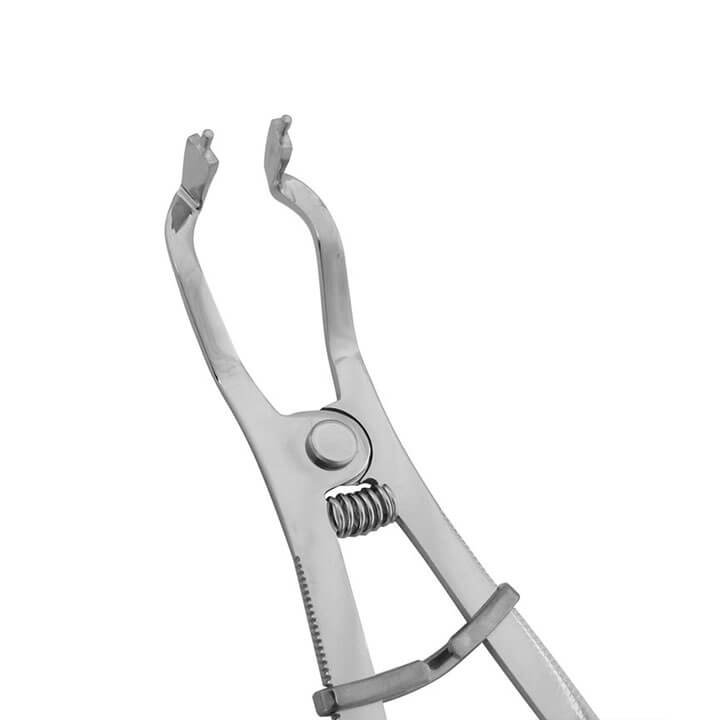
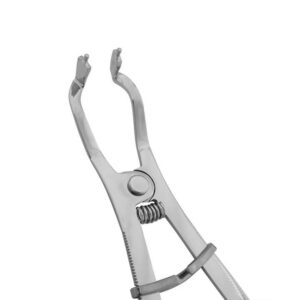
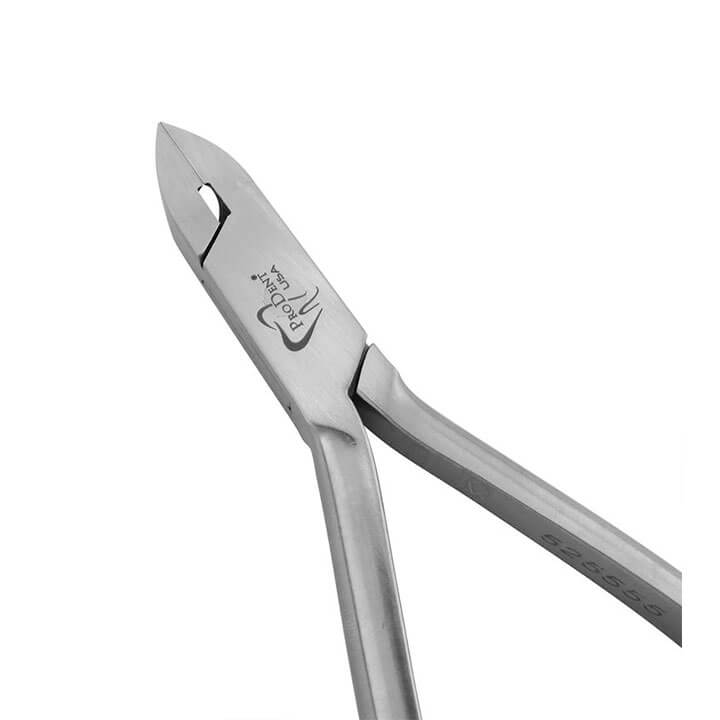

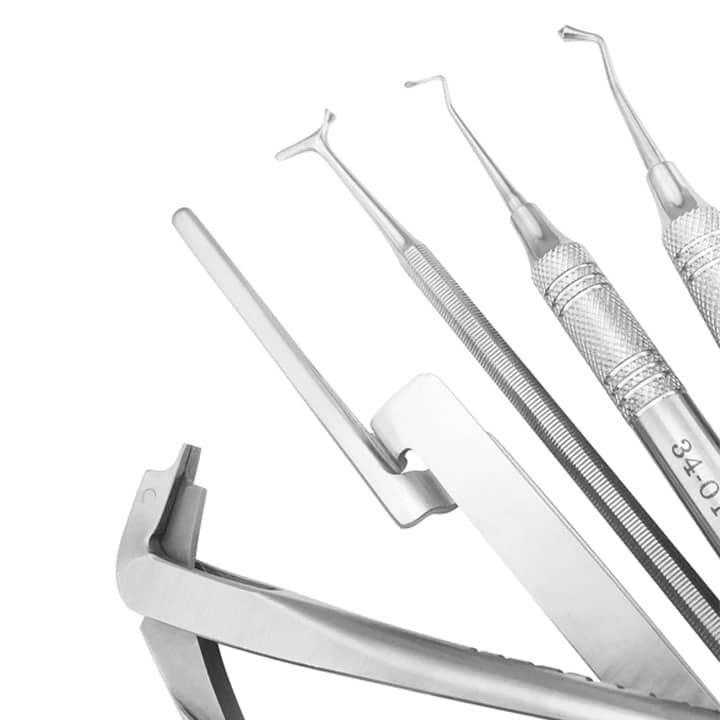
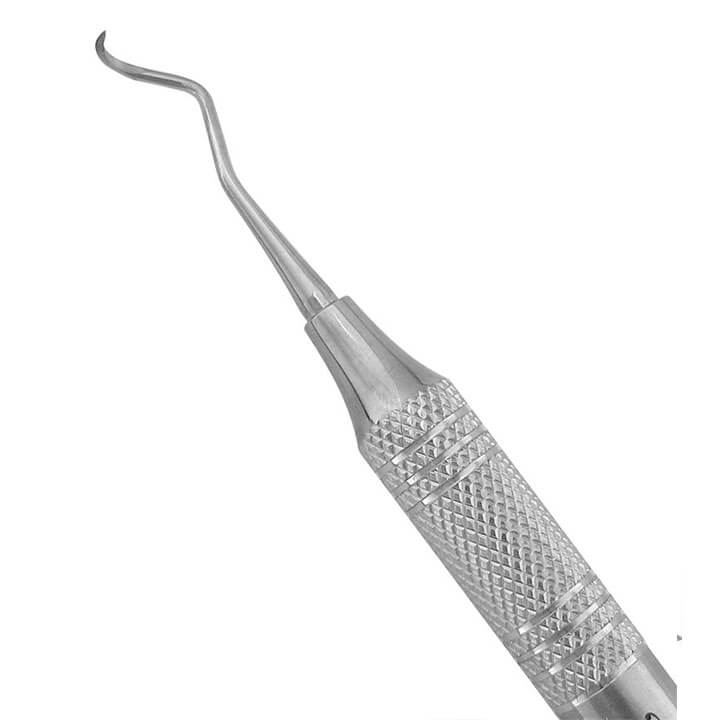
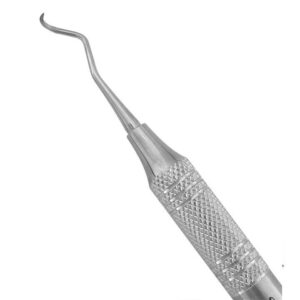

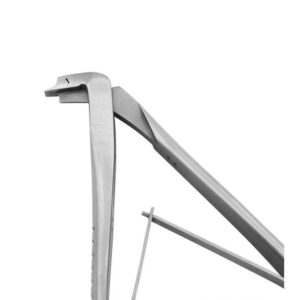
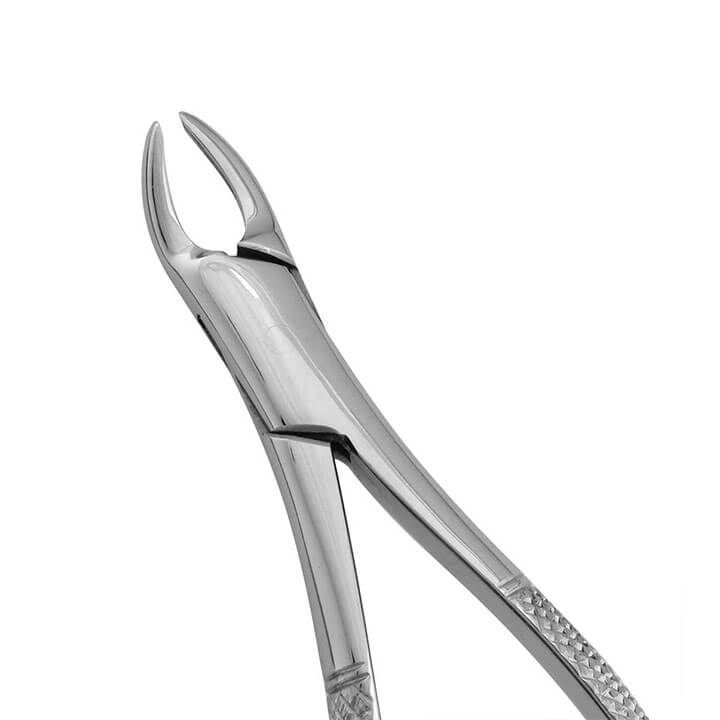





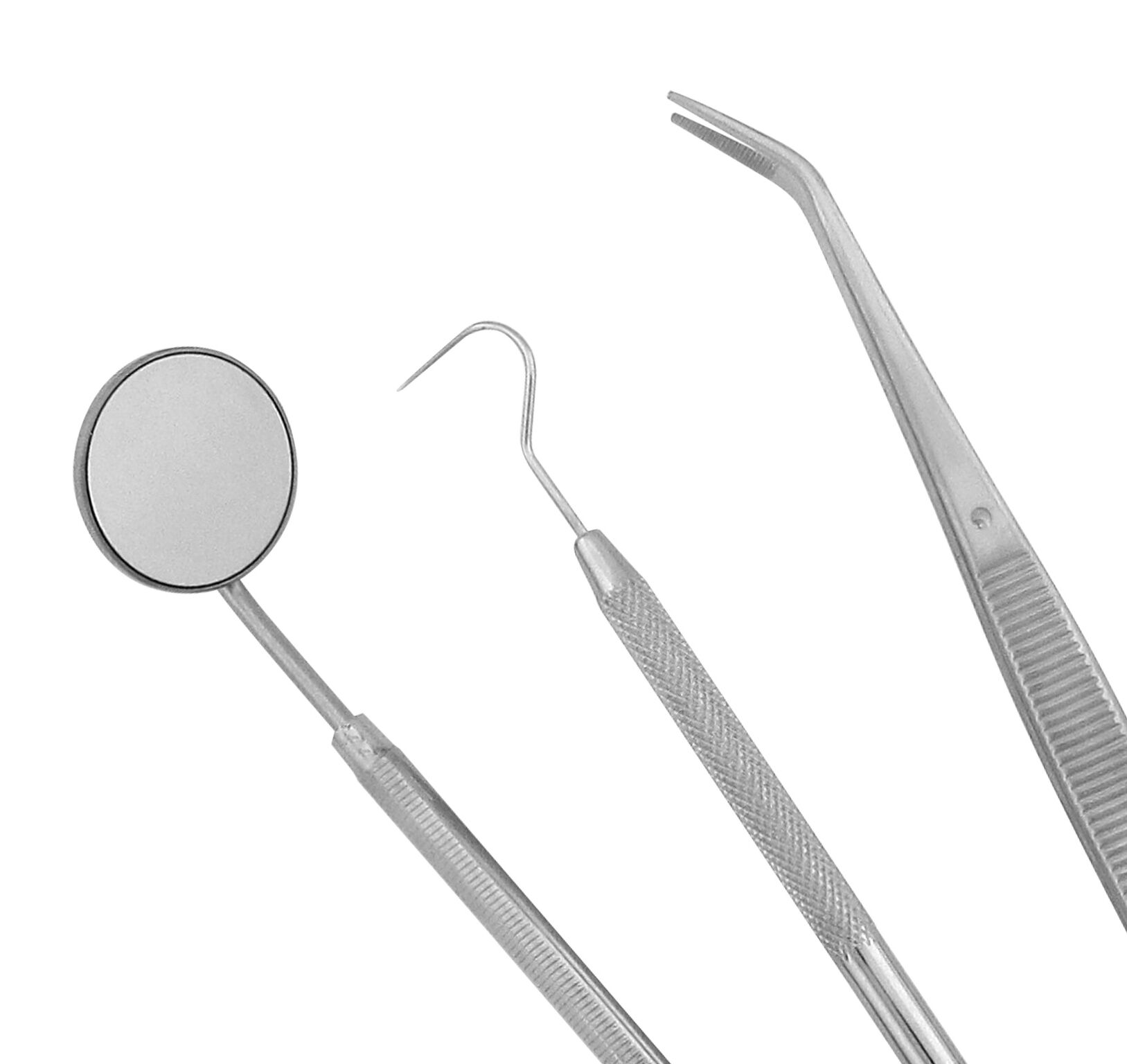 Diagnostic Sets & Accessories
Diagnostic Sets & Accessories Dressing Pliers
Dressing Pliers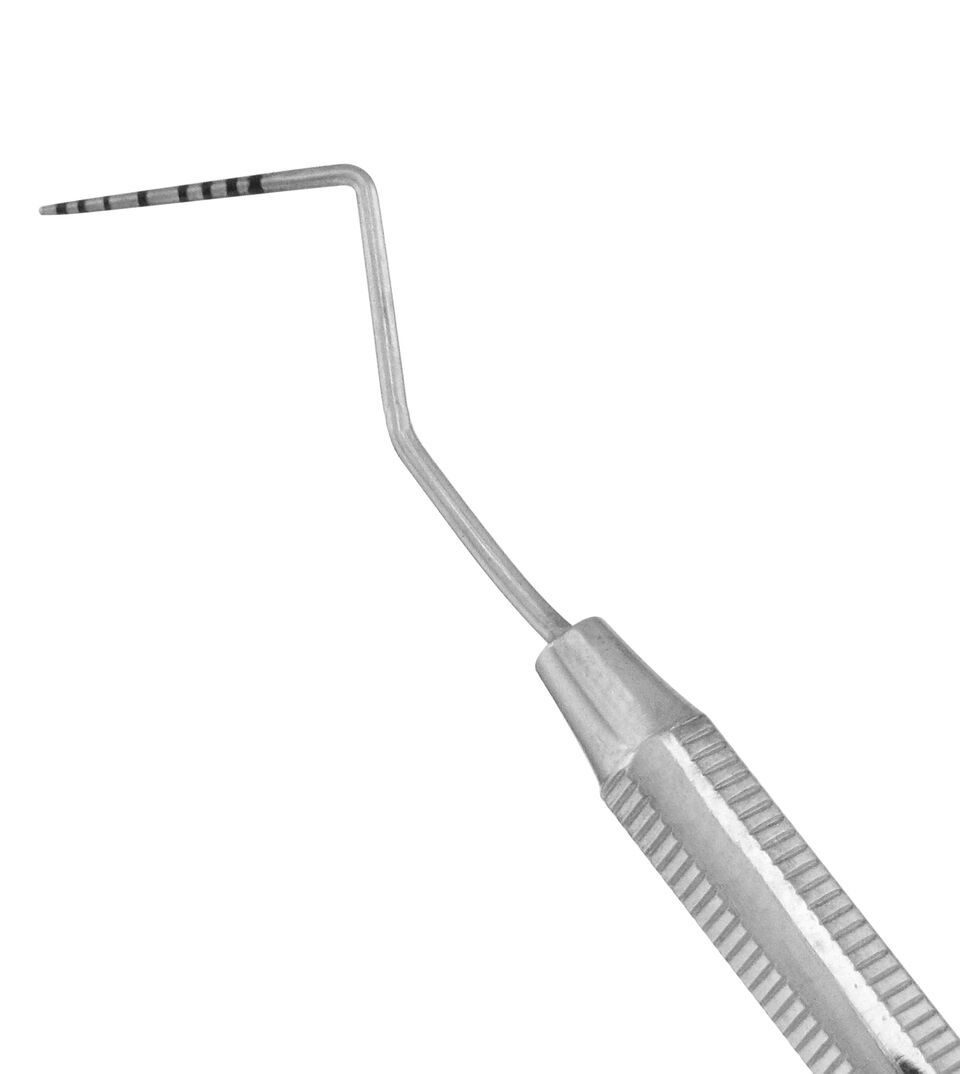 Explorer/Probes
Explorer/Probes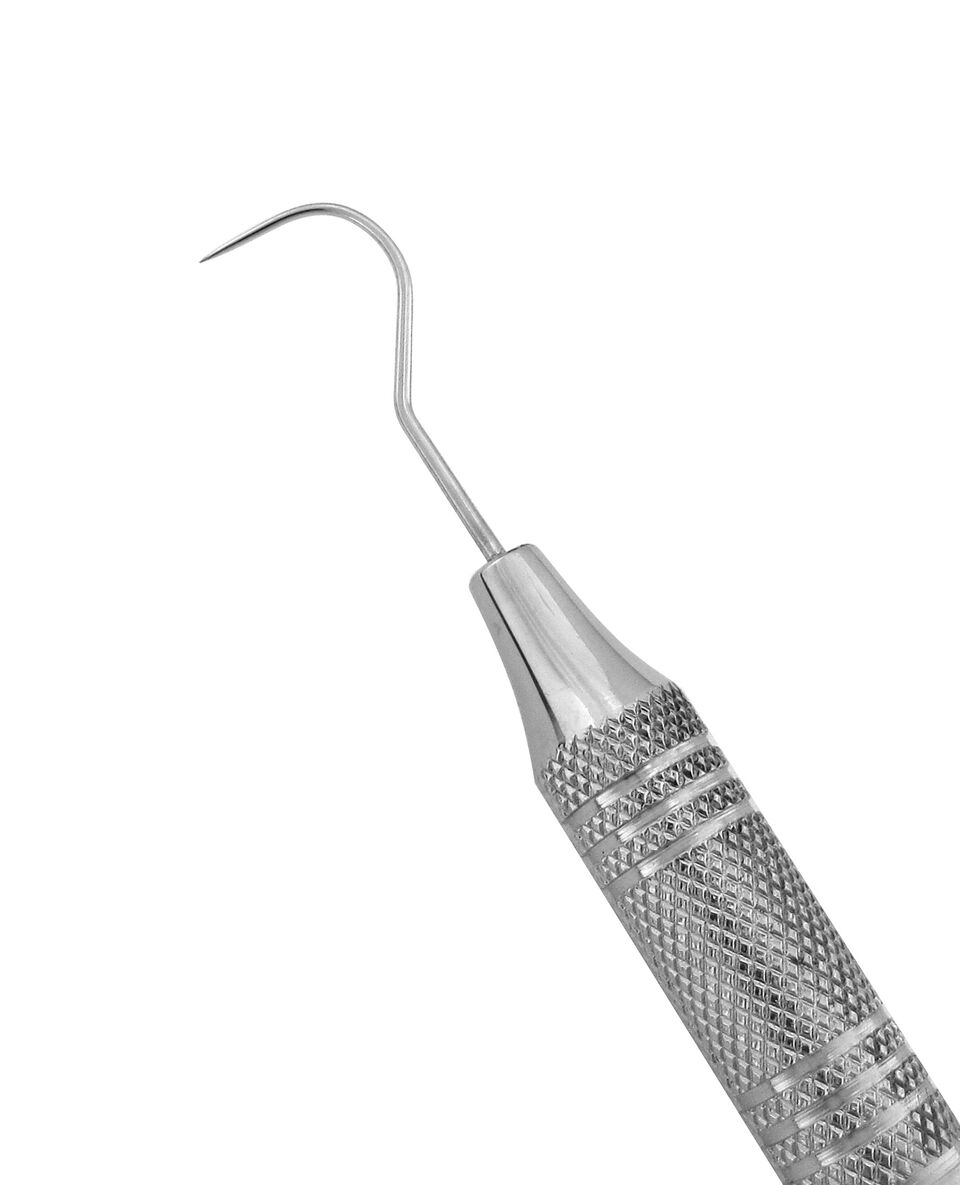 Explorers
Explorers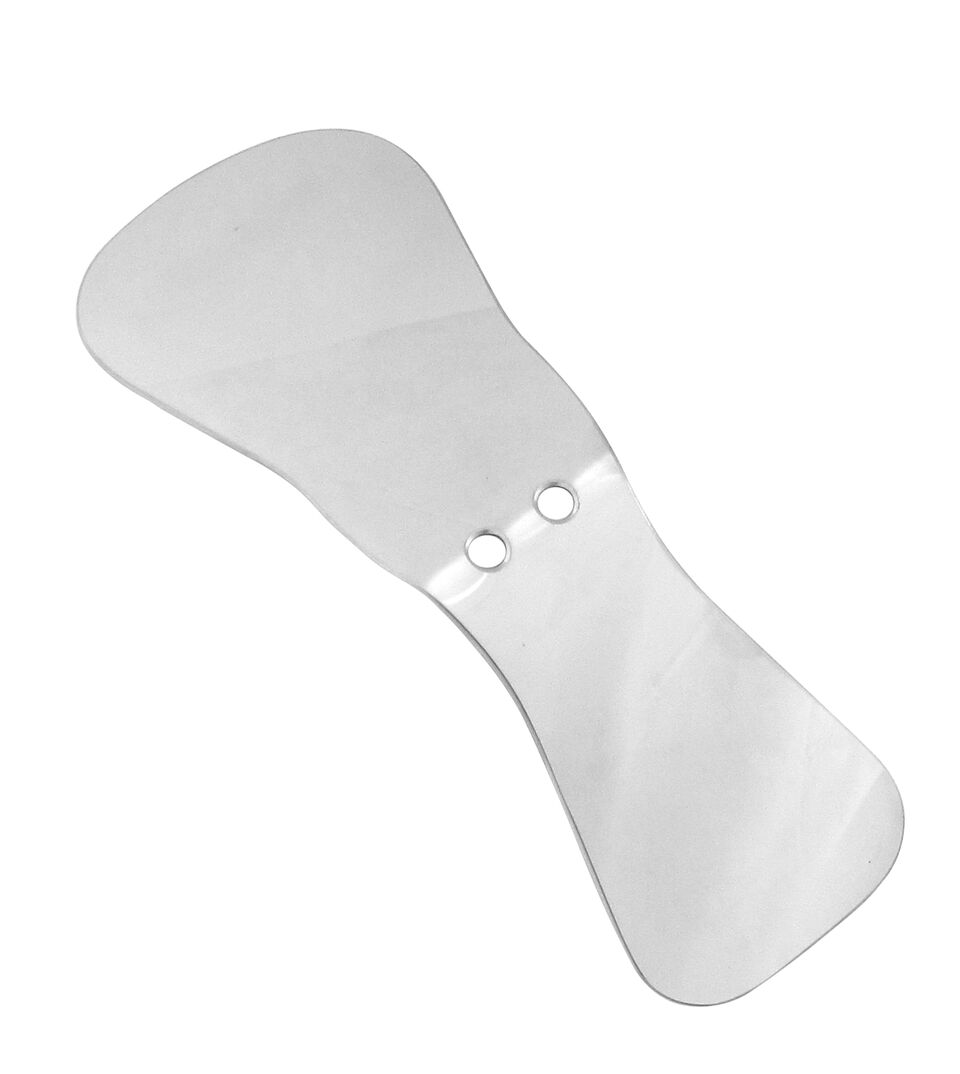 Intraoral Photography Mirrors
Intraoral Photography Mirrors Mirror Handles
Mirror Handles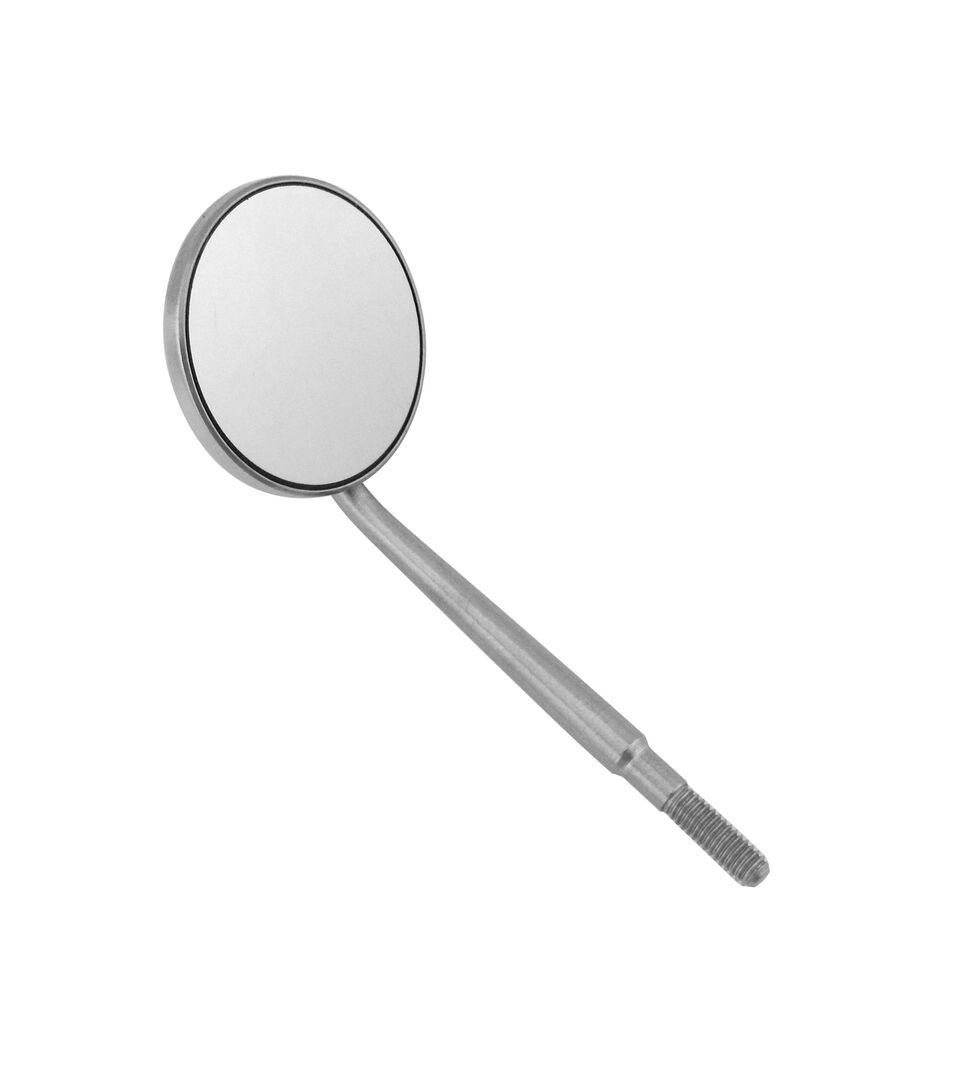 Mirrors
Mirrors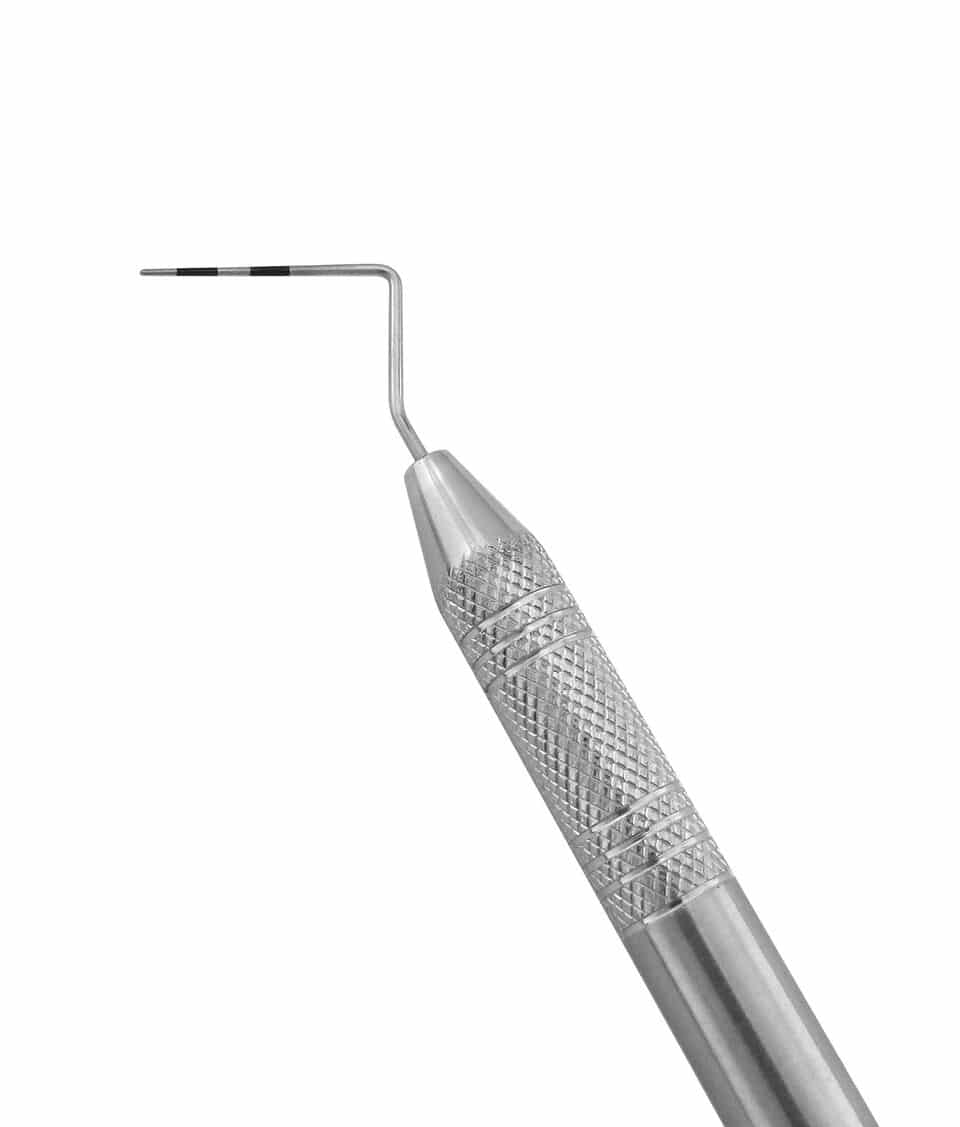 Probes
Probes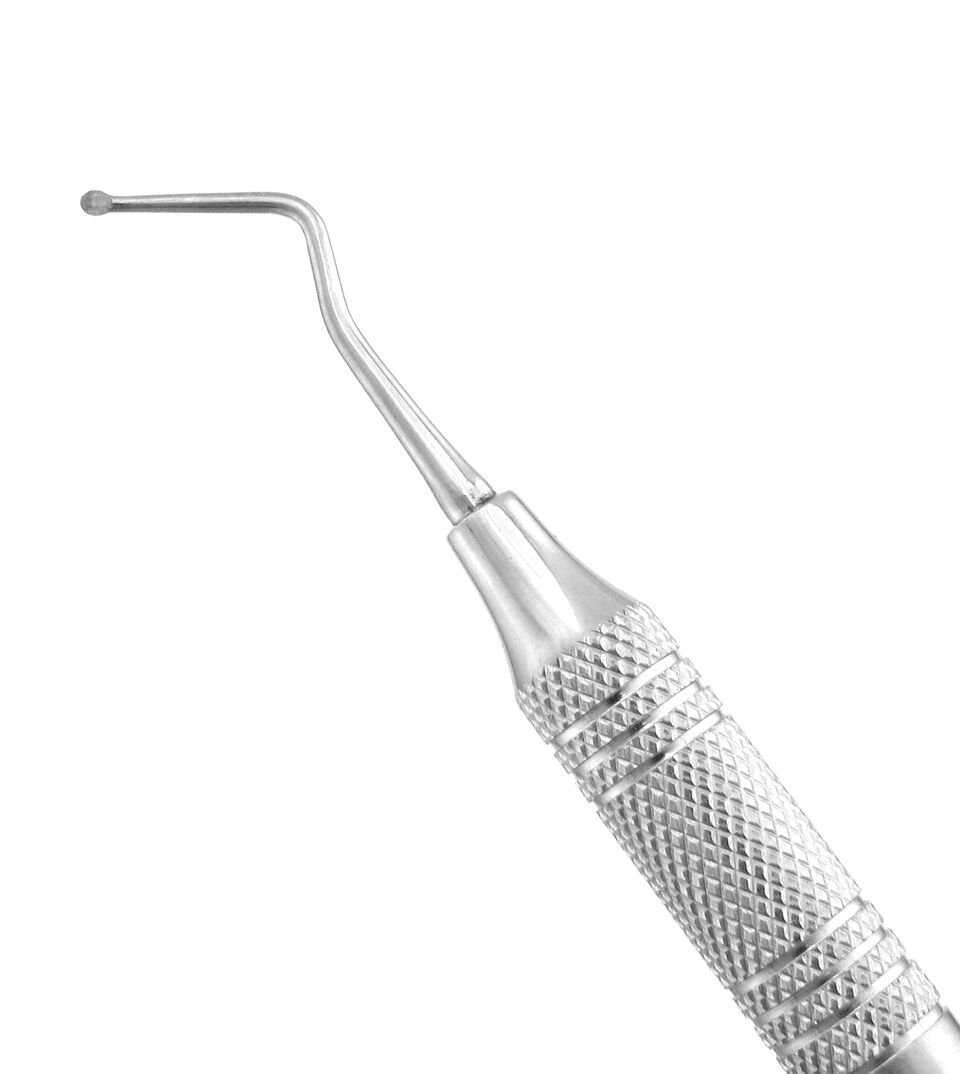 Endo Excavators
Endo Excavators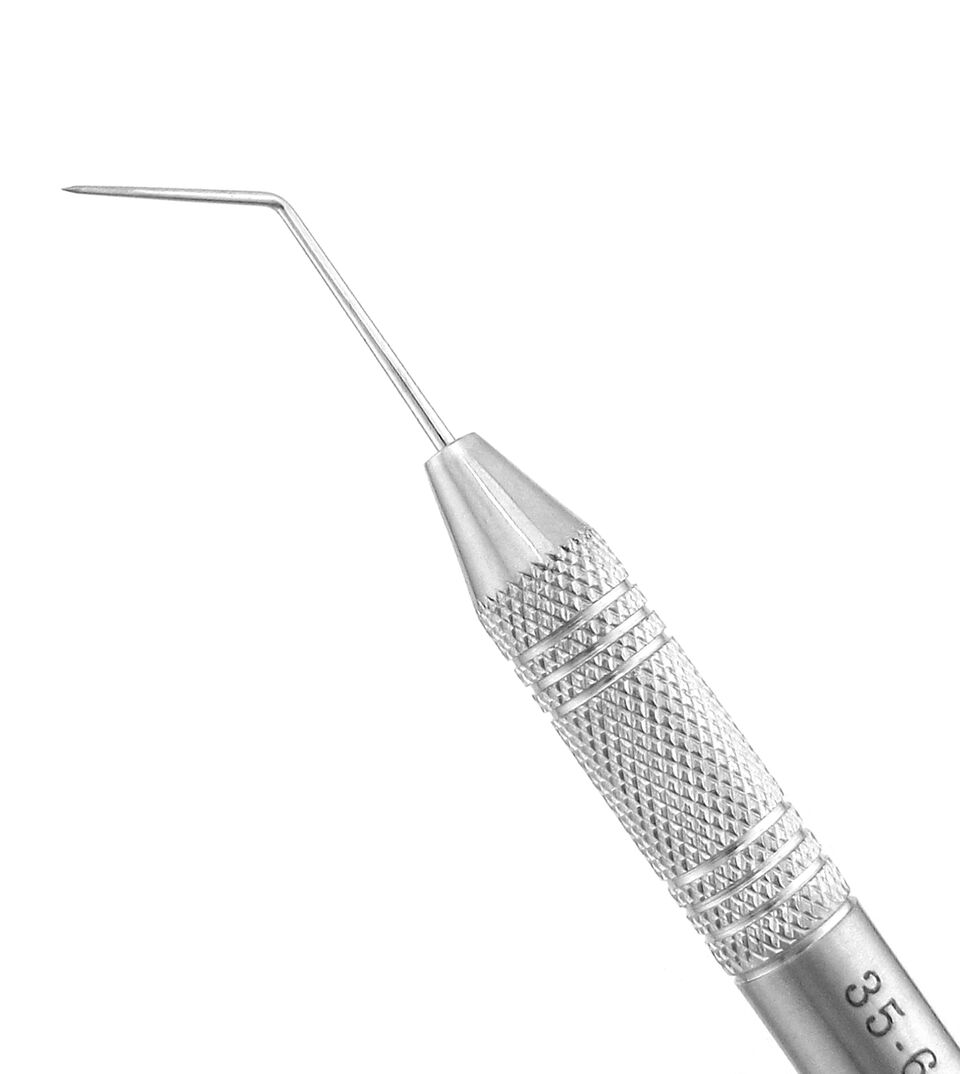 Endo Explorers
Endo Explorers Endo Forceps
Endo Forceps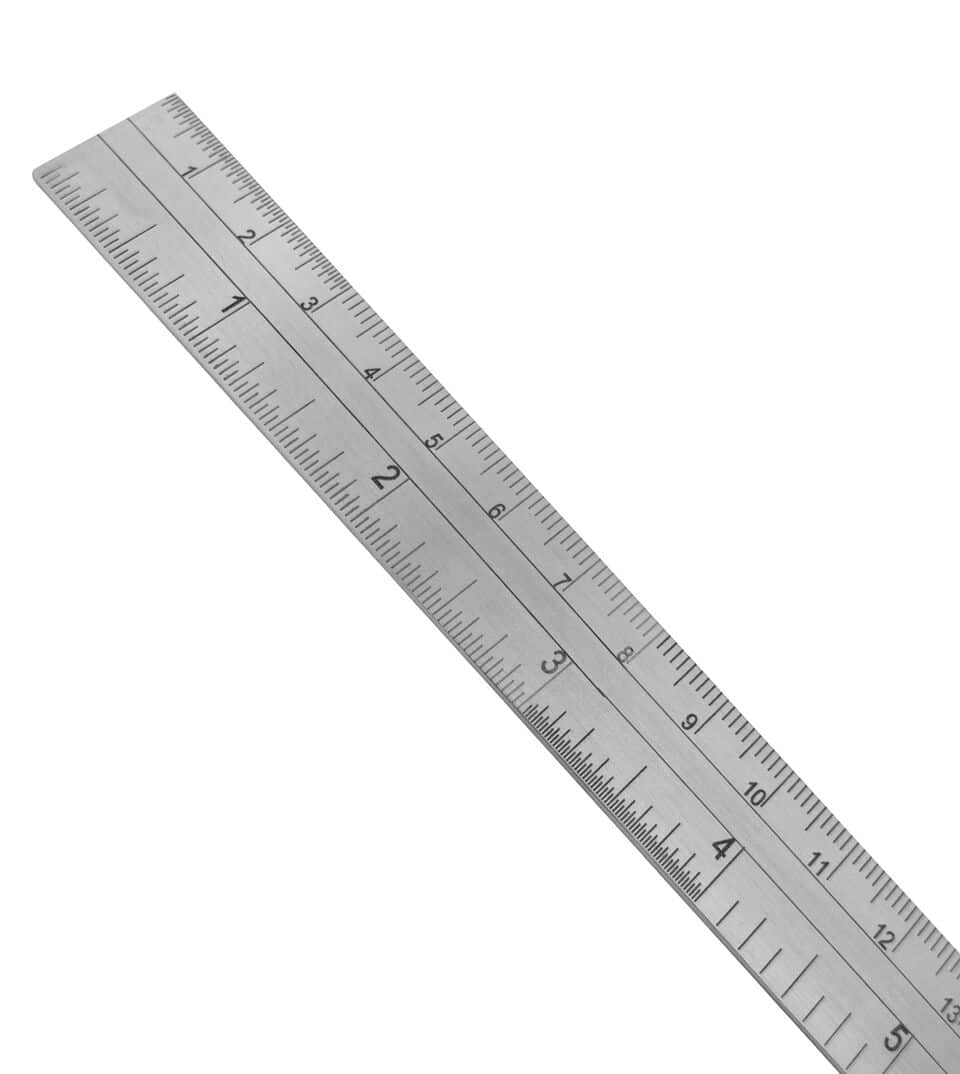 Endo Rulers
Endo Rulers Endodontic Sets
Endodontic Sets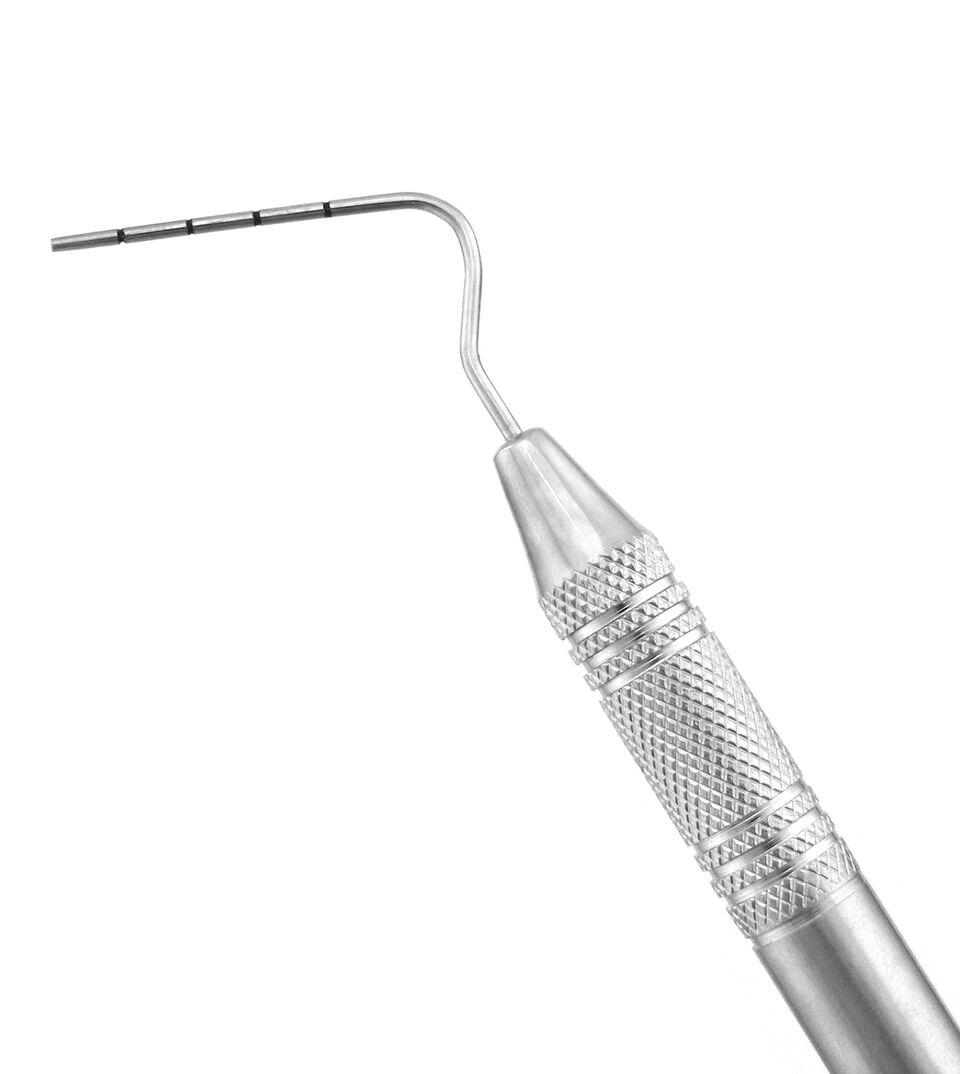 Root Canal Pluggers
Root Canal Pluggers Root Canal Spreaders
Root Canal Spreaders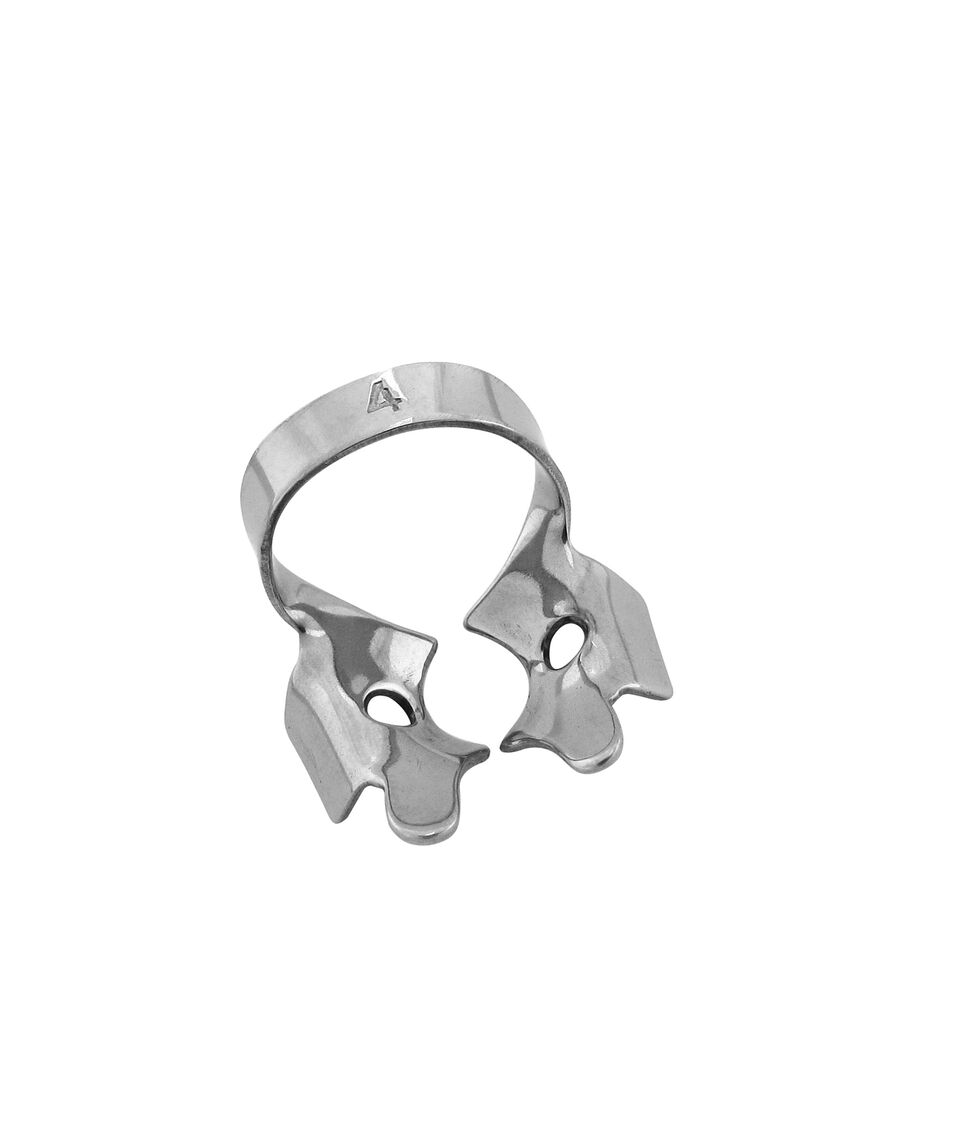 Rubber Dam Clamps
Rubber Dam Clamps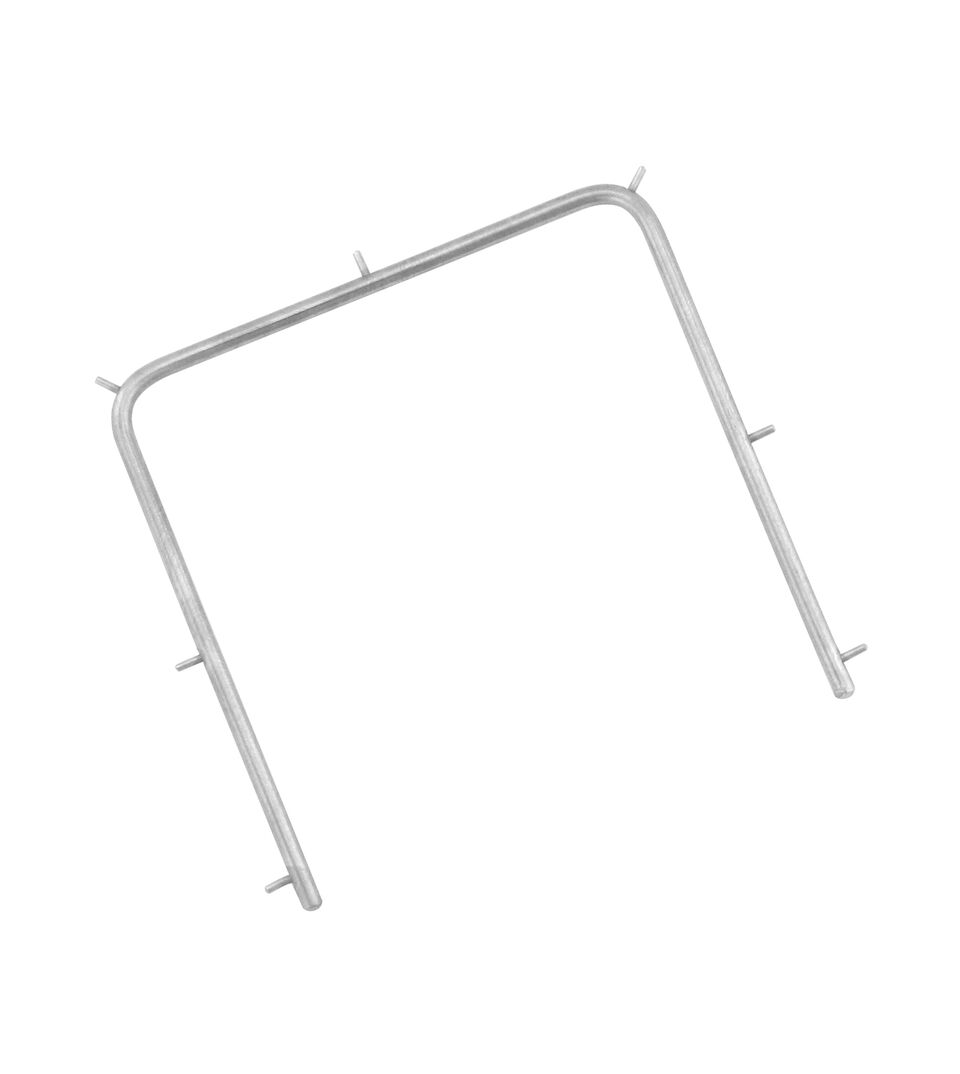 Rubber Dam Frames
Rubber Dam Frames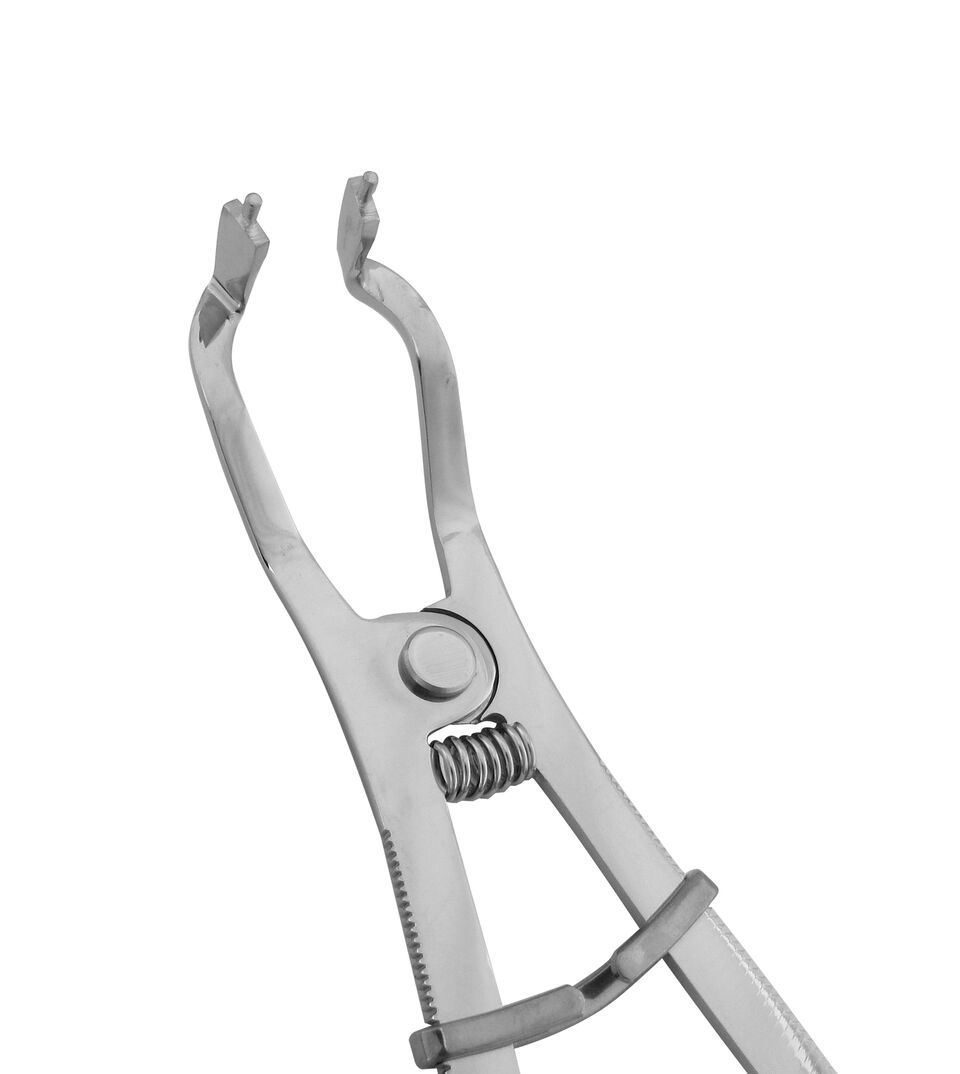 Rubber Dam Punches & Forceps
Rubber Dam Punches & Forceps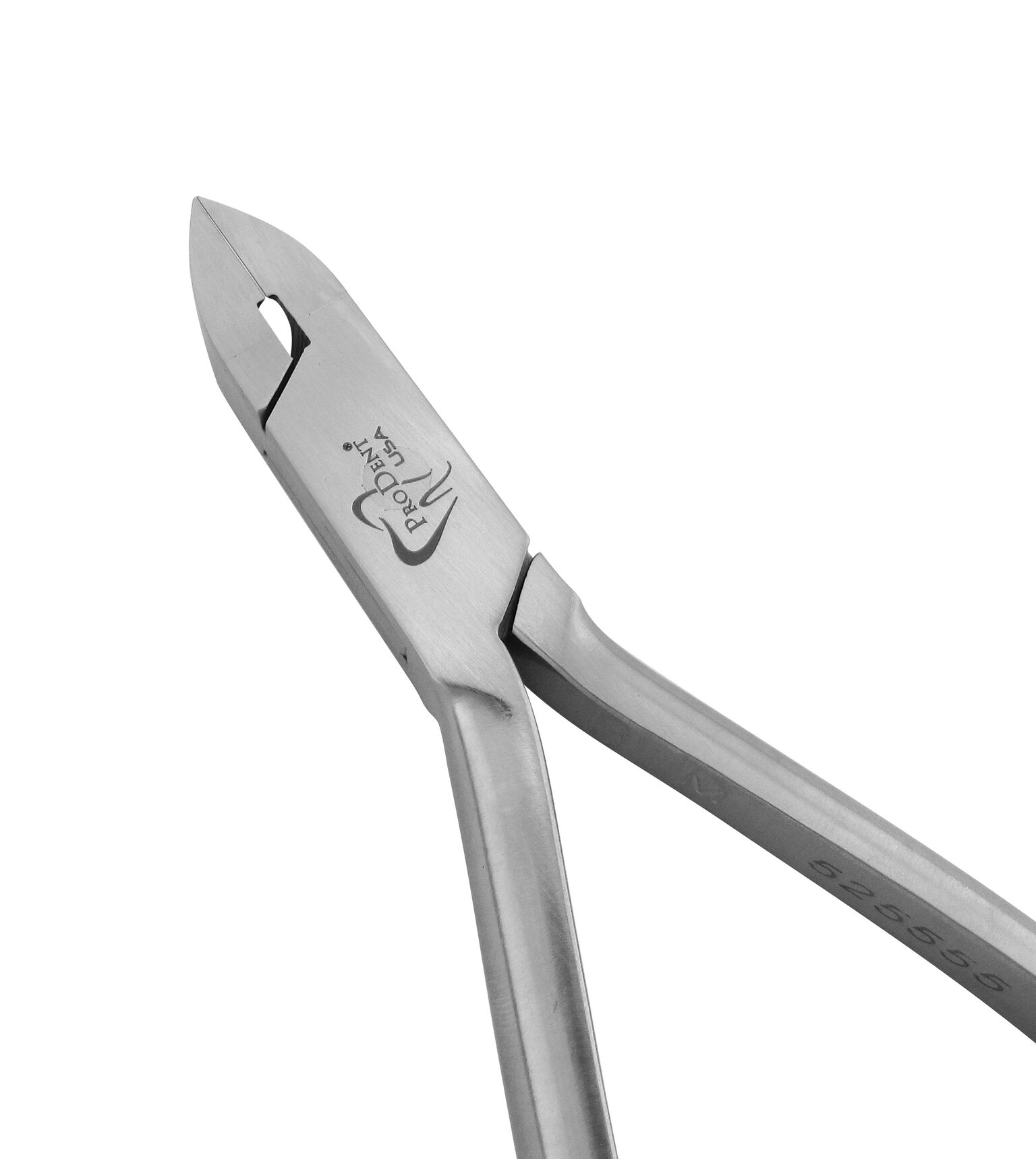 Cutters
Cutters Elastic Placing Mathieu Pliers
Elastic Placing Mathieu Pliers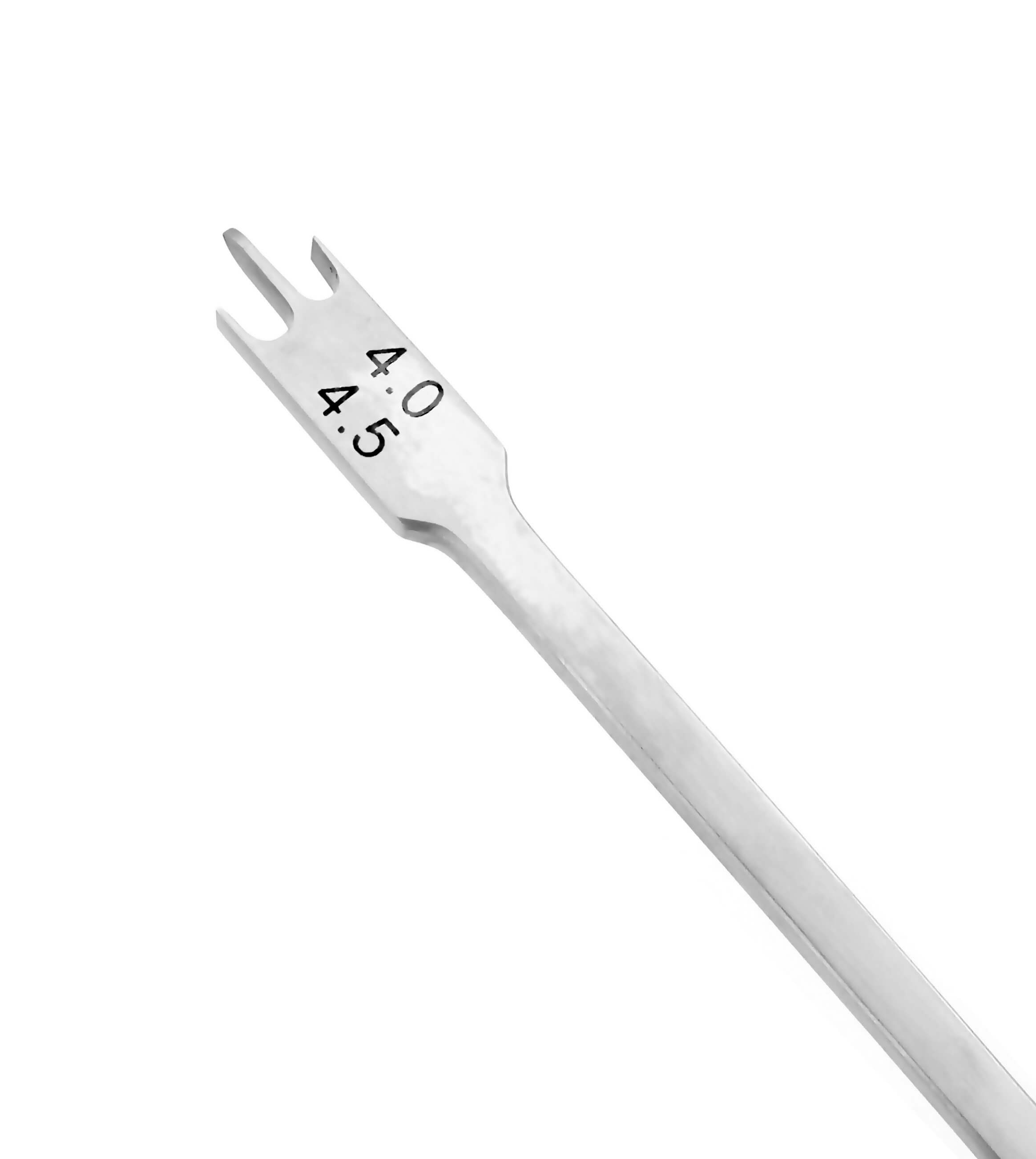 Gauges
Gauges Hand Instruments
Hand Instruments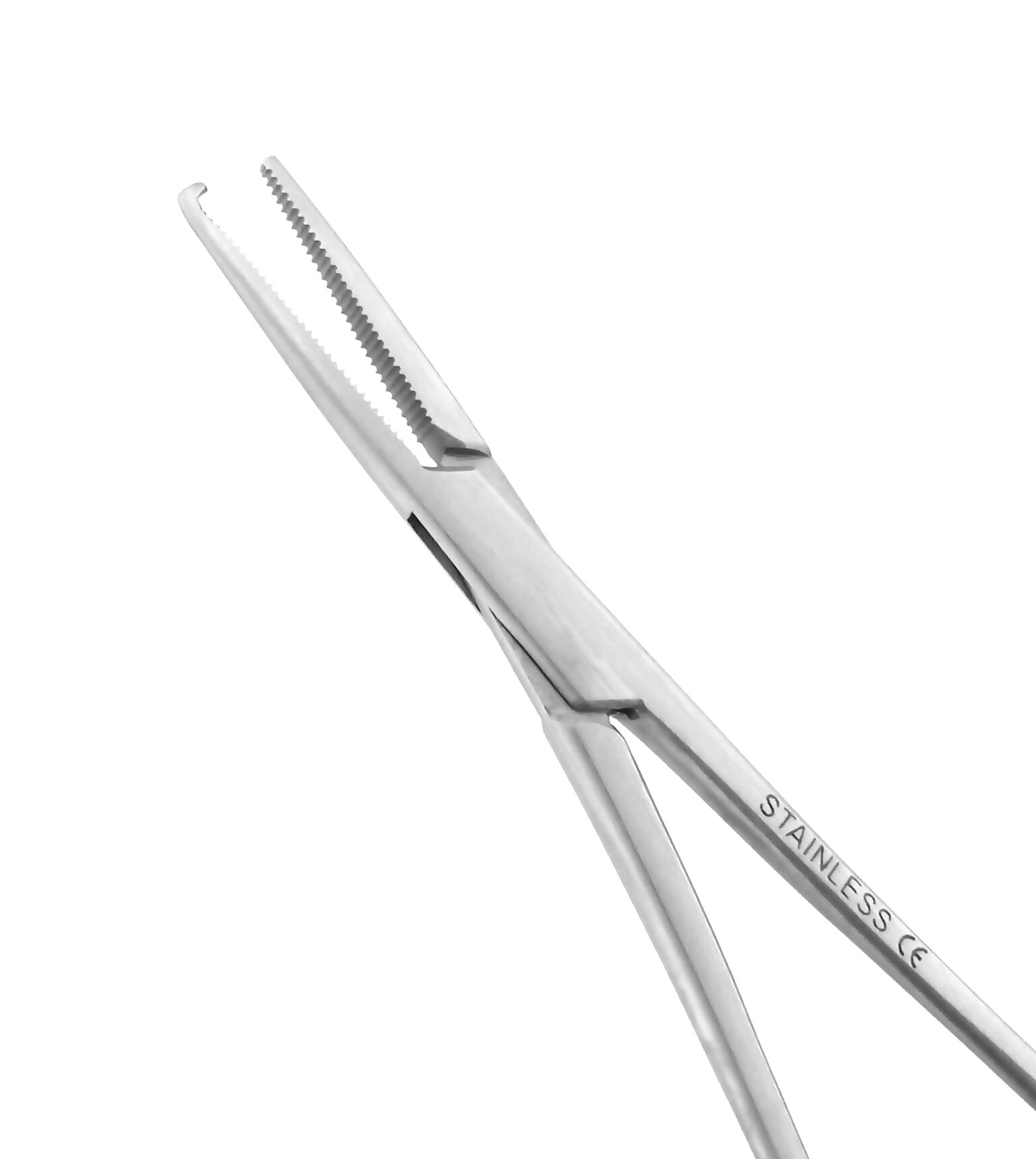 Mosquitoes
Mosquitoes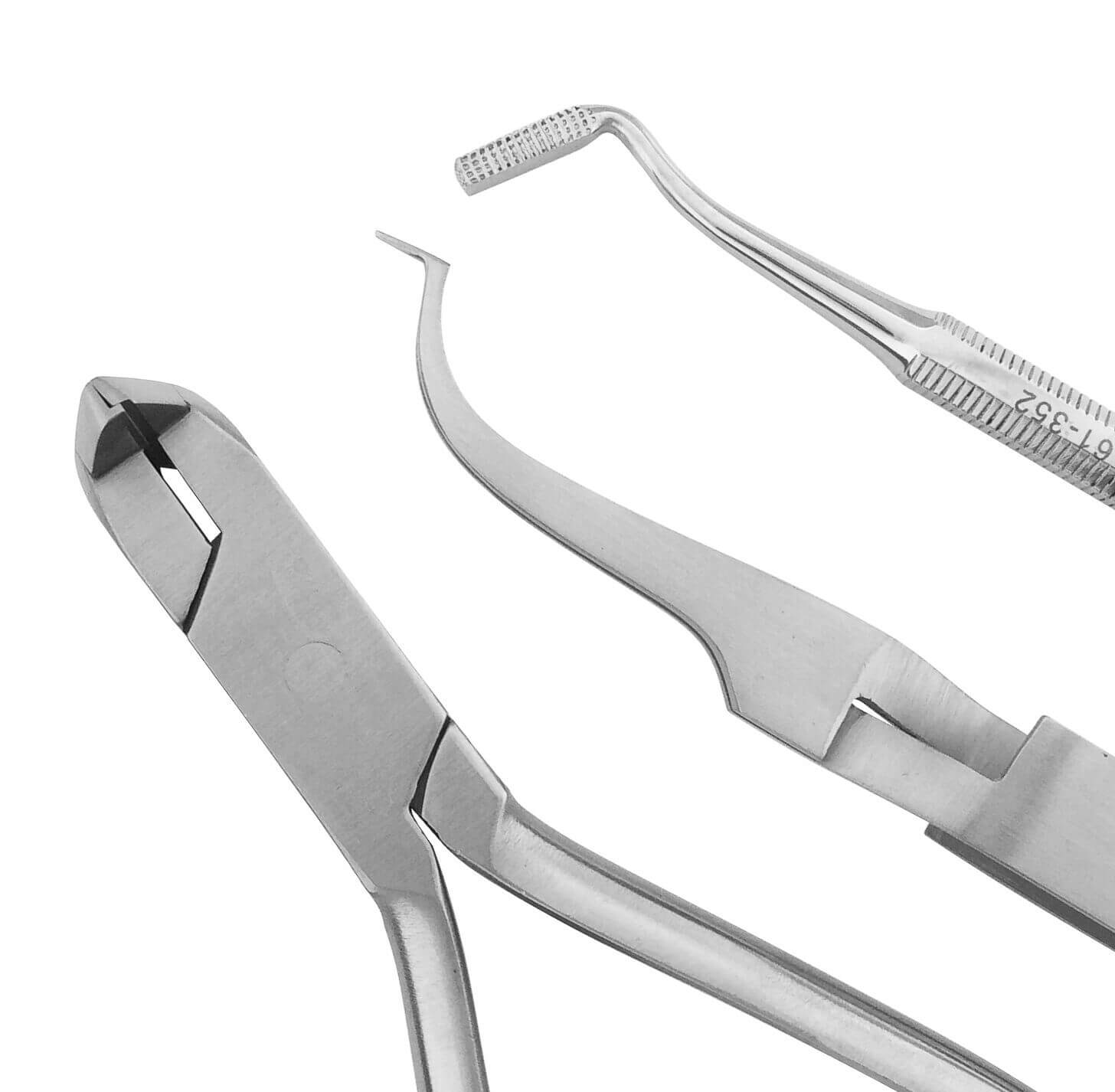 Orthodontic Sets
Orthodontic Sets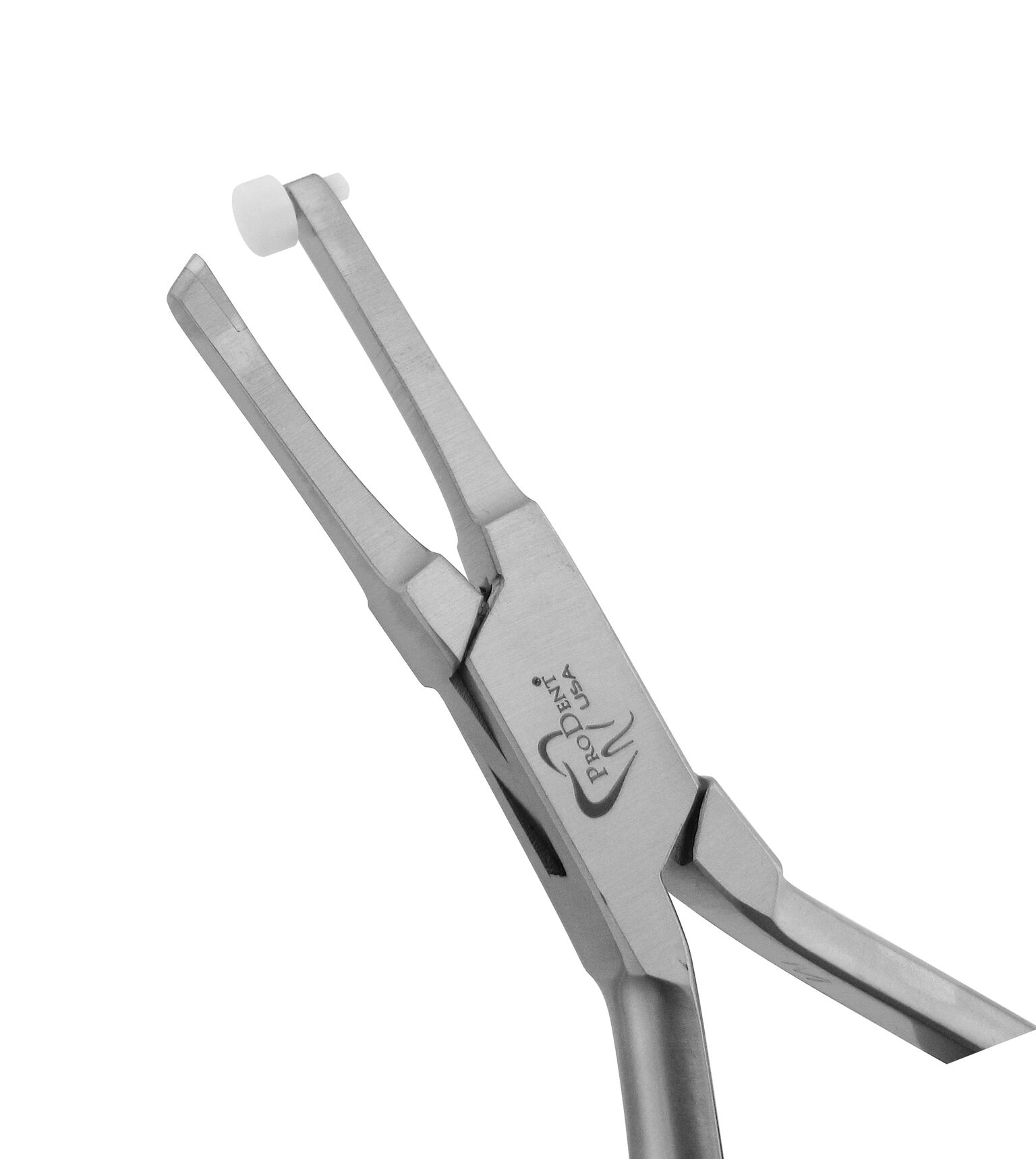 Pliers
Pliers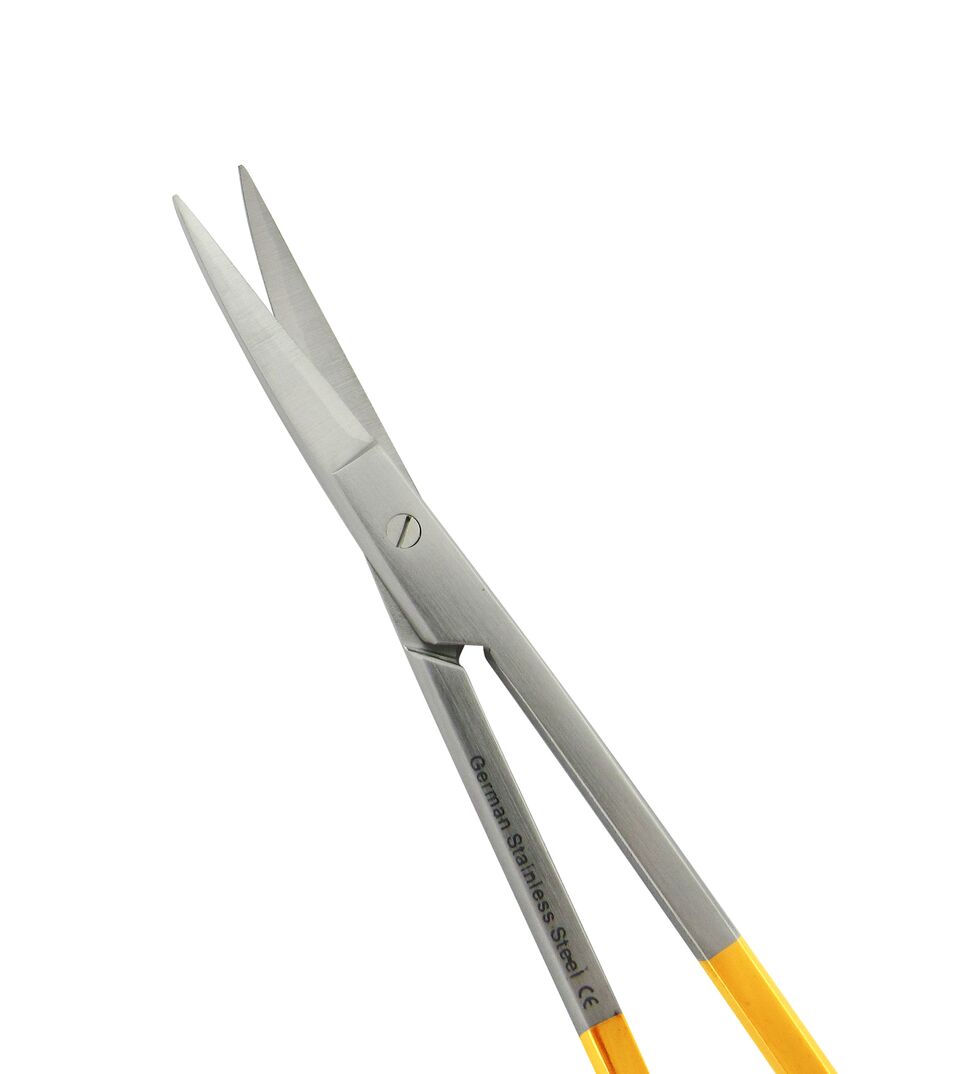 Scissors
Scissors Tweezers
Tweezers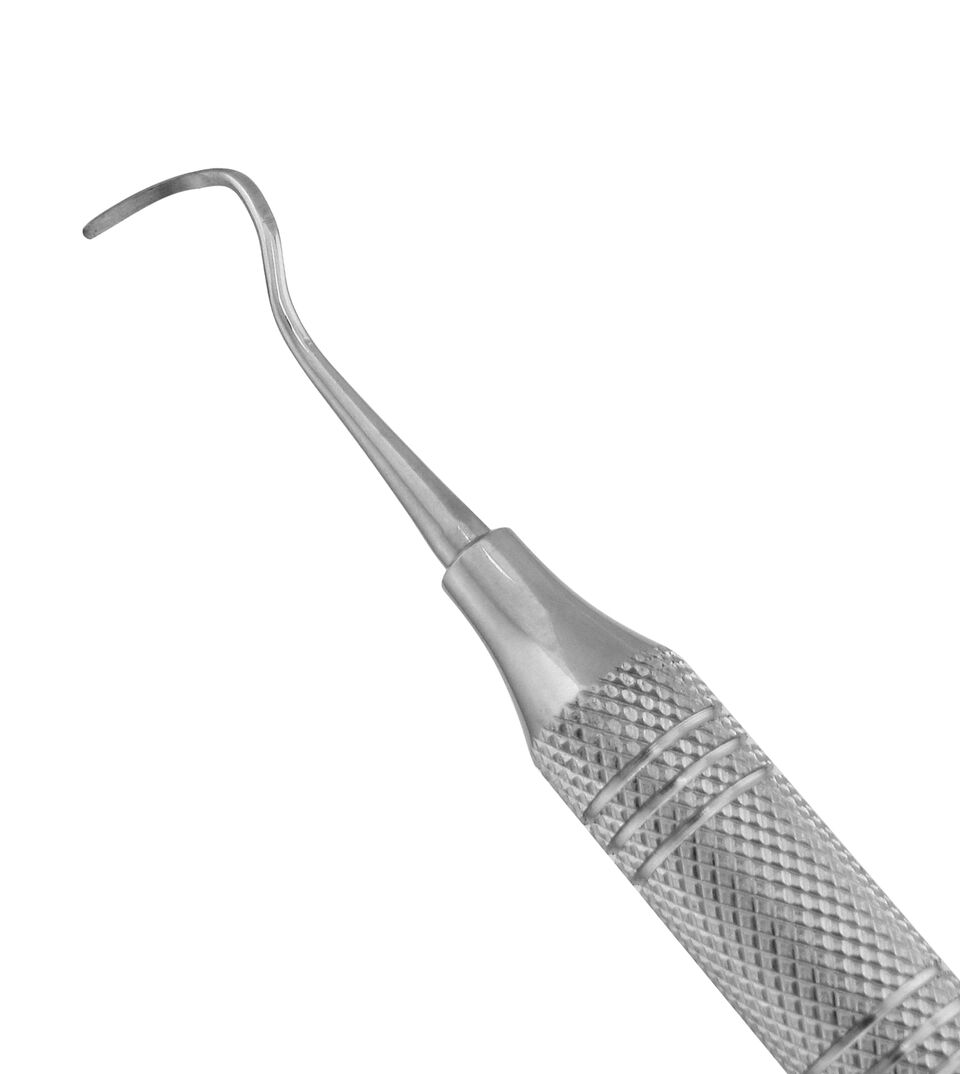 Curettes
Curettes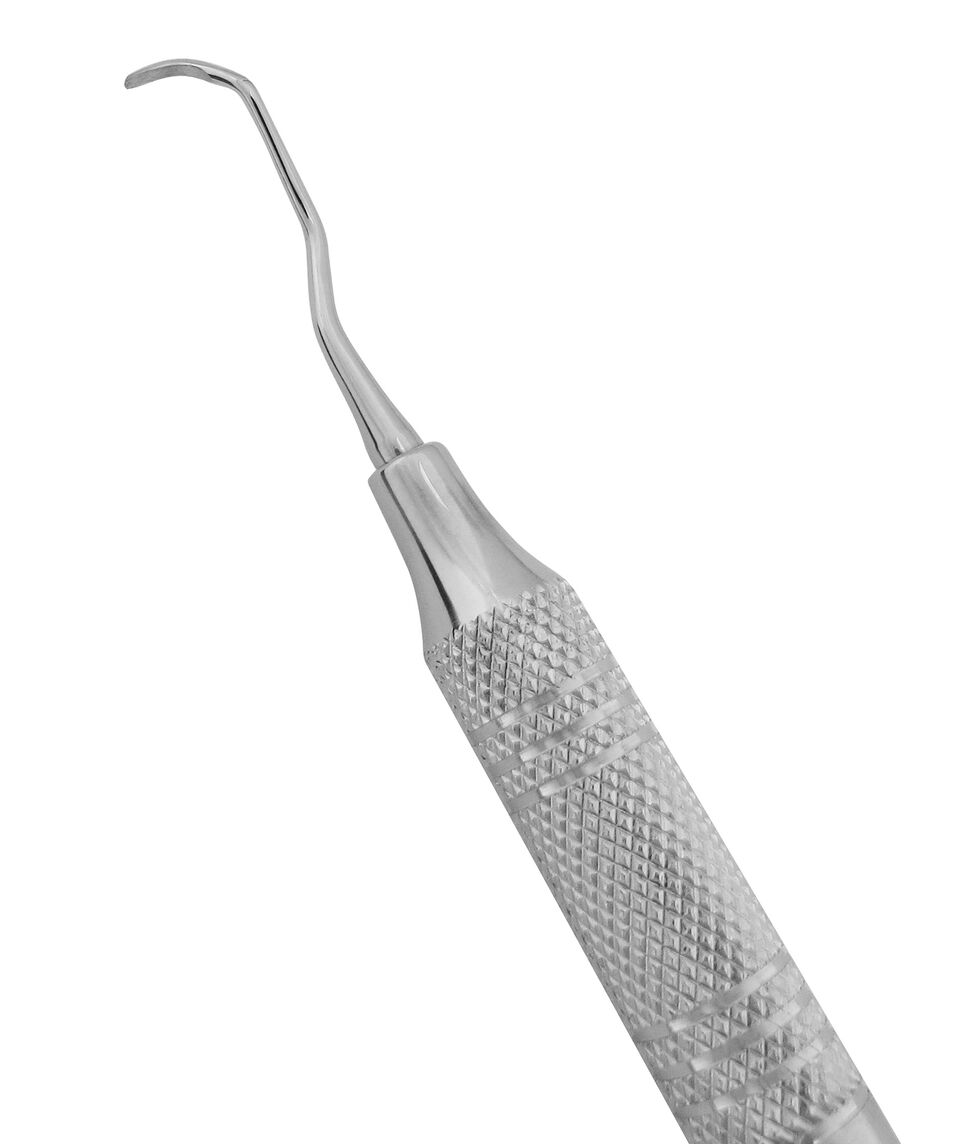 Gracey Curettes
Gracey Curettes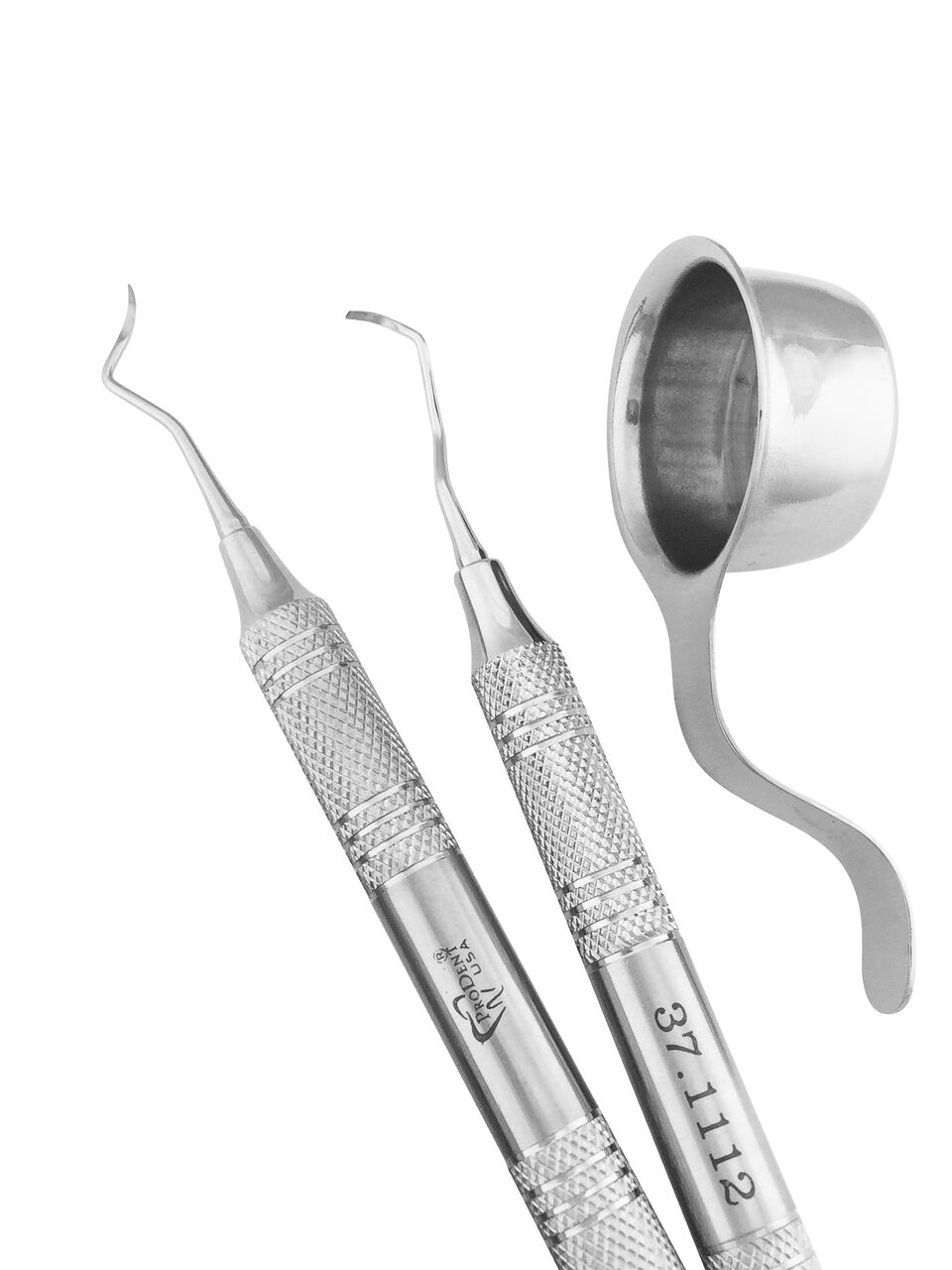 Periodontal Sets & Accessories
Periodontal Sets & Accessories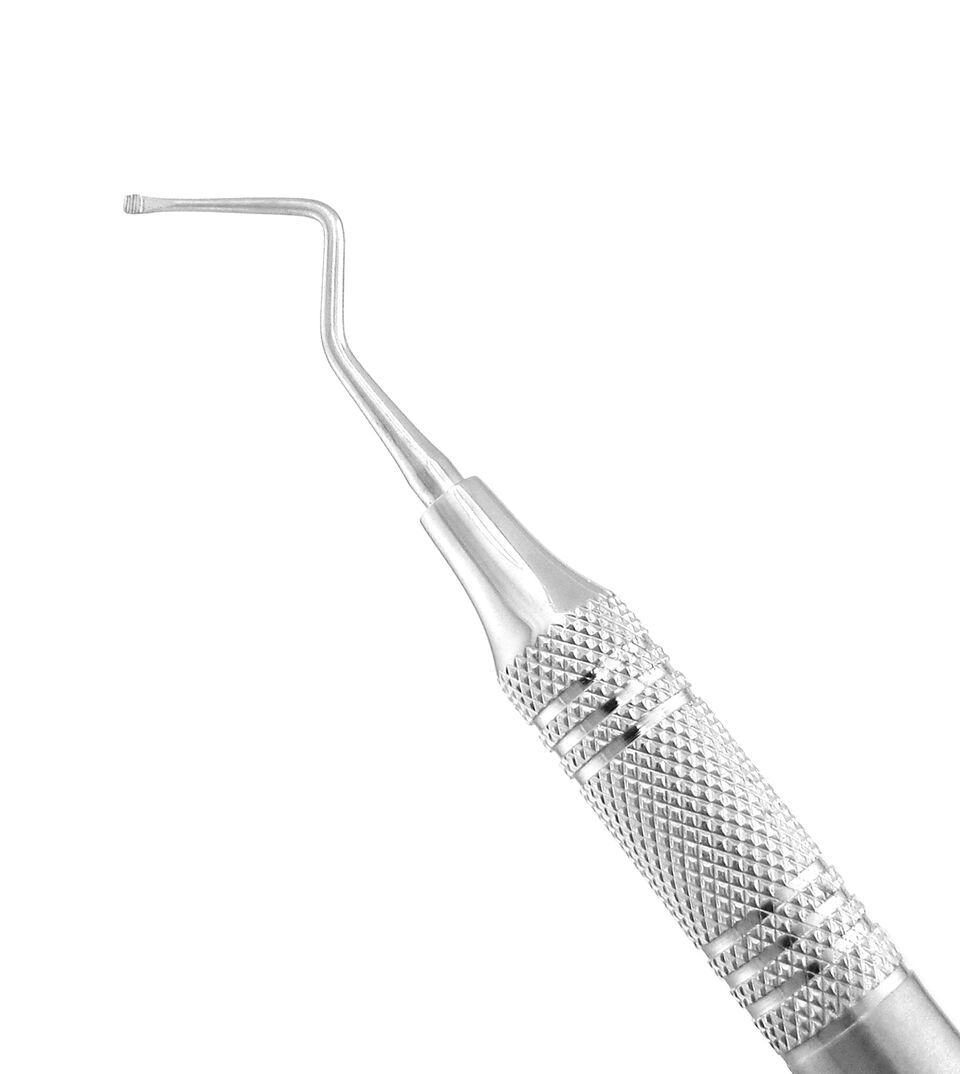 Periodontal Specialty Instruments
Periodontal Specialty Instruments Scalers
Scalers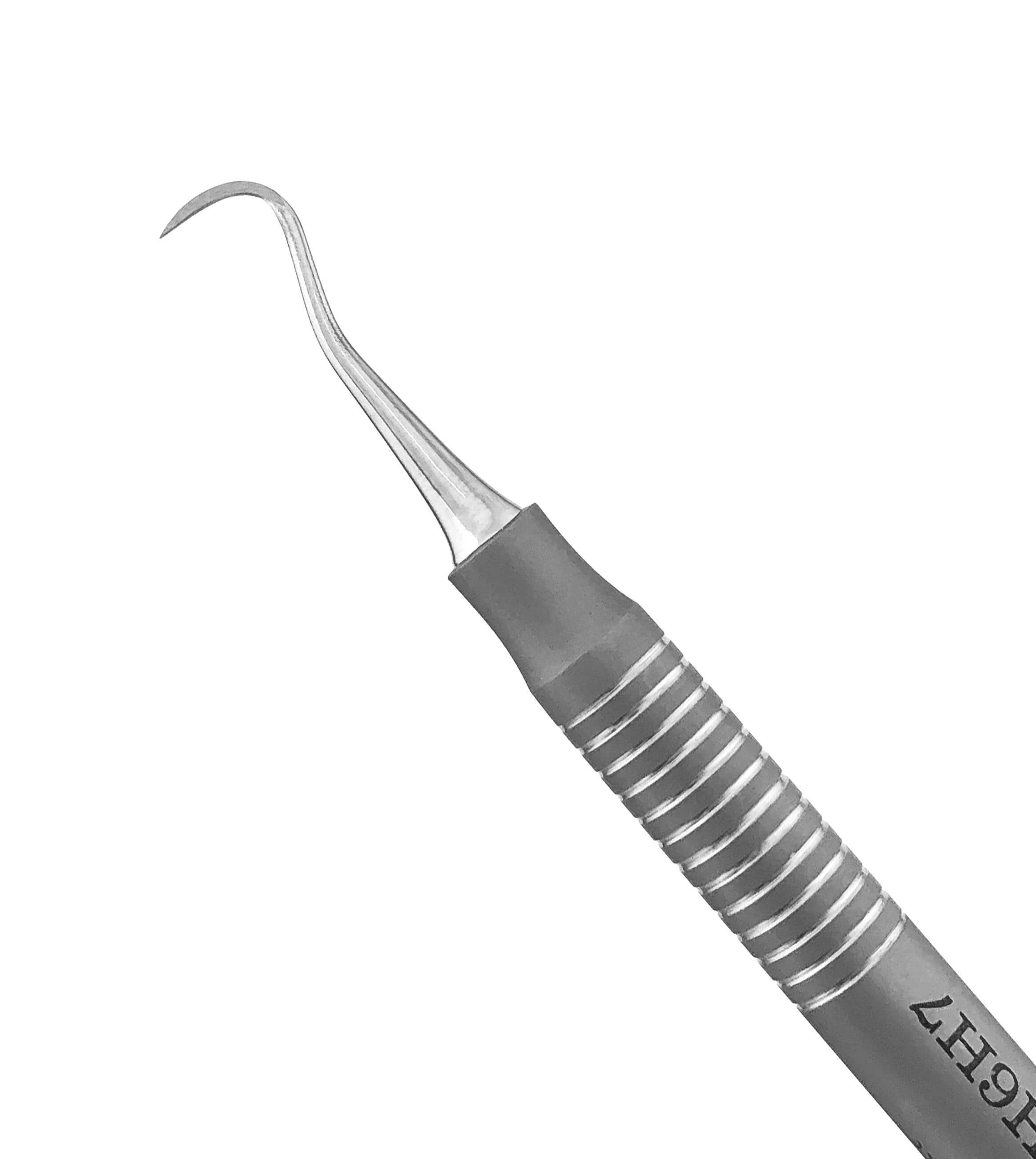 Siberian Stone™ Collection
Siberian Stone™ Collection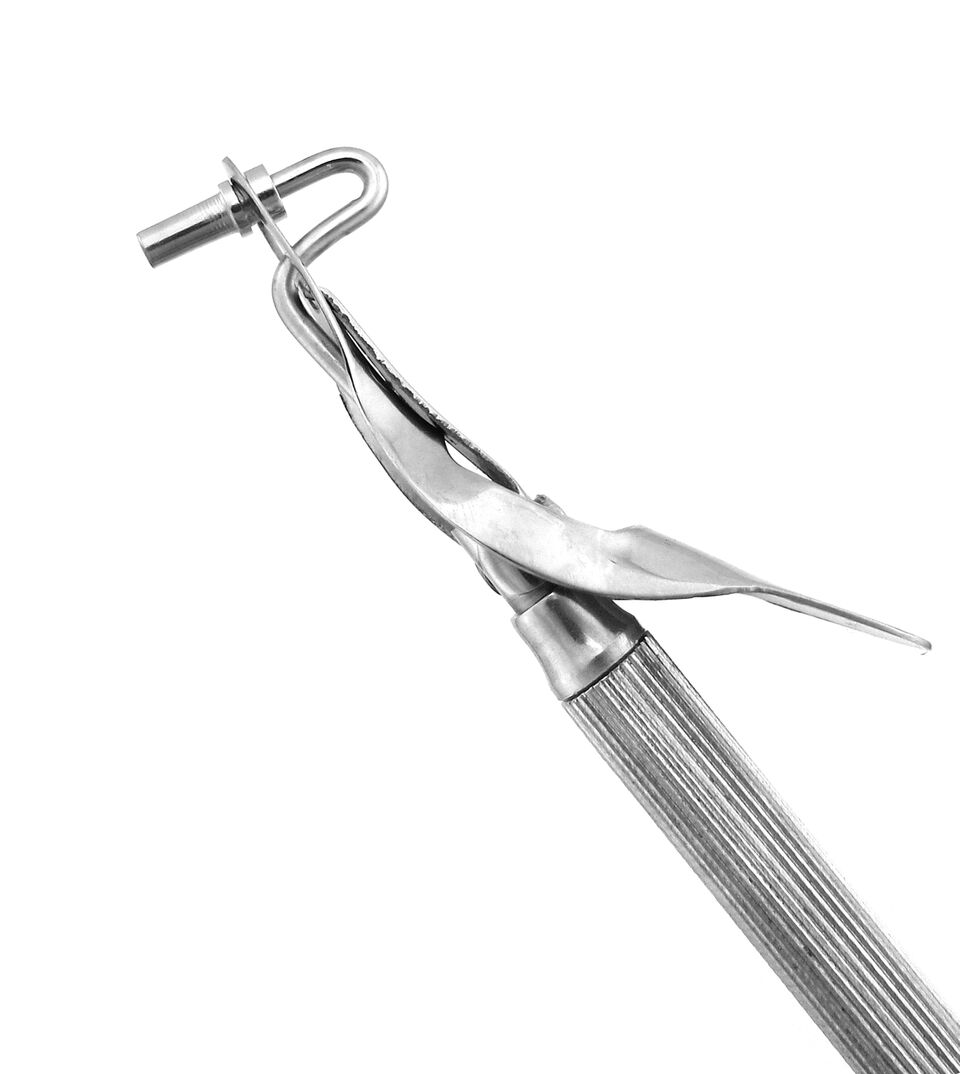 Amalgam Carriers & Well
Amalgam Carriers & Well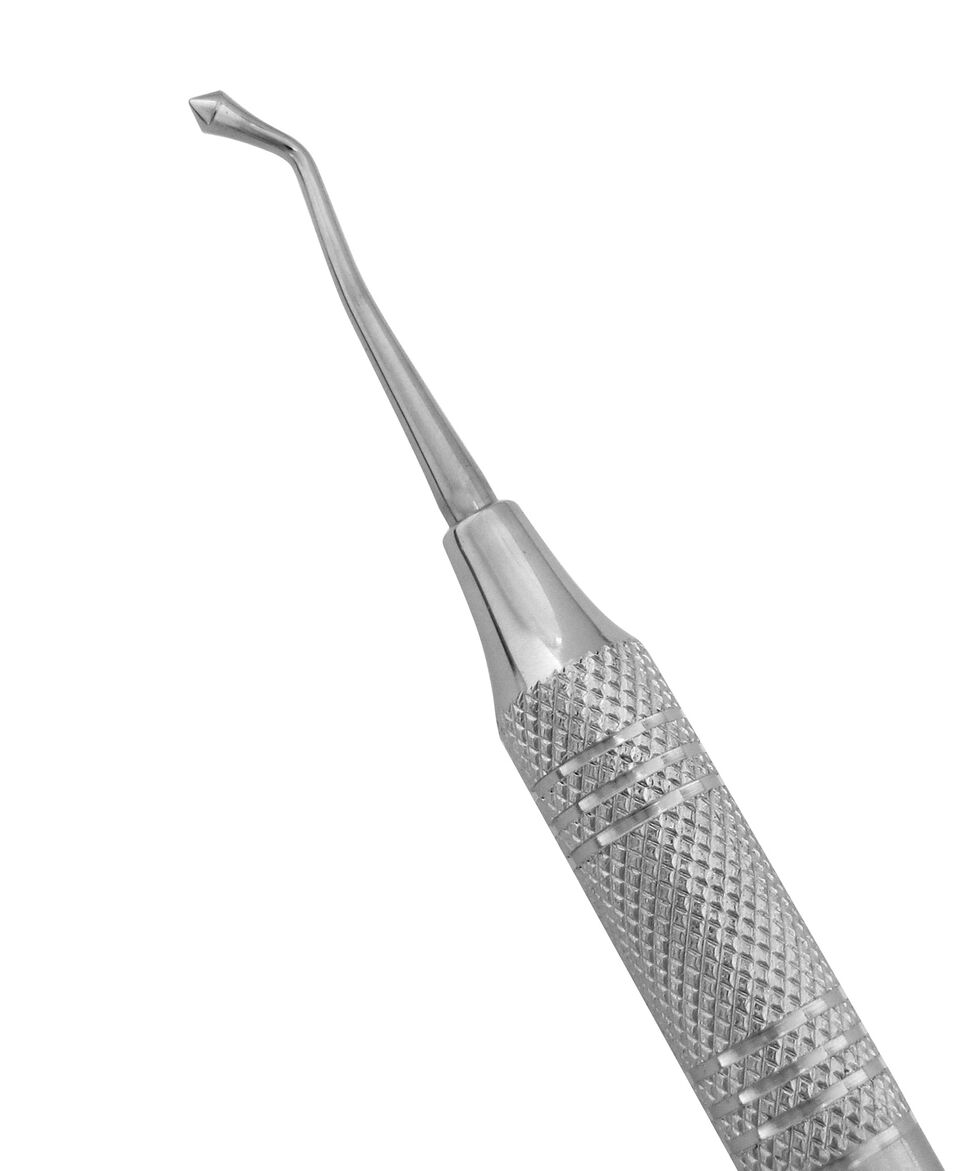 Burnishers
Burnishers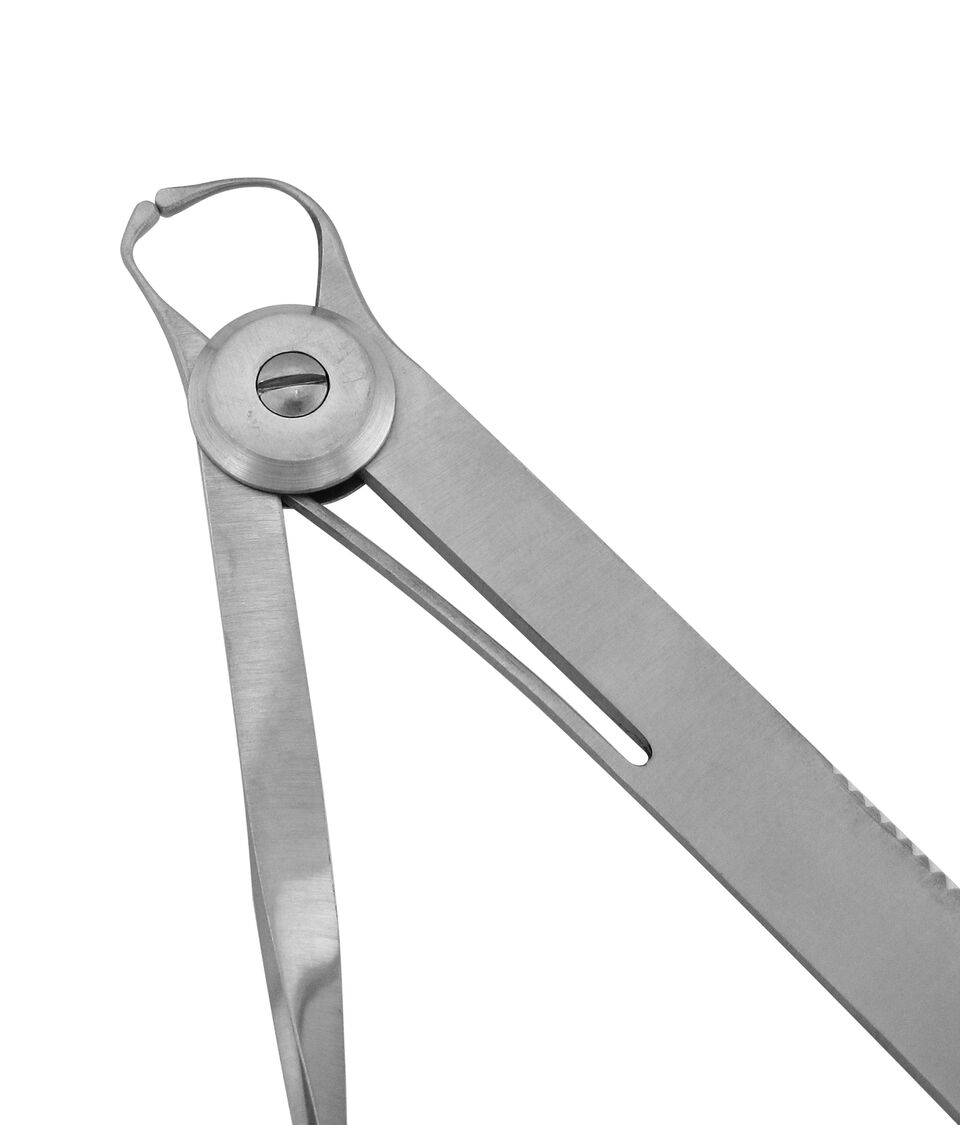 Calipers
Calipers Carvers
Carvers Cement Spatulas
Cement Spatulas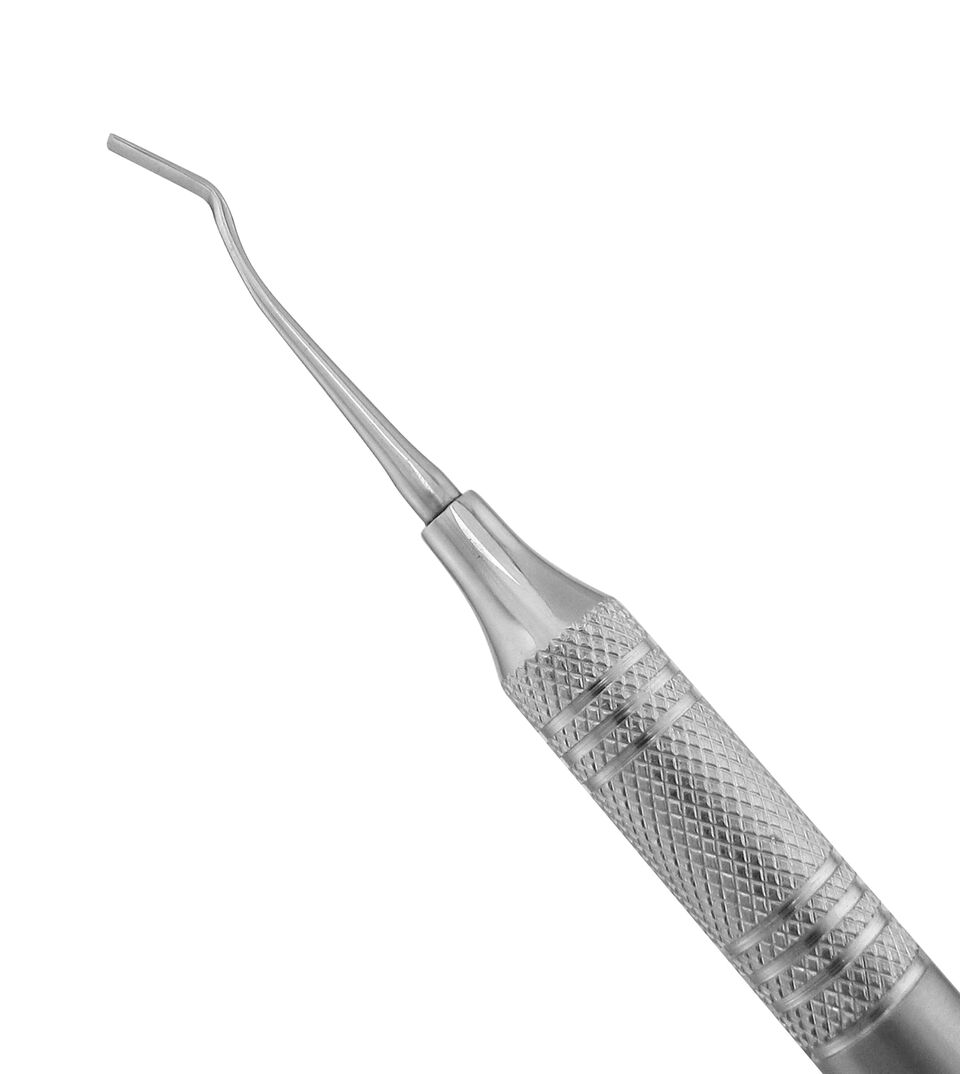 Chisels
Chisels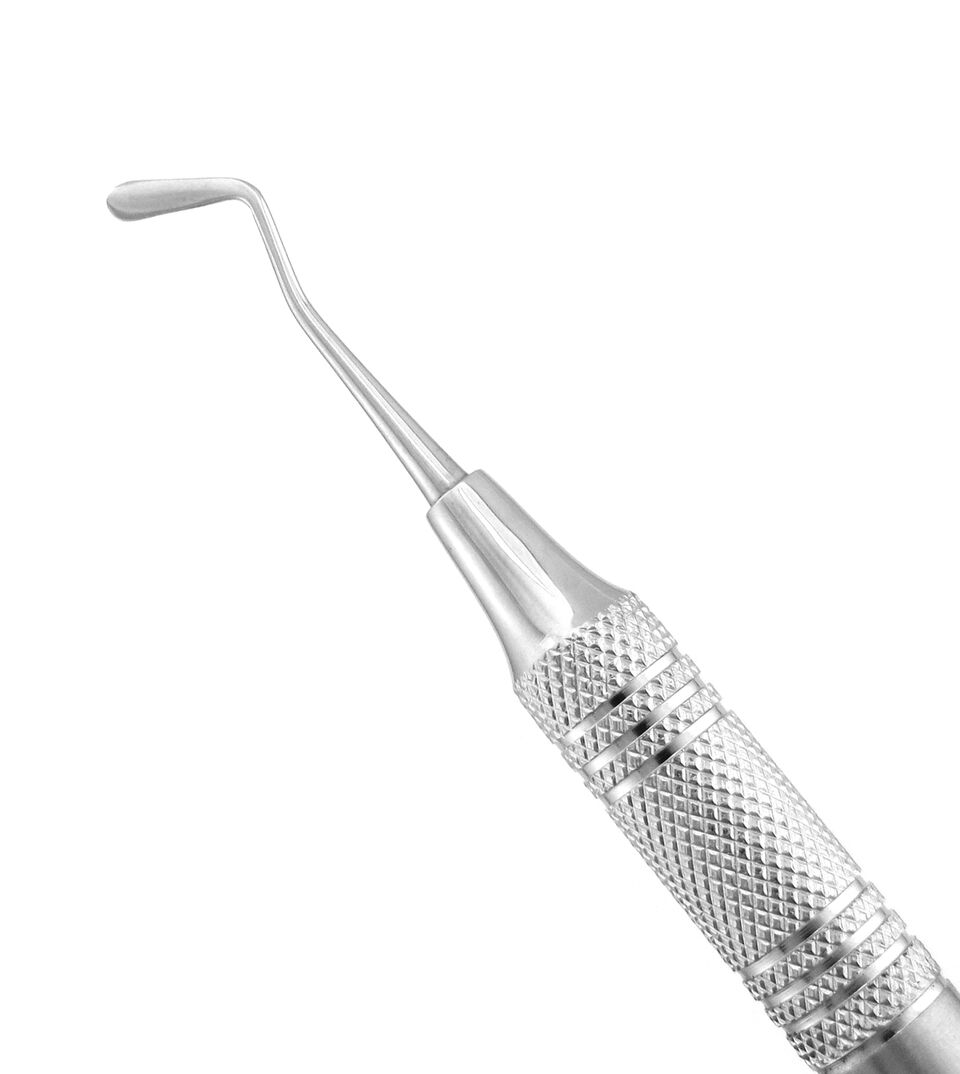 Composite & Plastic Filling Instruments
Composite & Plastic Filling Instruments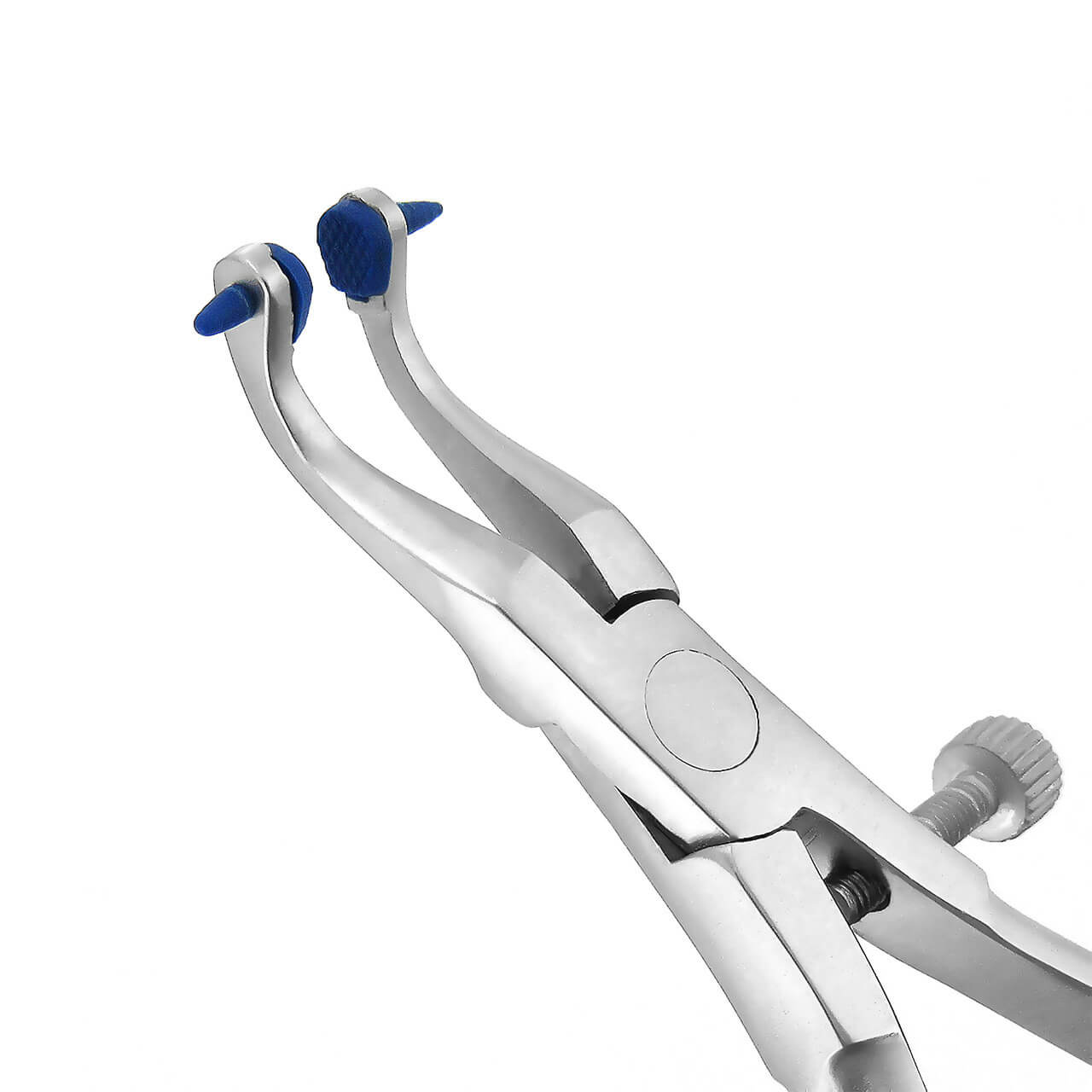 Crown Removers & Spreaders
Crown Removers & Spreaders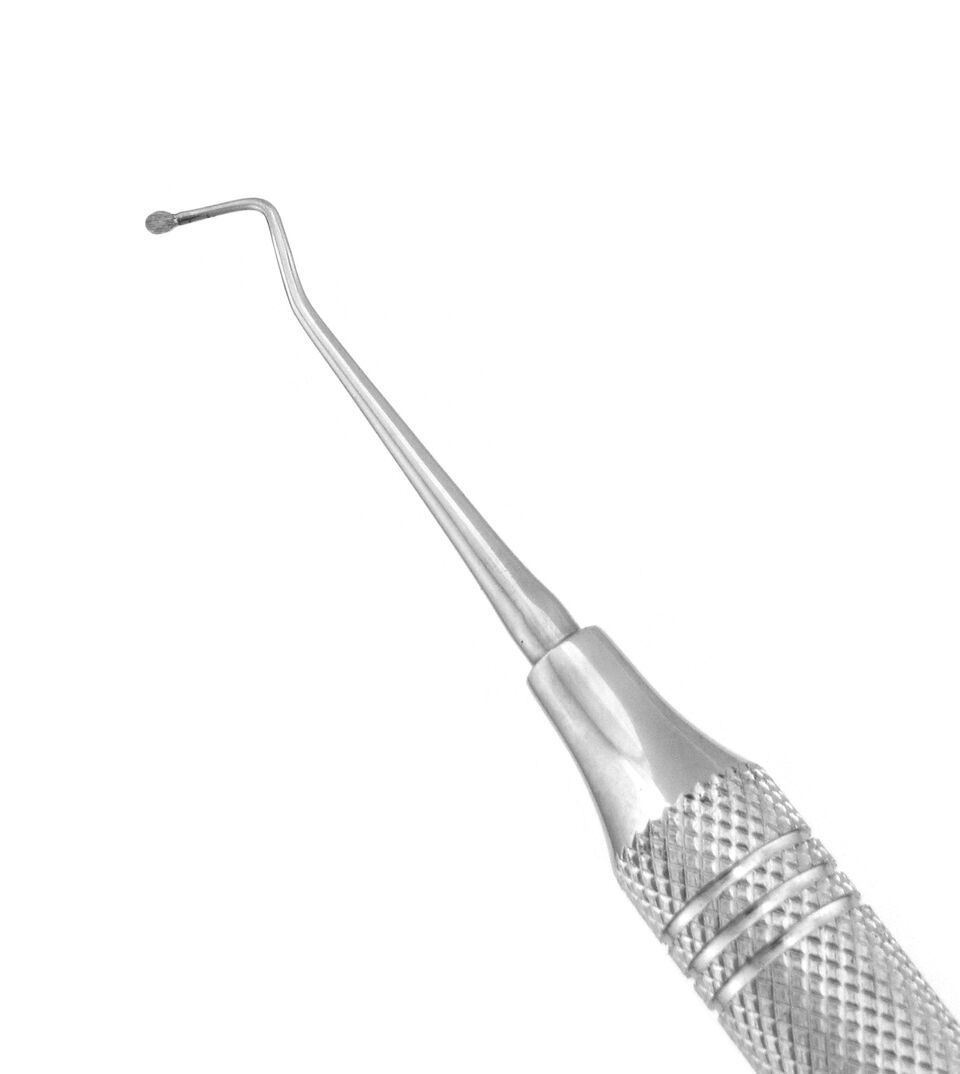 Excavators
Excavators Forceps & Tweezers
Forceps & Tweezers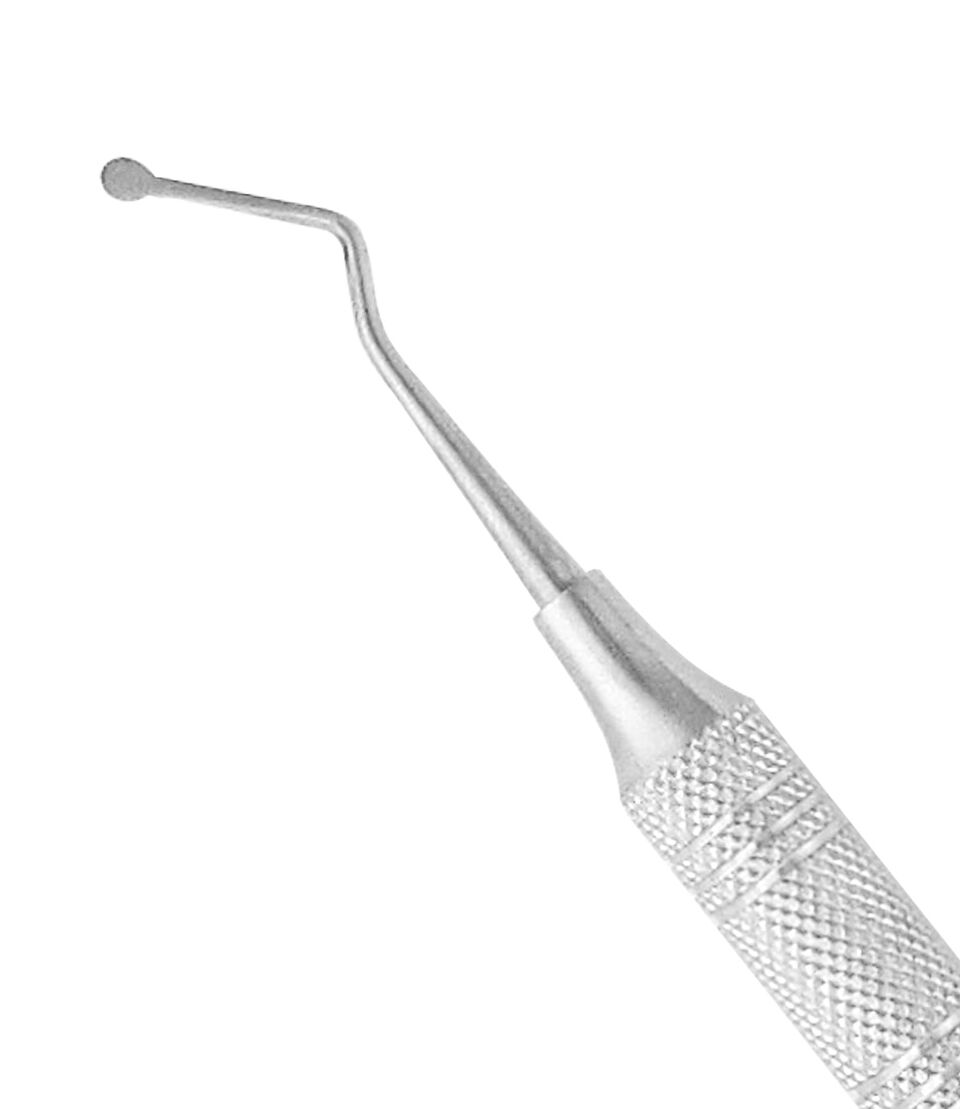 Gingival Cord Packers
Gingival Cord Packers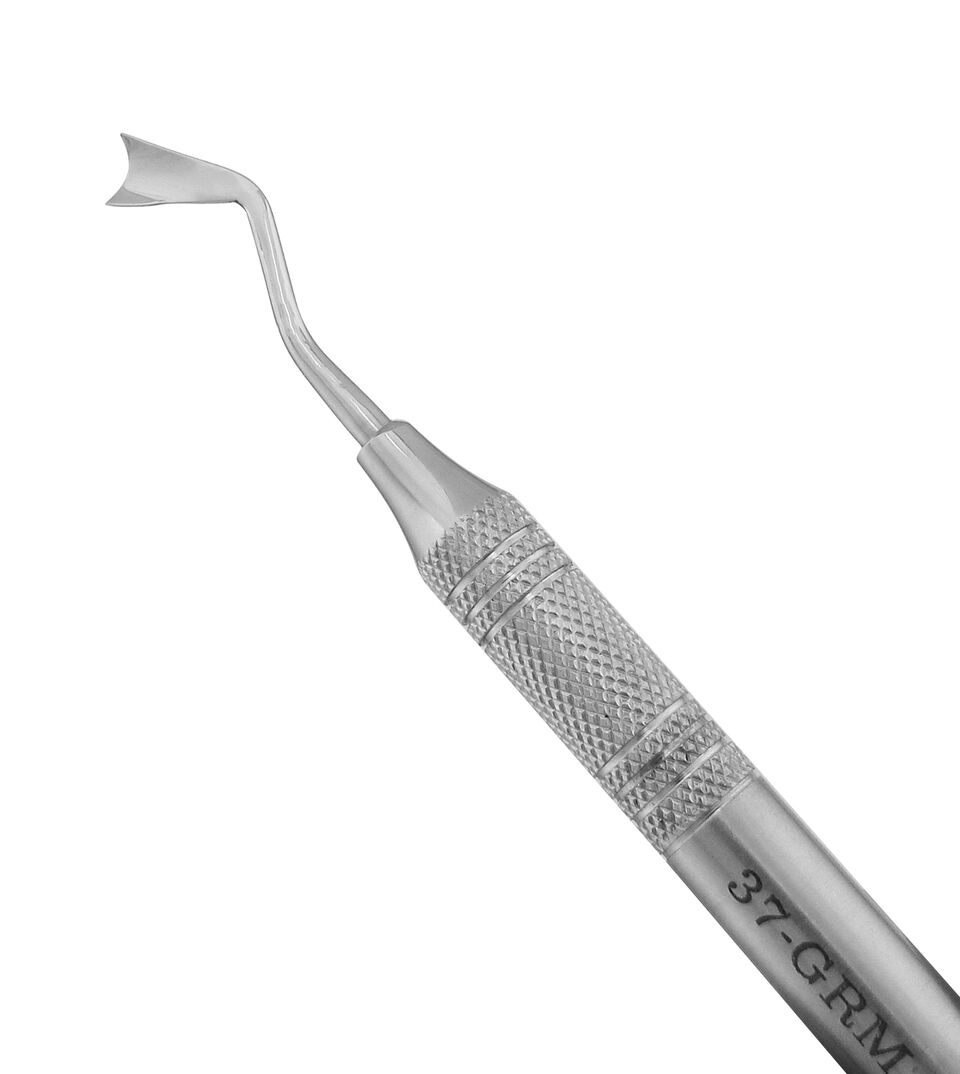 Gingival Retractors
Gingival Retractors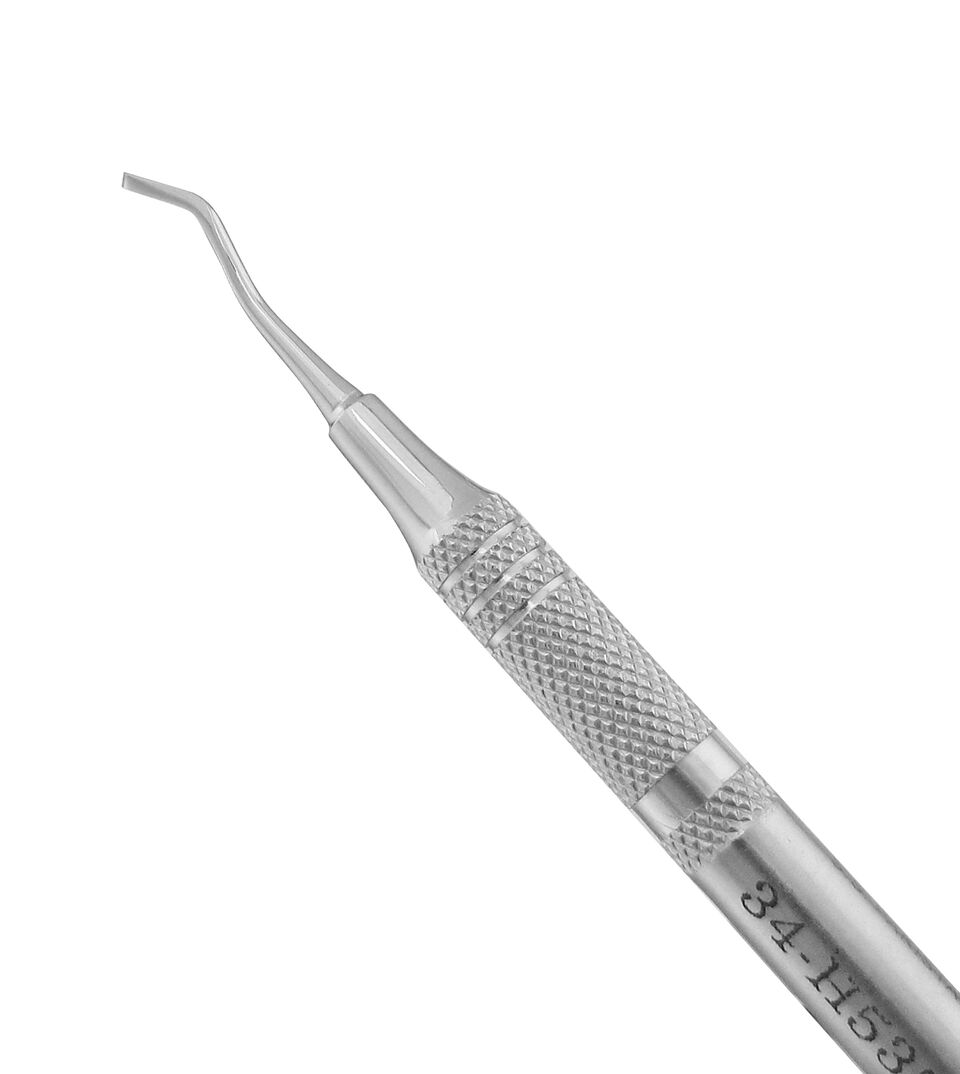 Hatchets
Hatchets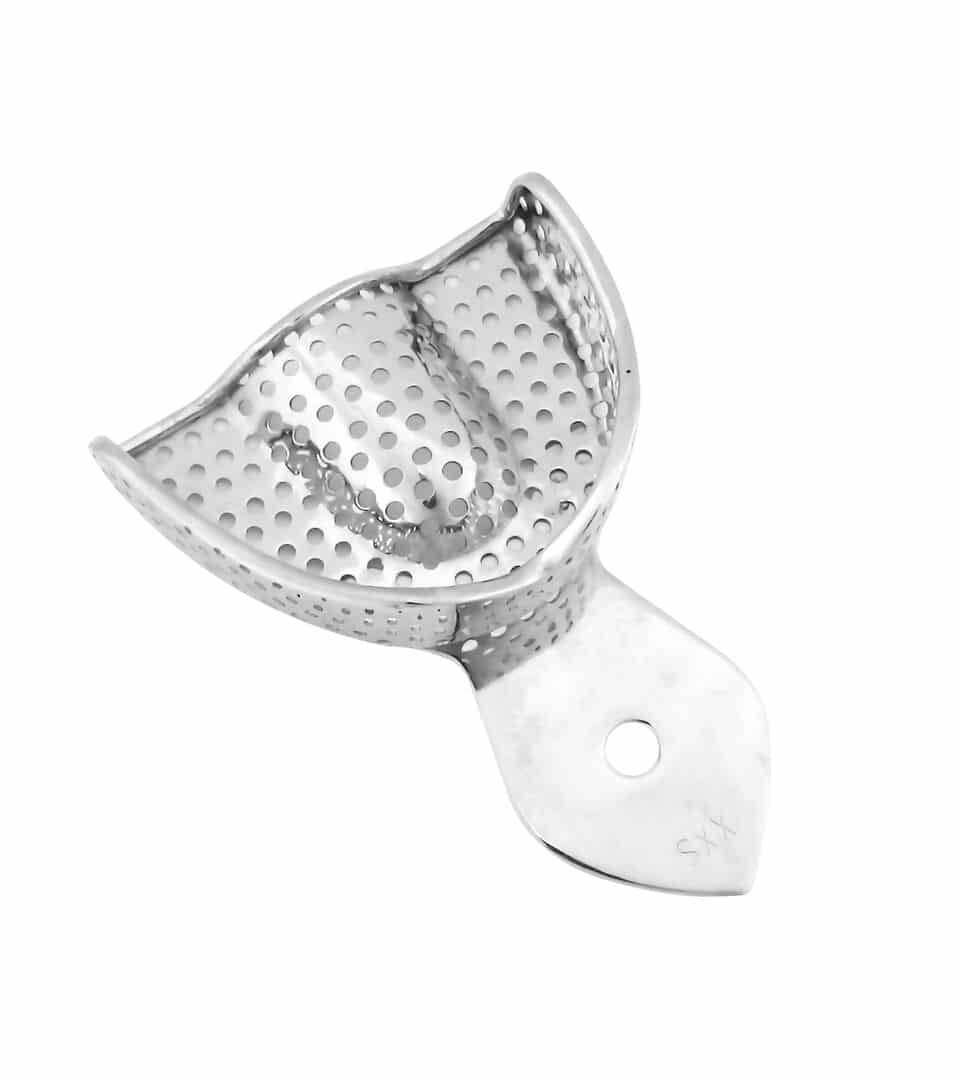 Impression Tray Sets
Impression Tray Sets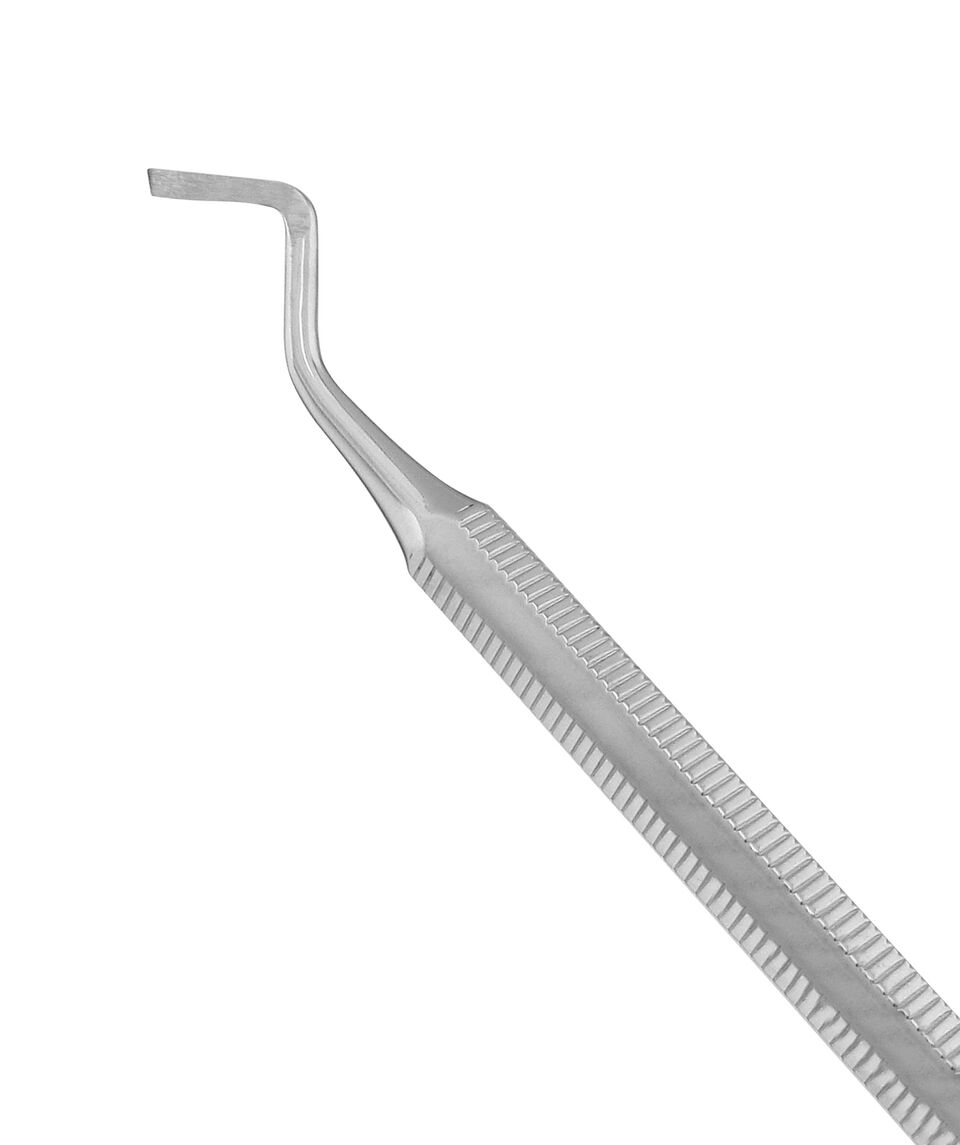 Margin Trimmers
Margin Trimmers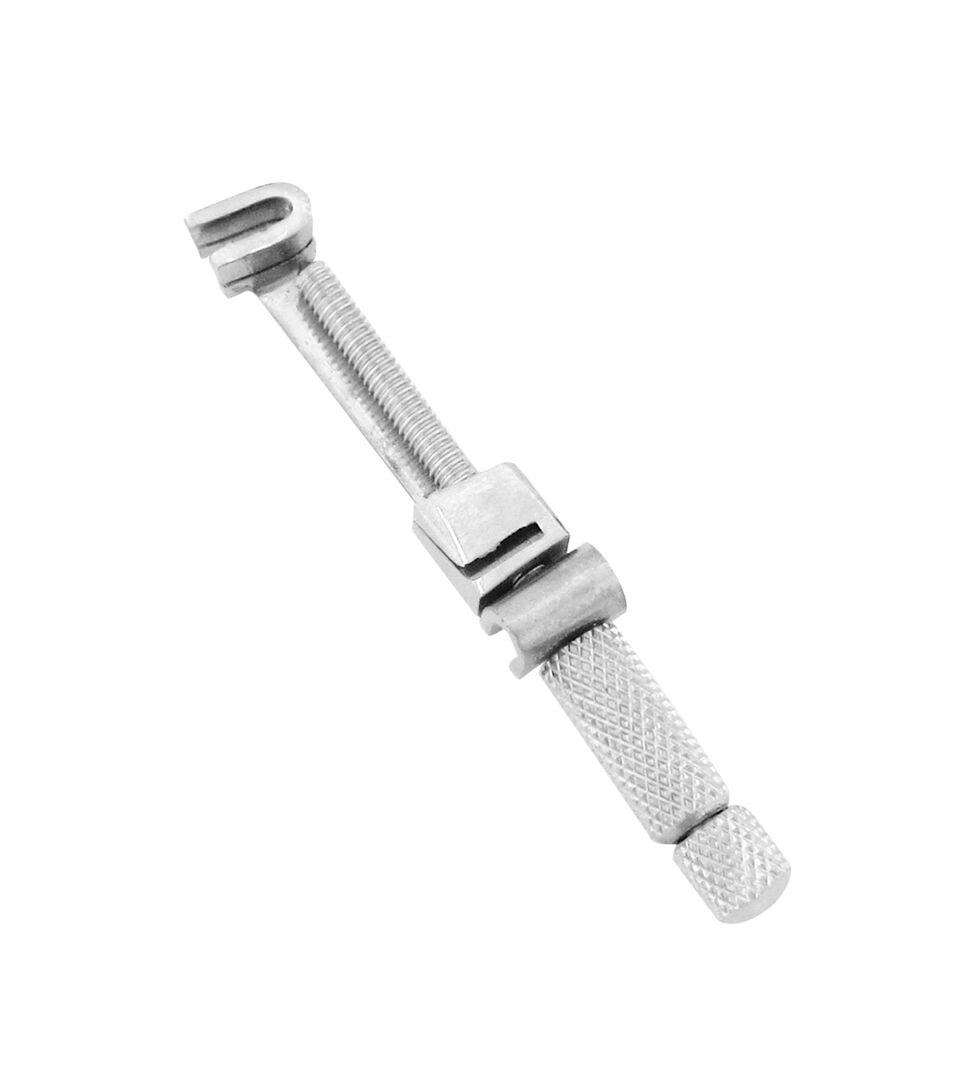 Matrix Retainers
Matrix Retainers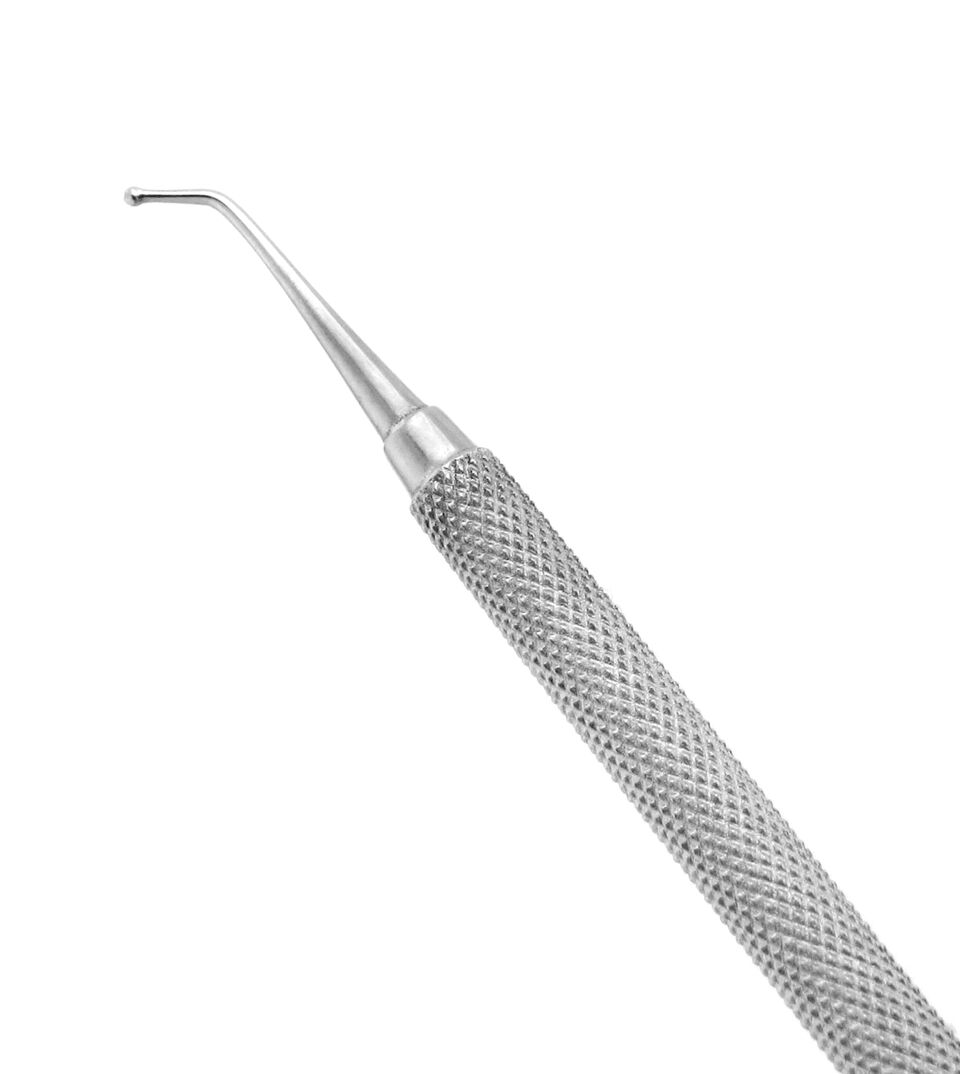 Placement Instruments
Placement Instruments Plaster Knives & Nippers
Plaster Knives & Nippers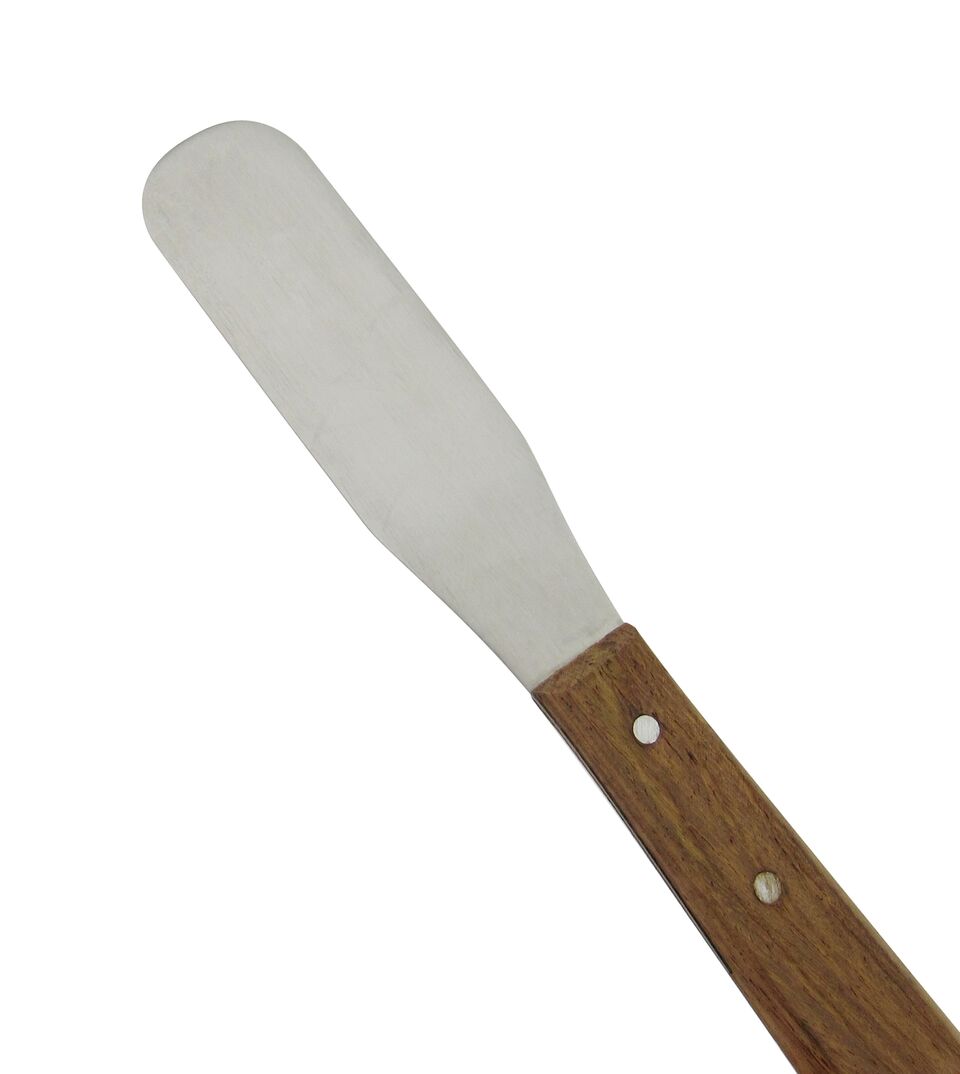 Plaster Spatulas
Plaster Spatulas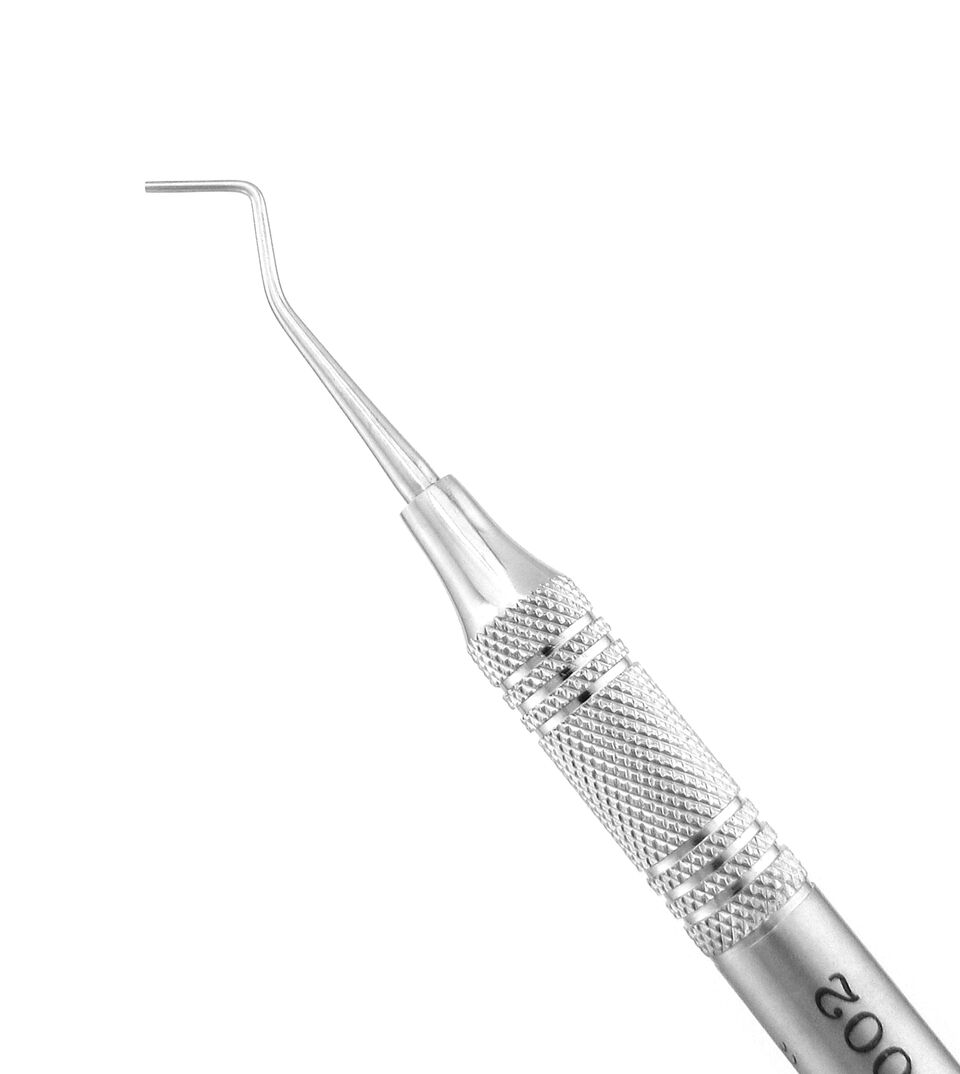 Pluggers/Condensers
Pluggers/Condensers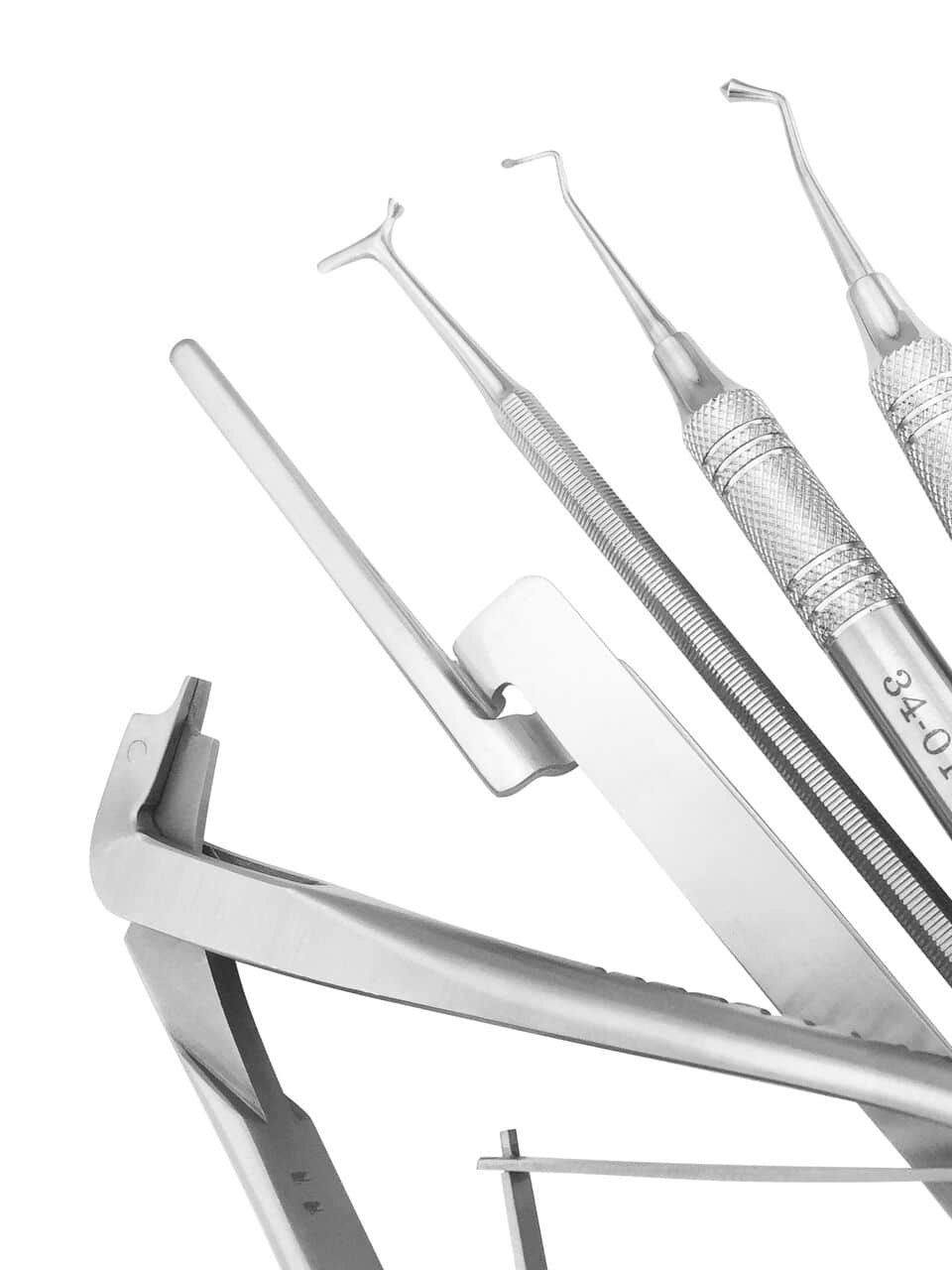 Restorative Sets
Restorative Sets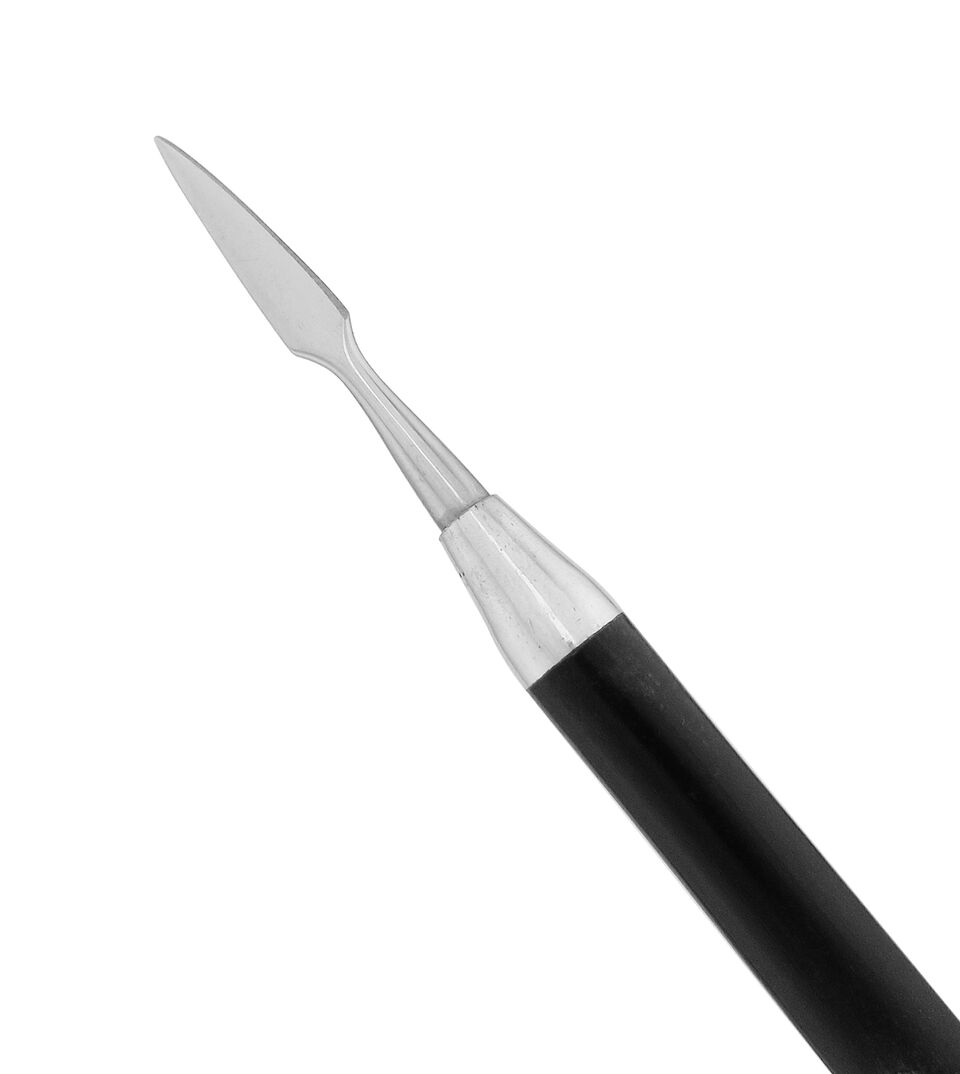 Wax & Porcelain Carvers
Wax & Porcelain Carvers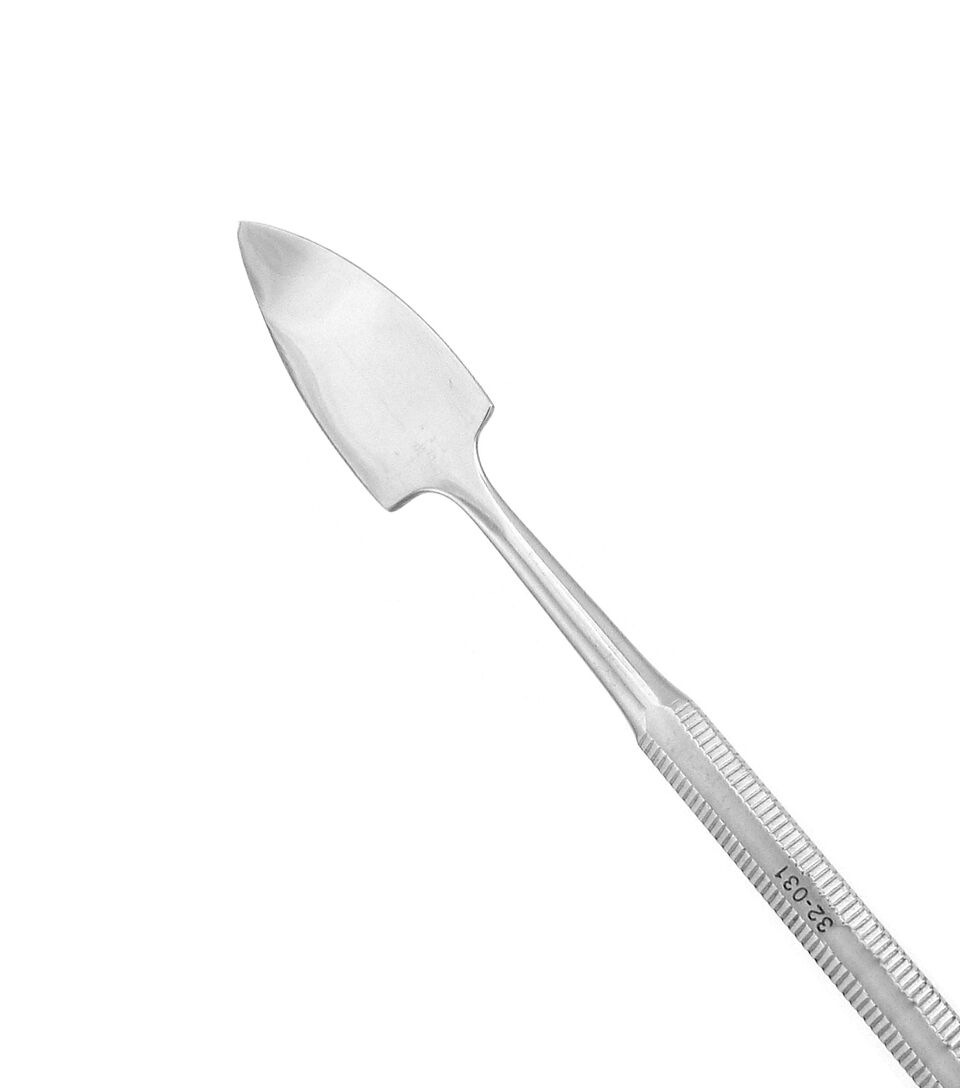 Wax Spatulas
Wax Spatulas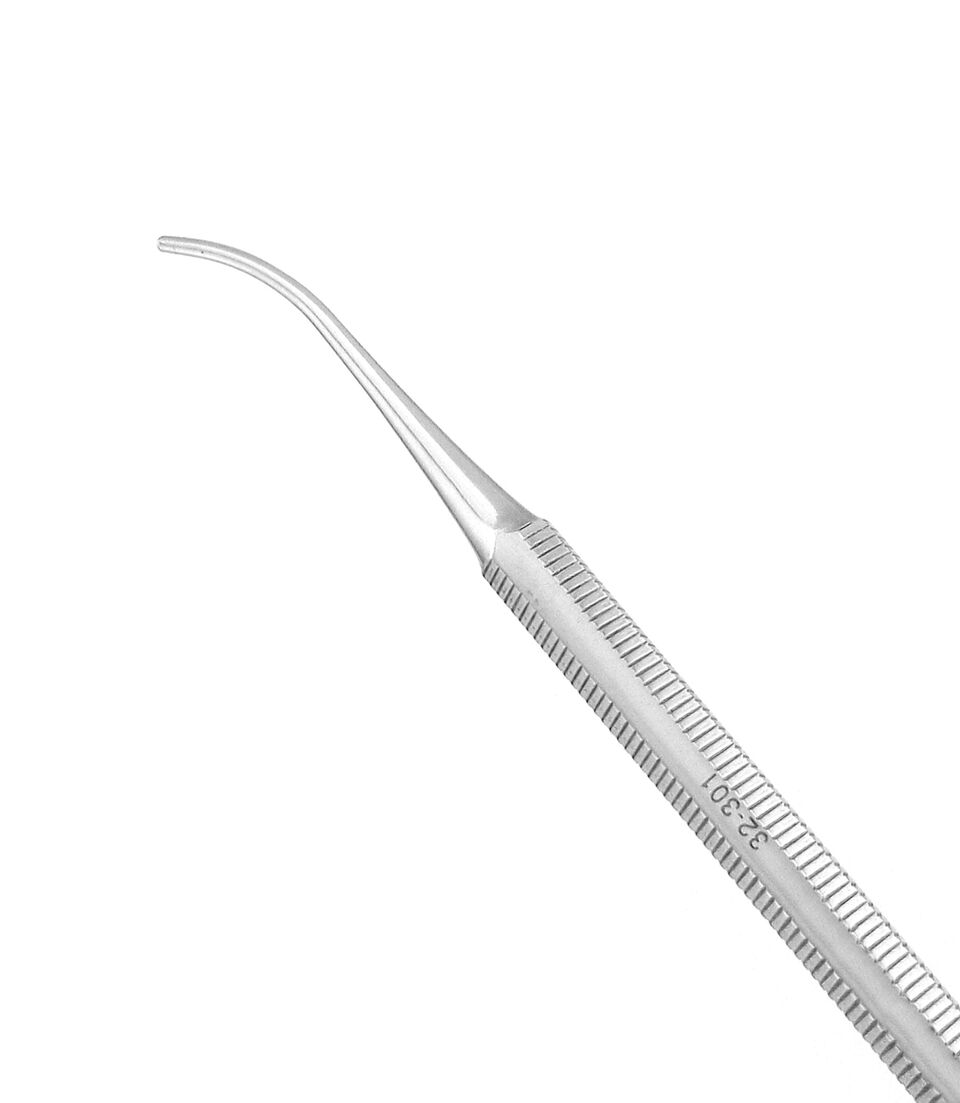 Waxing Instruments
Waxing Instruments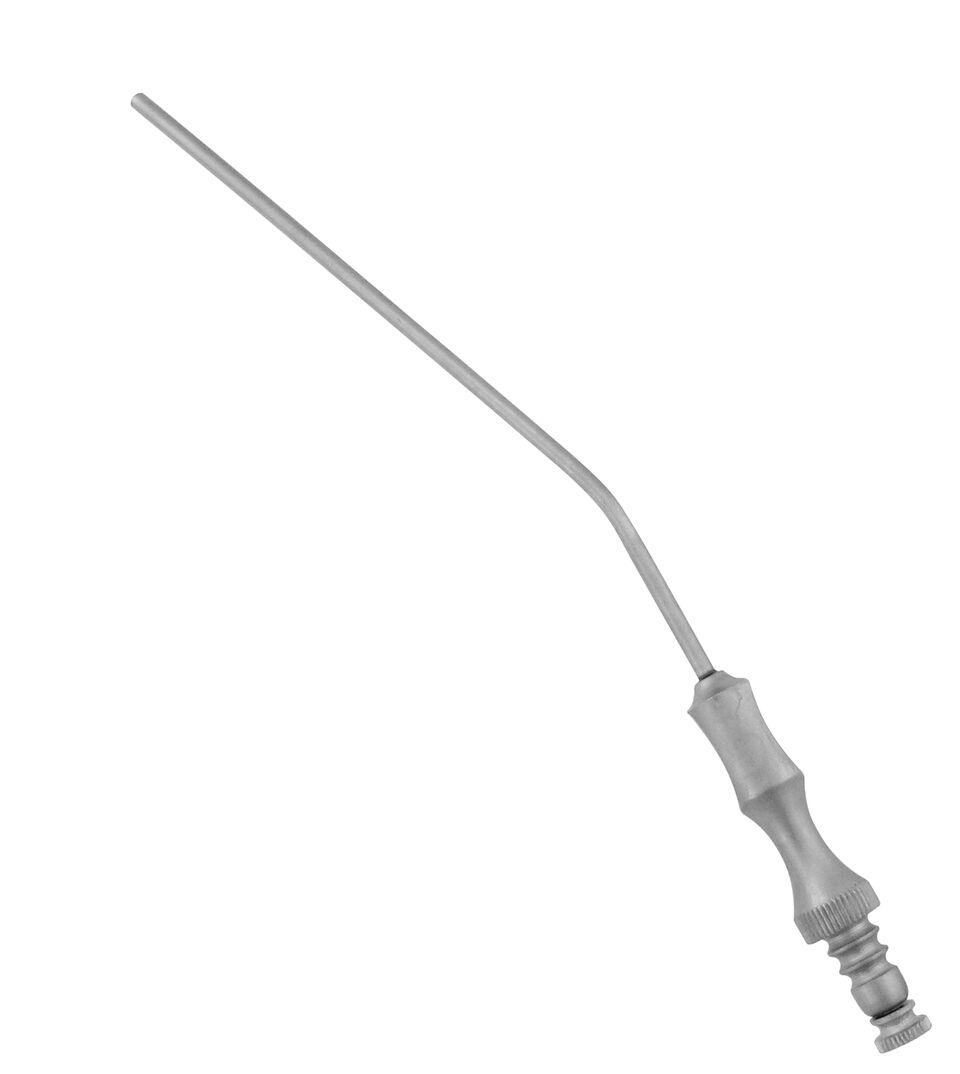 Aspirators
Aspirators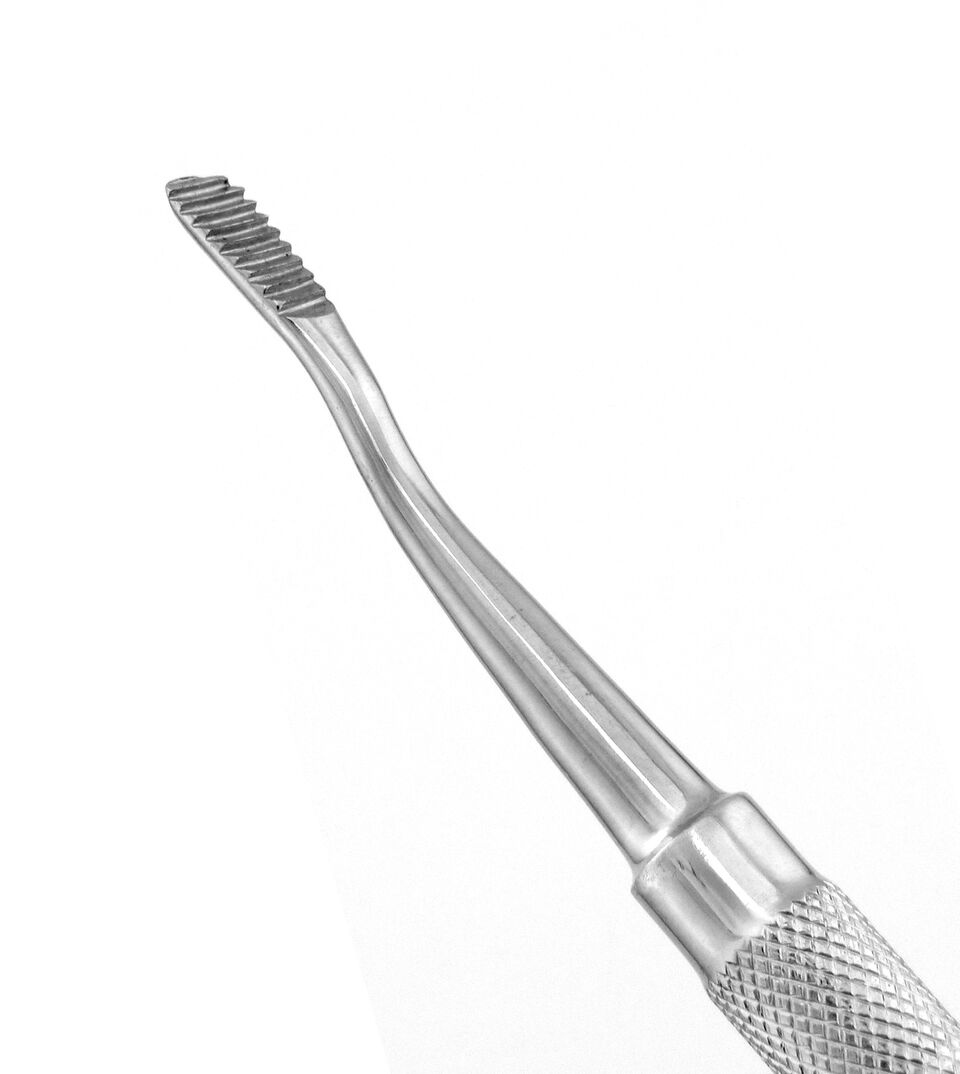 Bone Chisels
Bone Chisels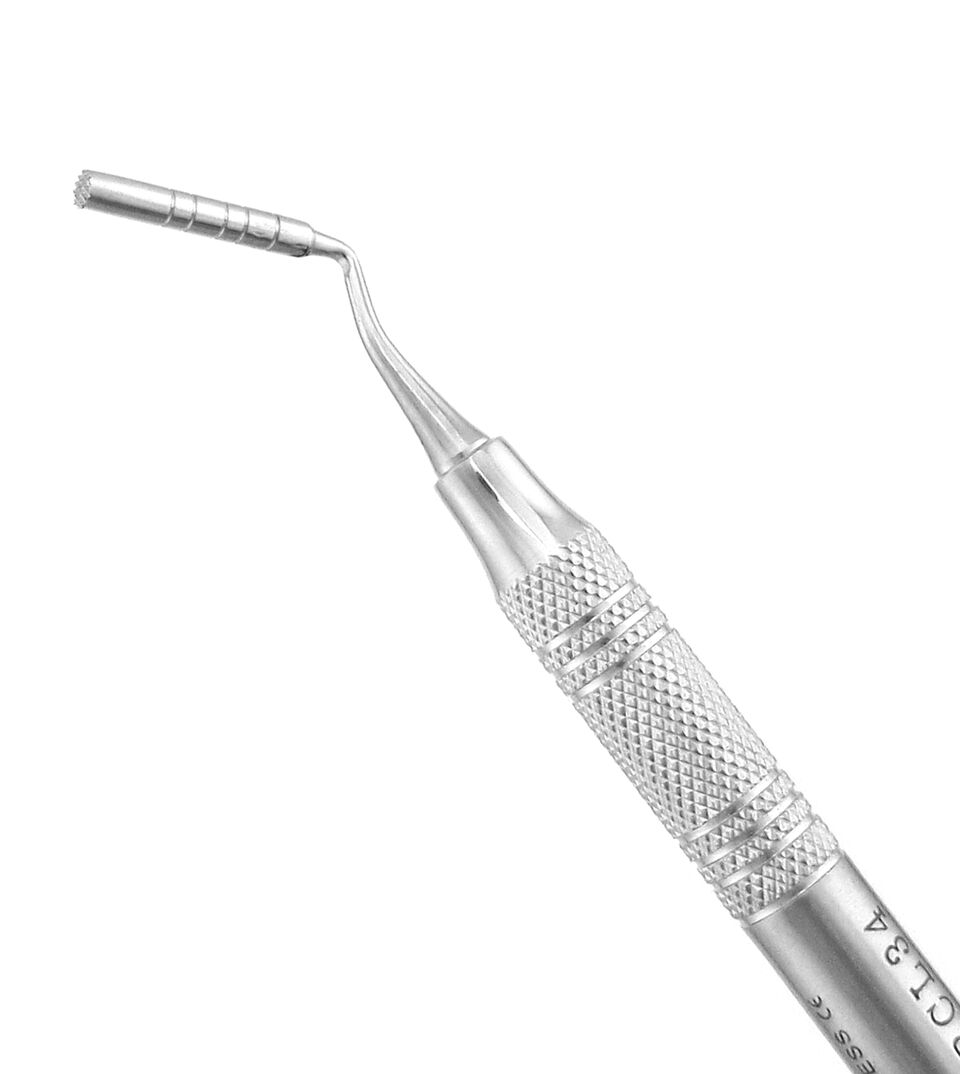 Bone Grafting Instruments
Bone Grafting Instruments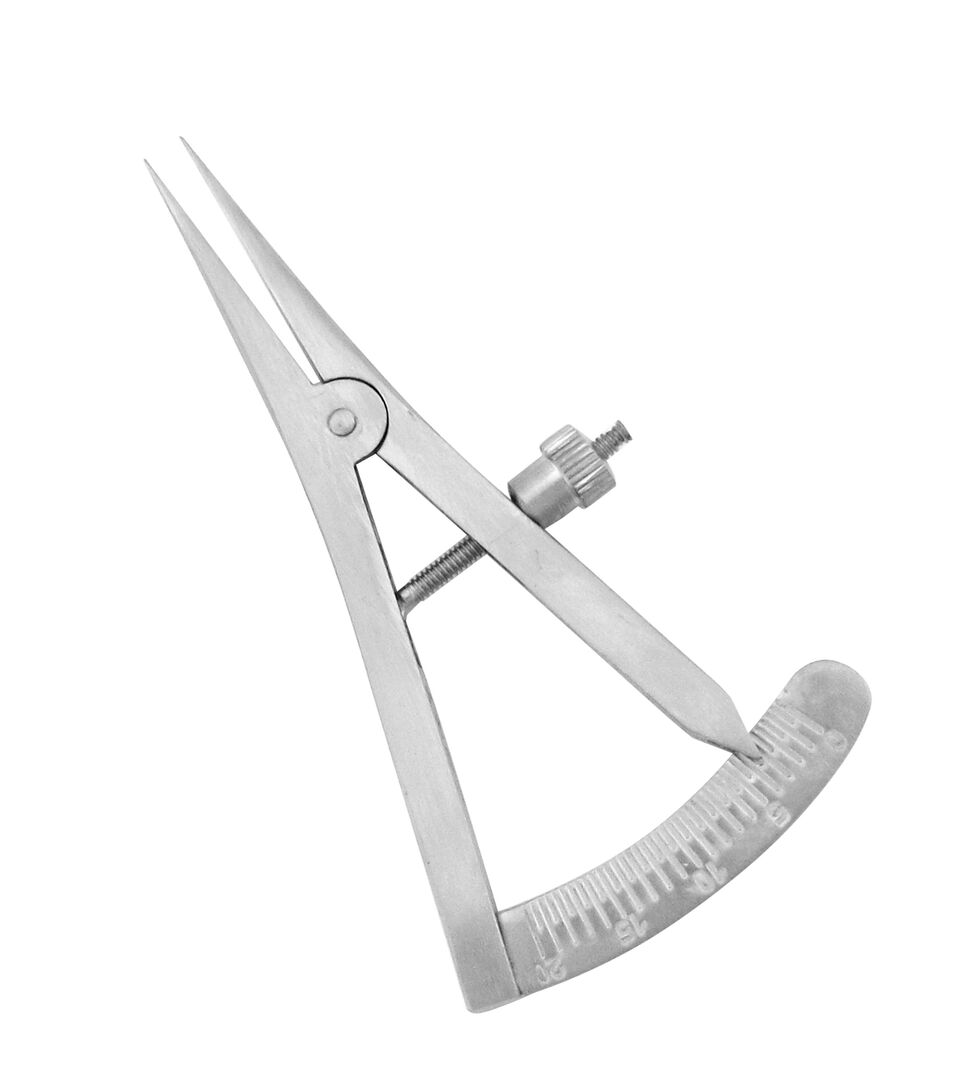 Calipers
Calipers Clamps
Clamps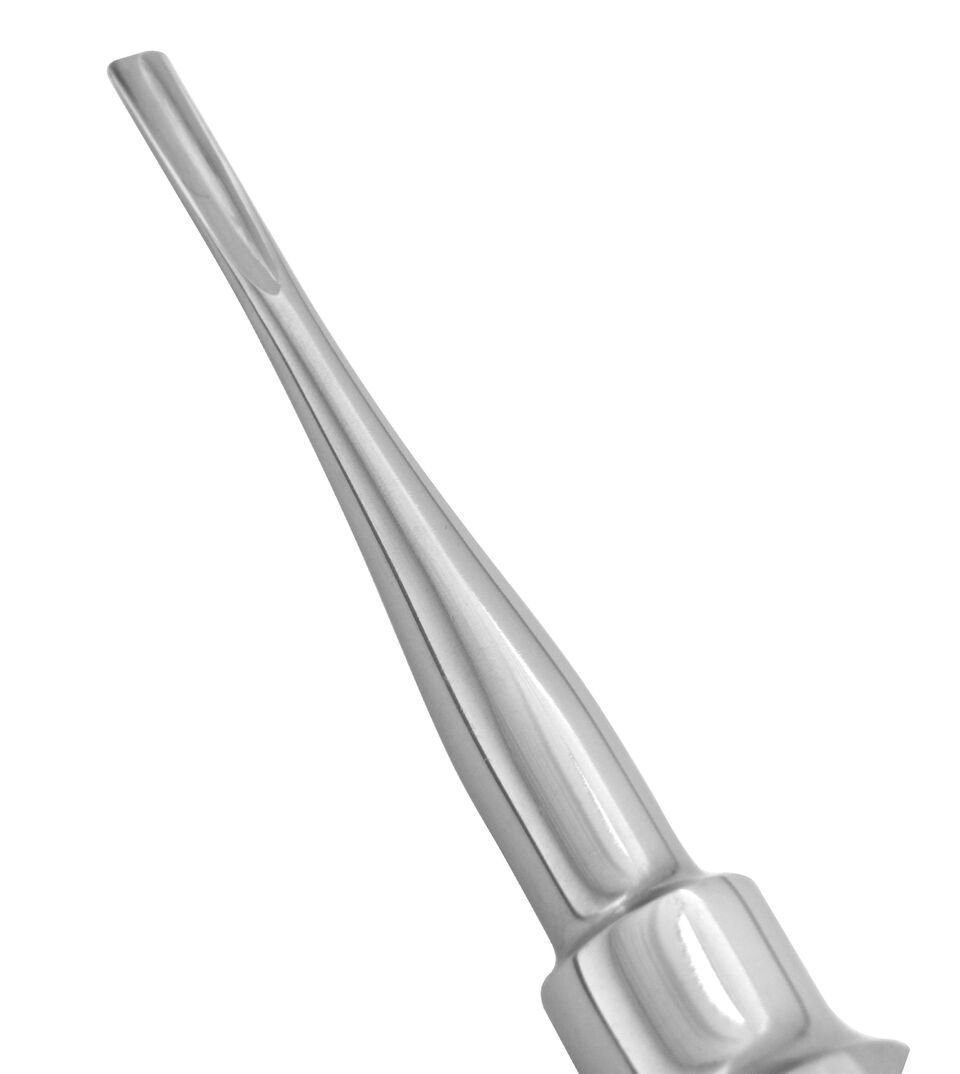 Dental Elevators
Dental Elevators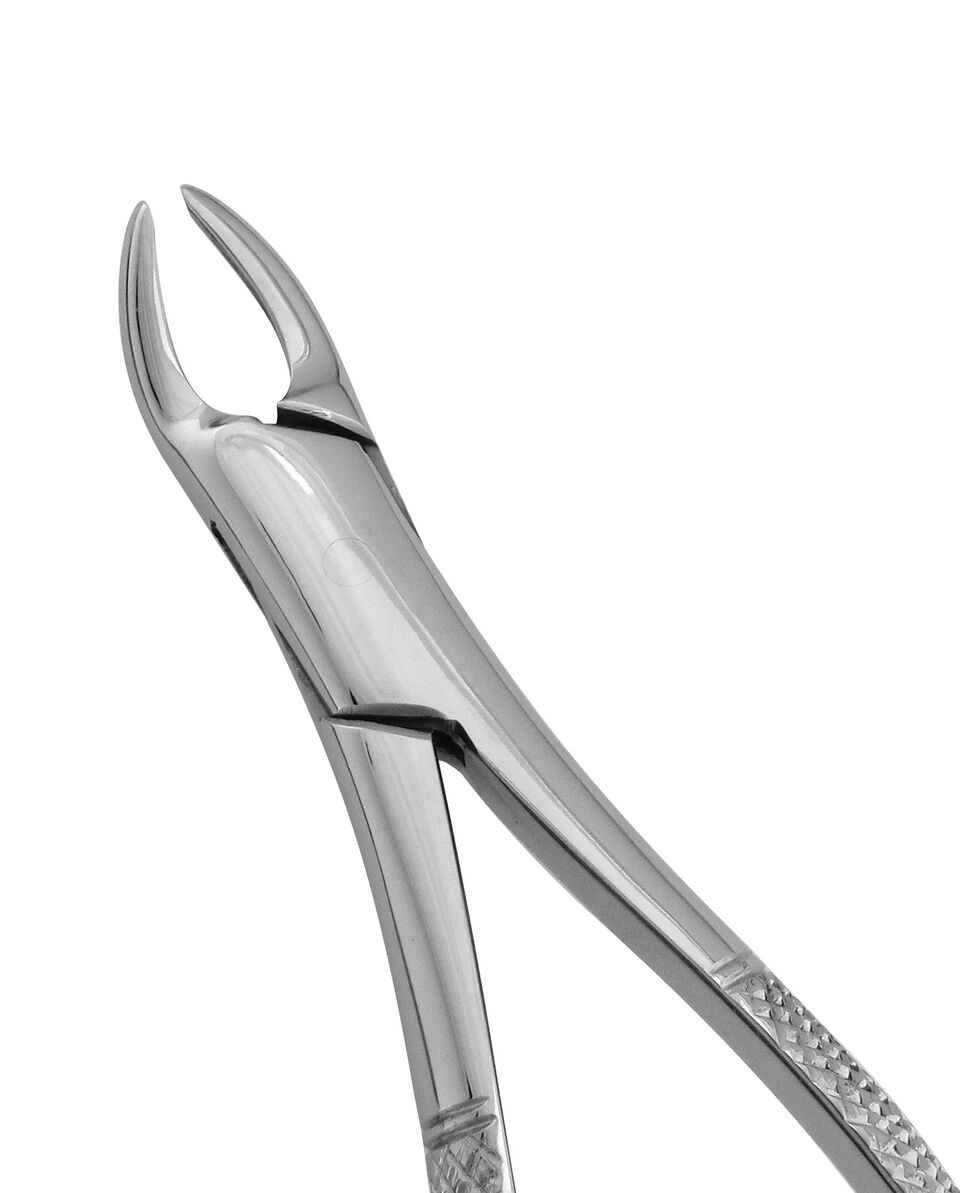 Extraction Forceps
Extraction Forceps Hemostats & Forceps
Hemostats & Forceps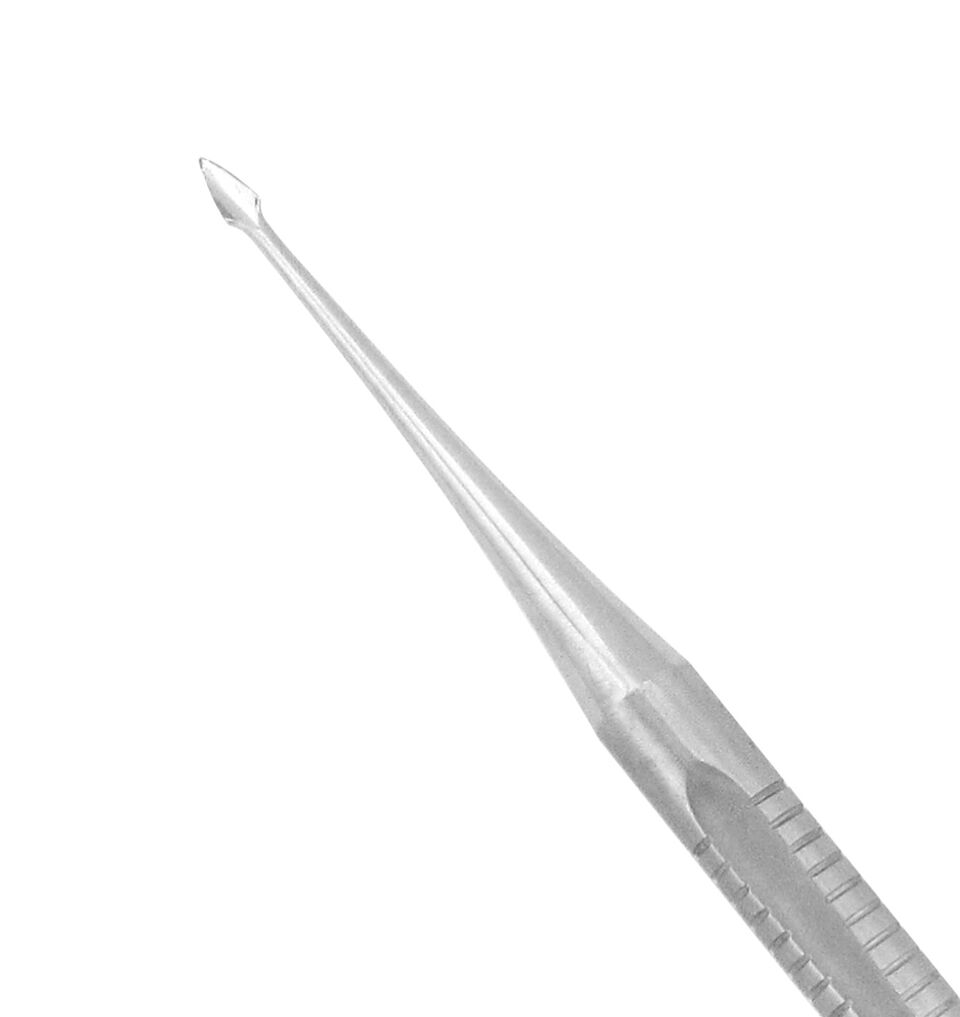 Hybrid Instruments
Hybrid Instruments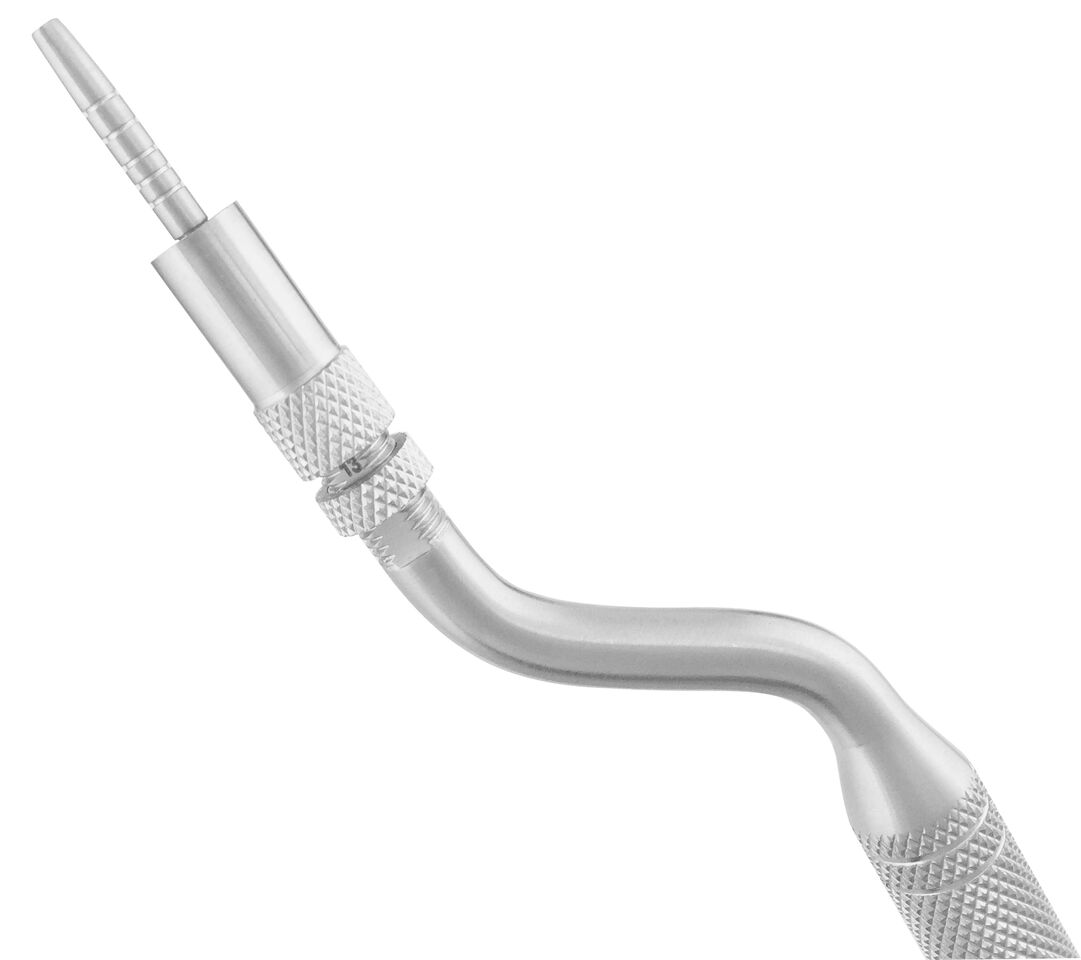 Implant Instruments
Implant Instruments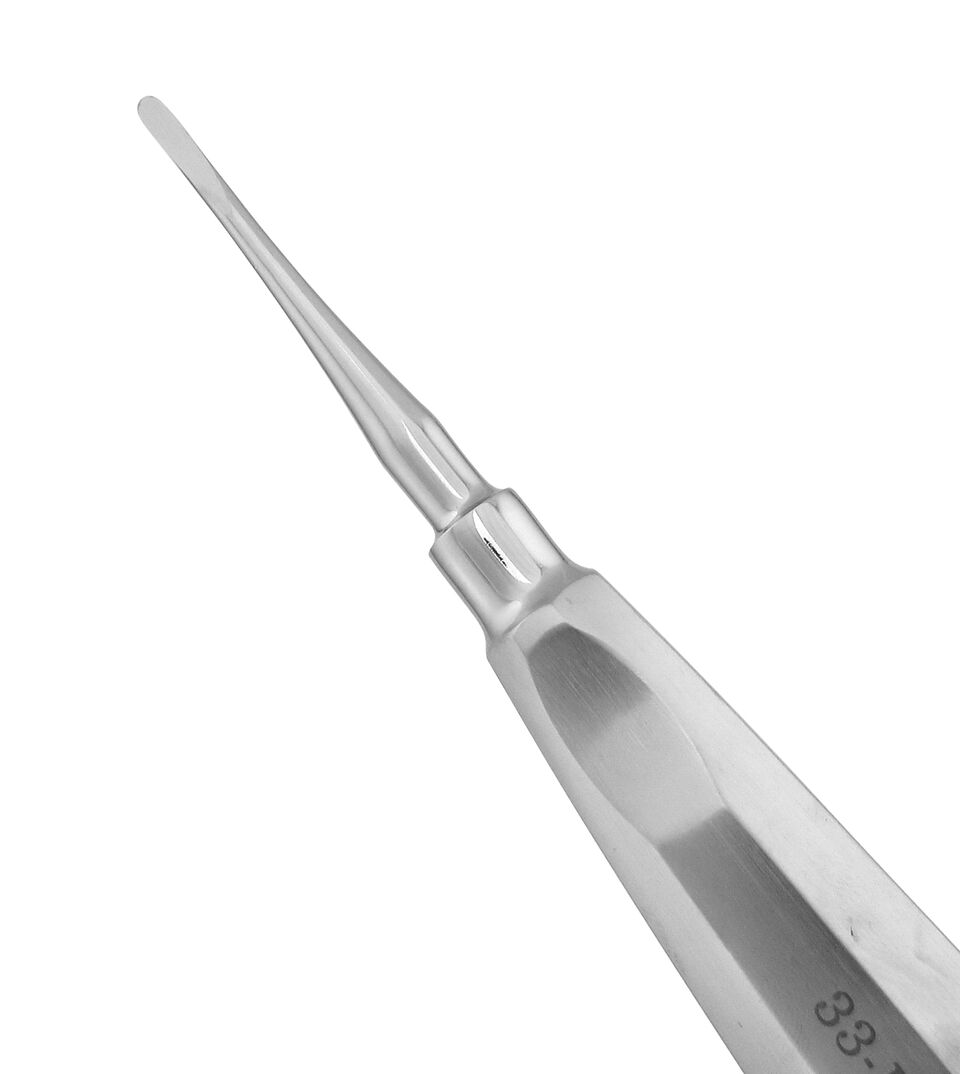 Luxating Elevators
Luxating Elevators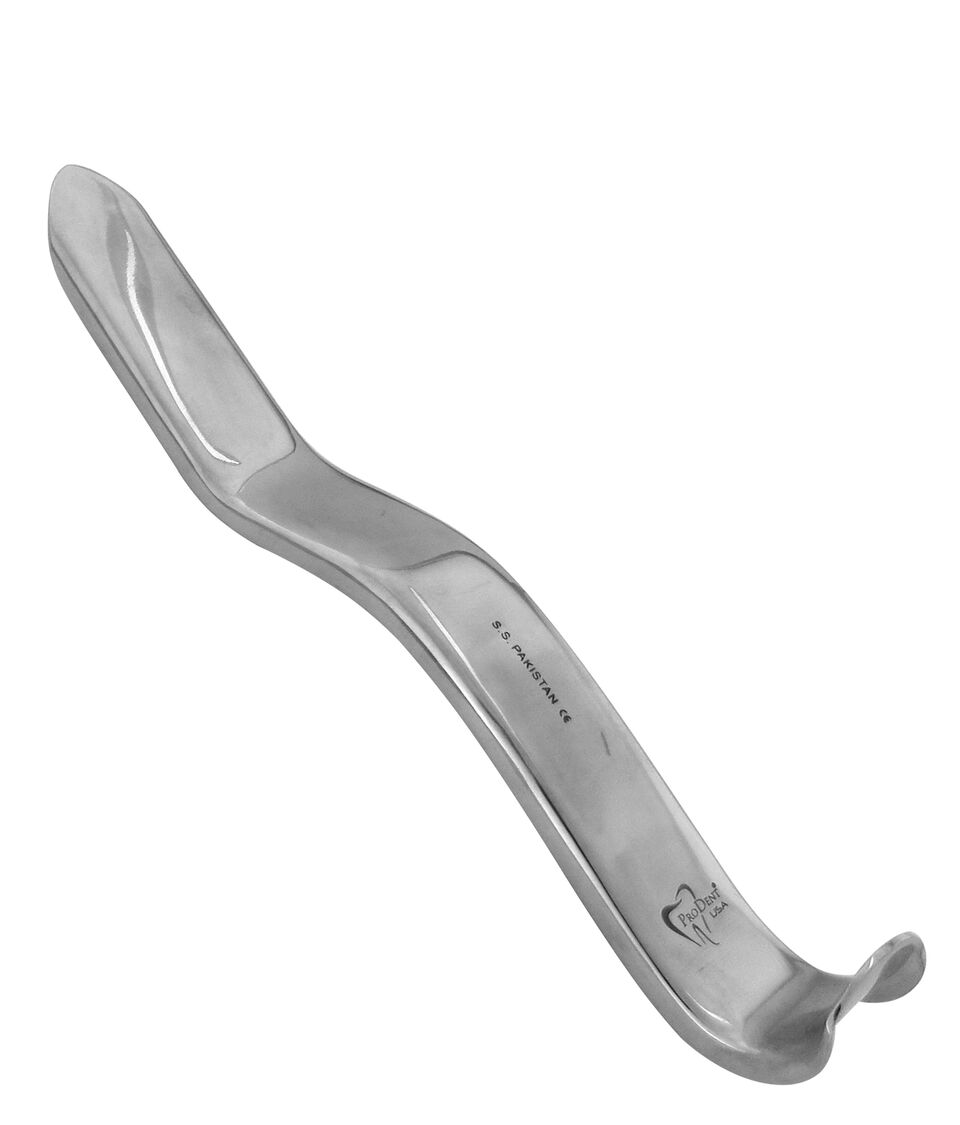 Mouth Gags & Retractors
Mouth Gags & Retractors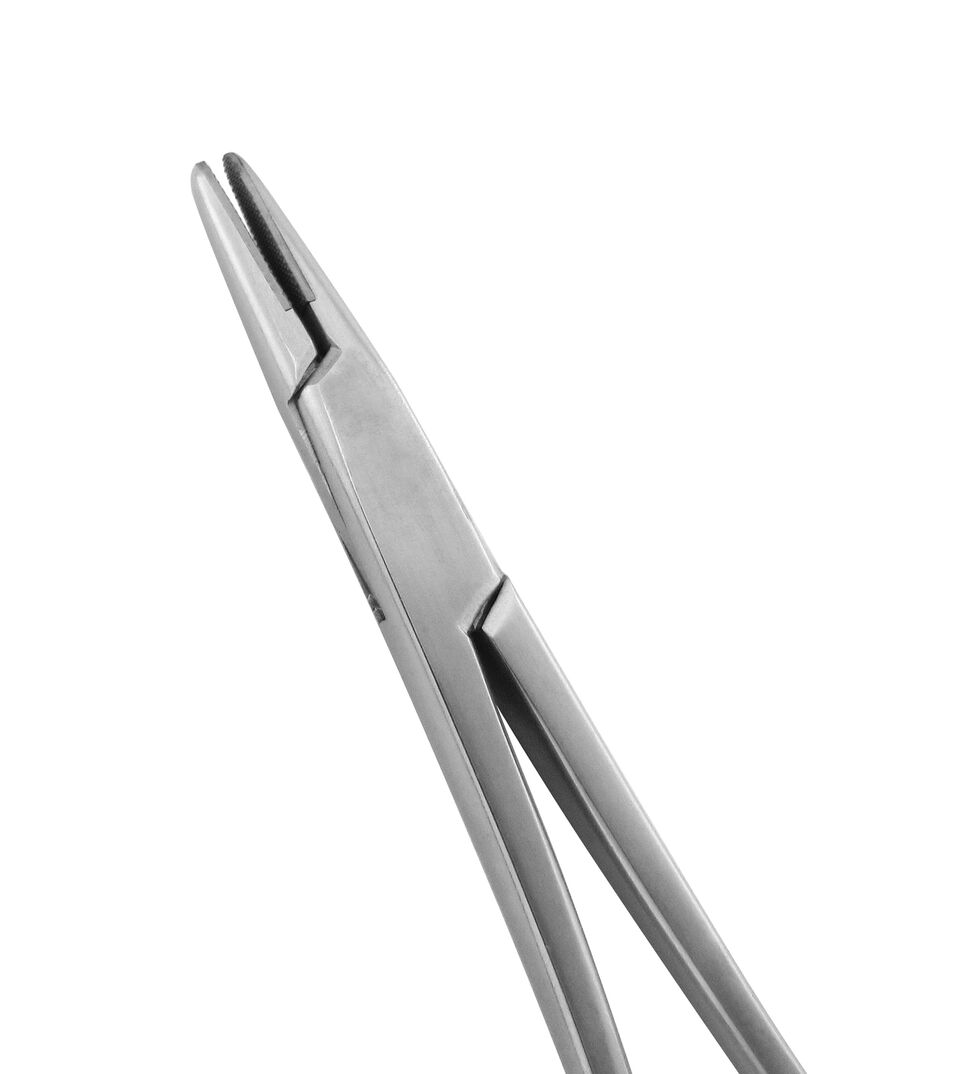 Needle Holders
Needle Holders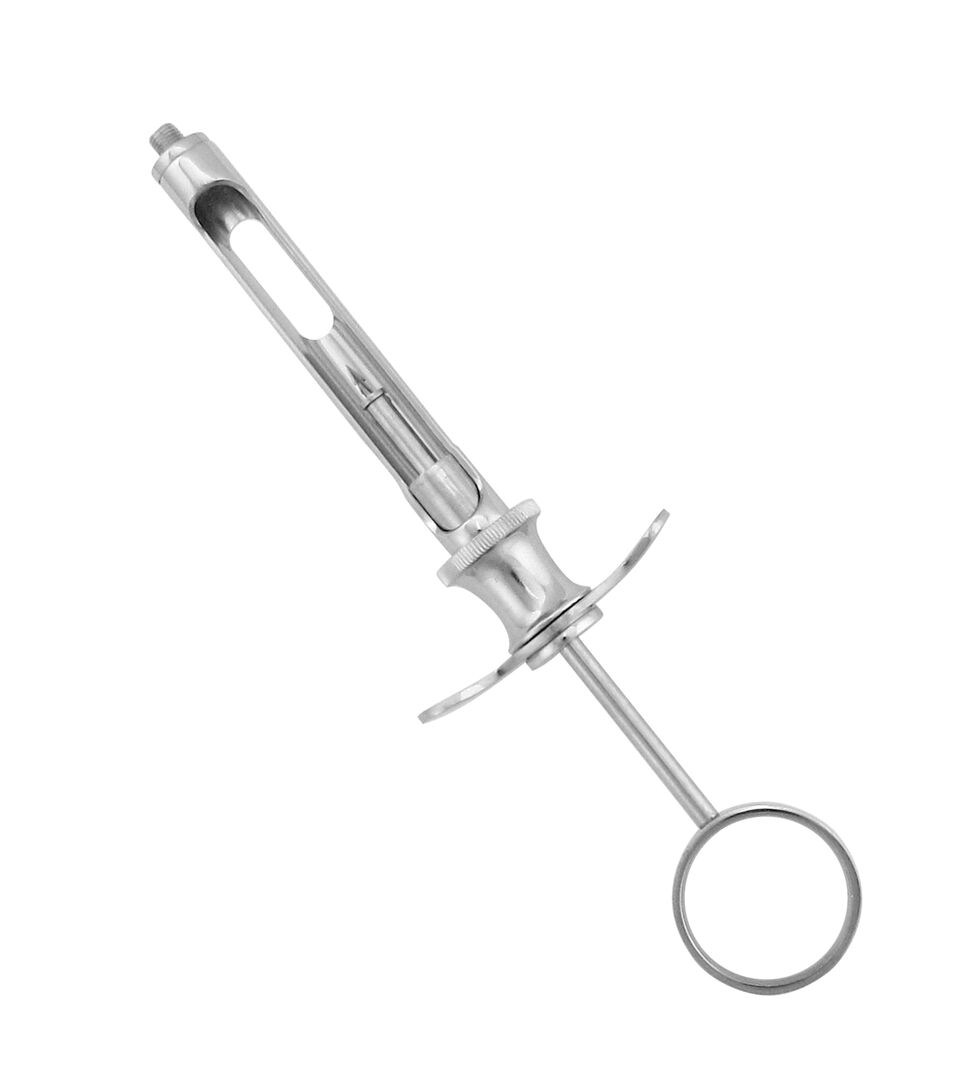 Oral Surgery Aspirating Syringes
Oral Surgery Aspirating Syringes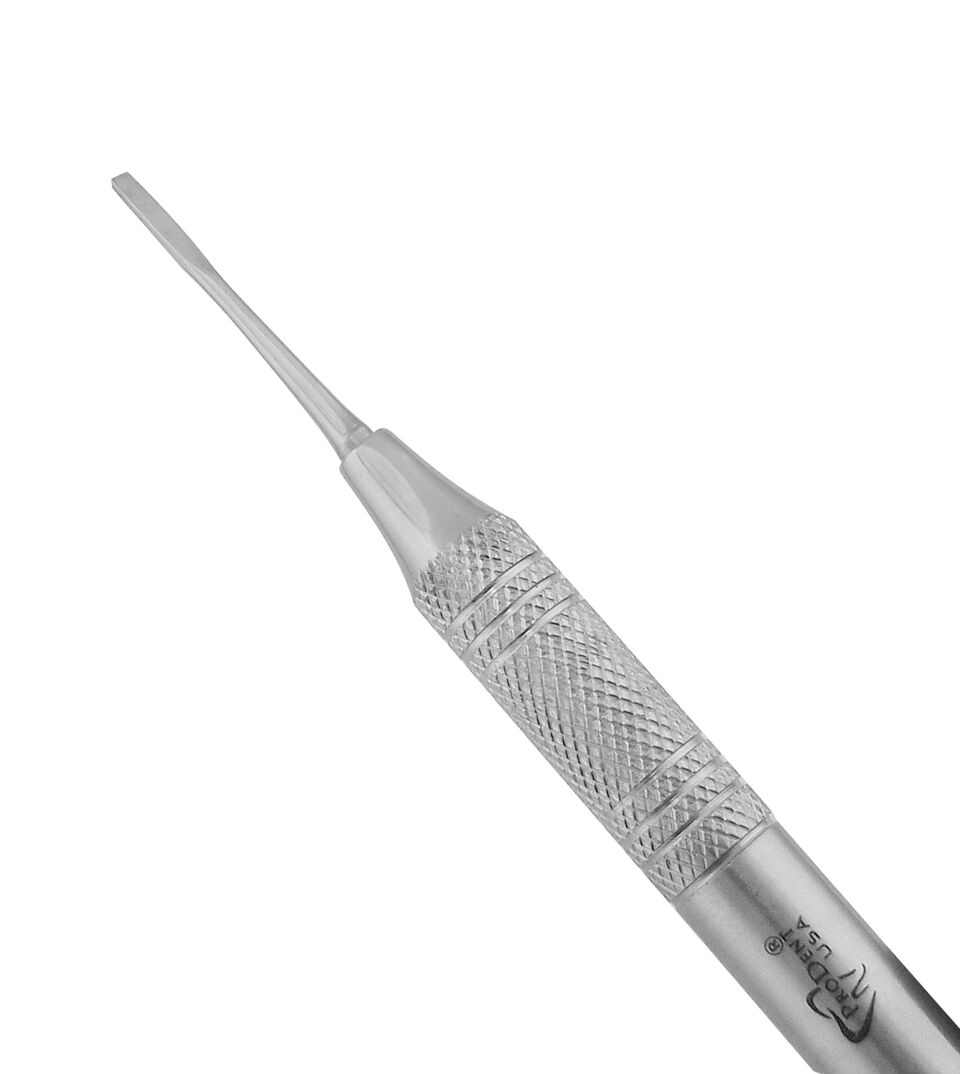 Periodontal Surgical Instruments
Periodontal Surgical Instruments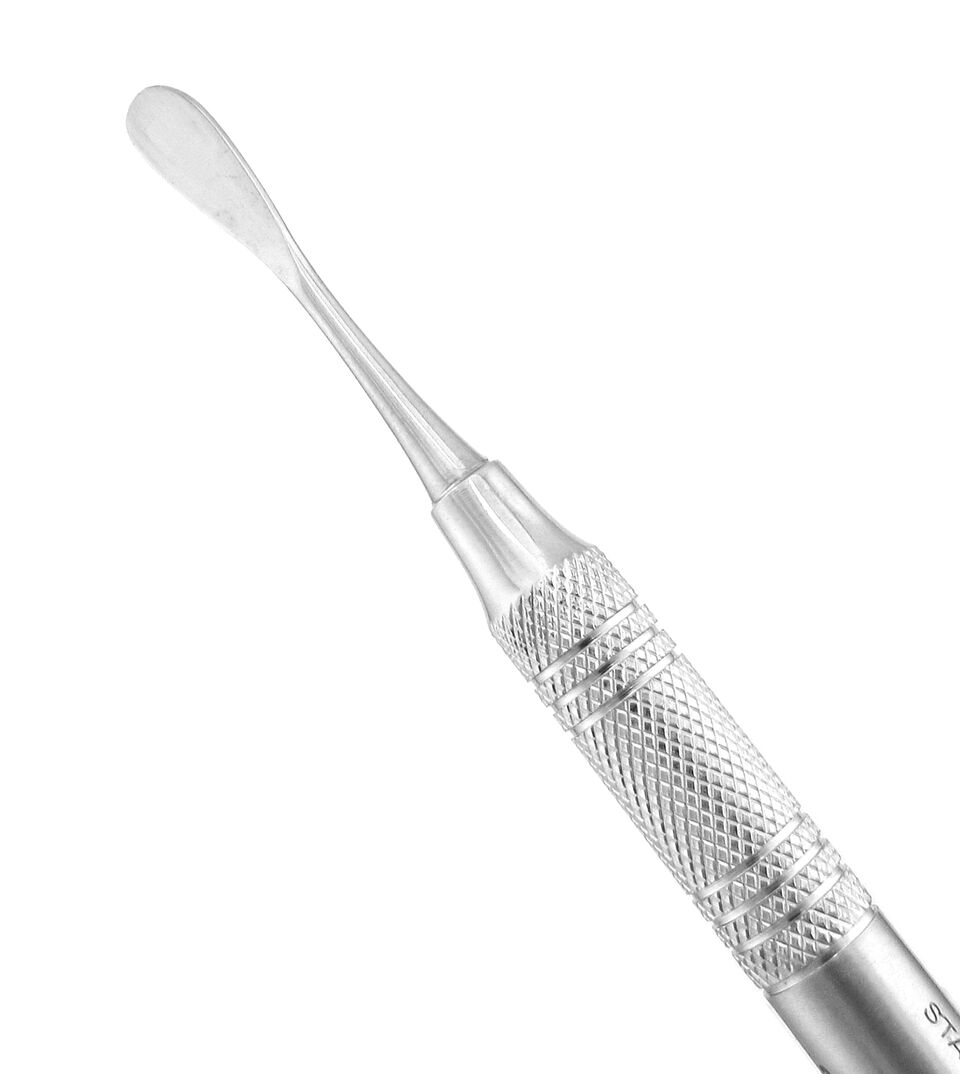 Periosteal Elevators
Periosteal Elevators Periotomes
Periotomes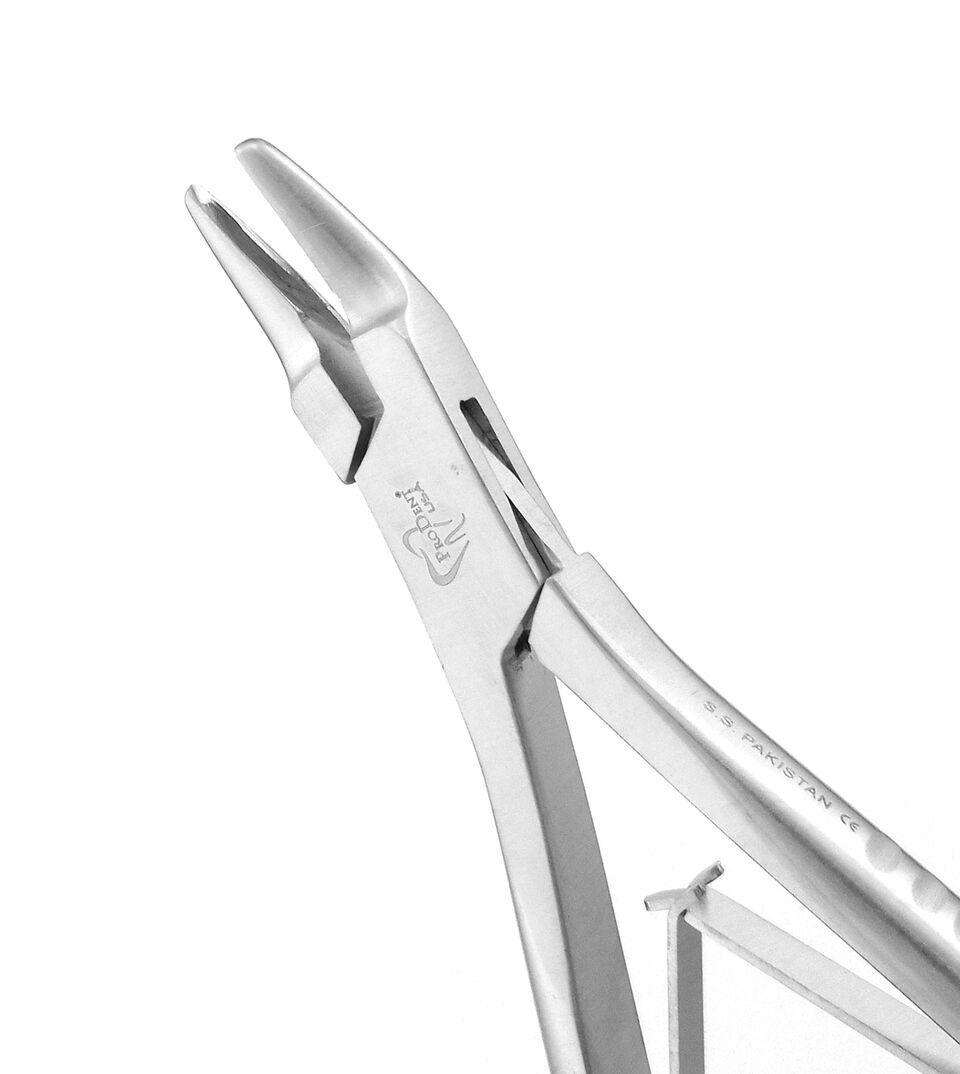 Rongeurs
Rongeurs Scalpel Handles
Scalpel Handles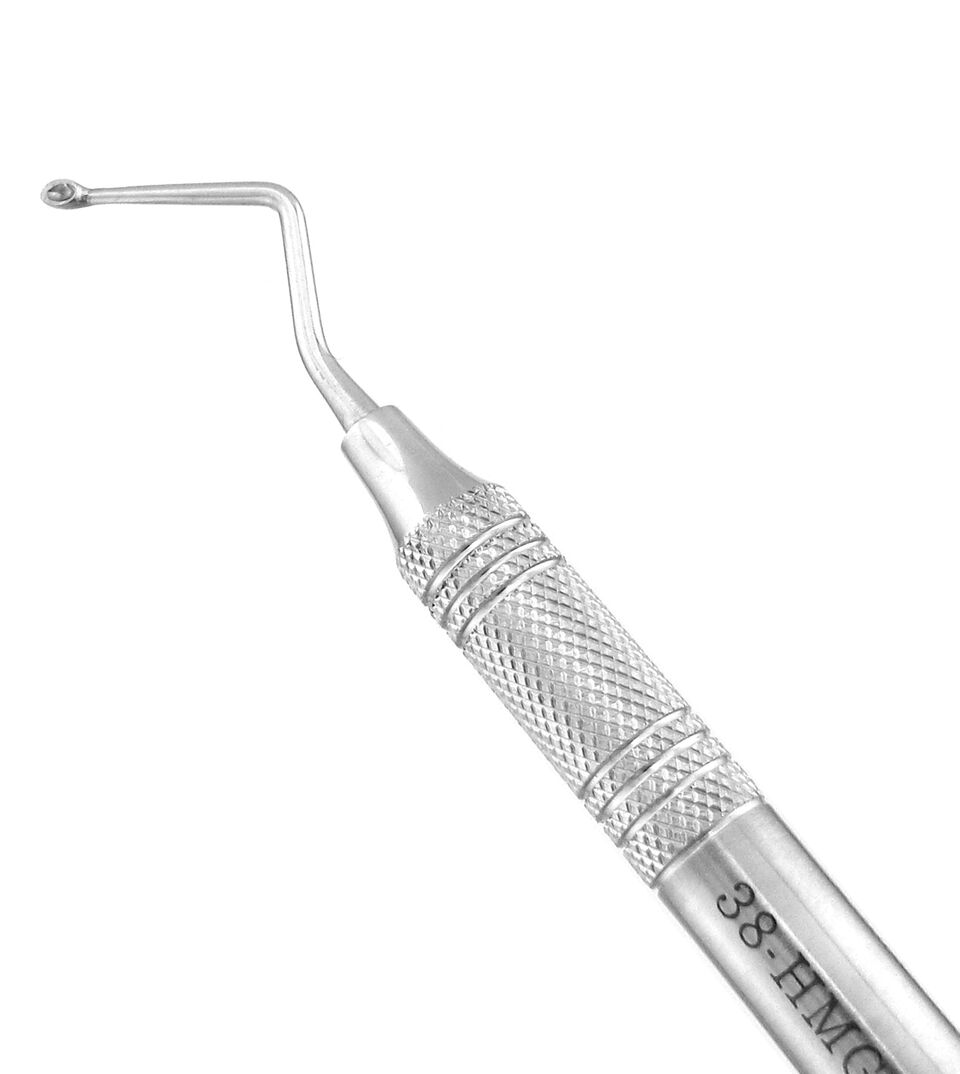 Surgical Curettes
Surgical Curettes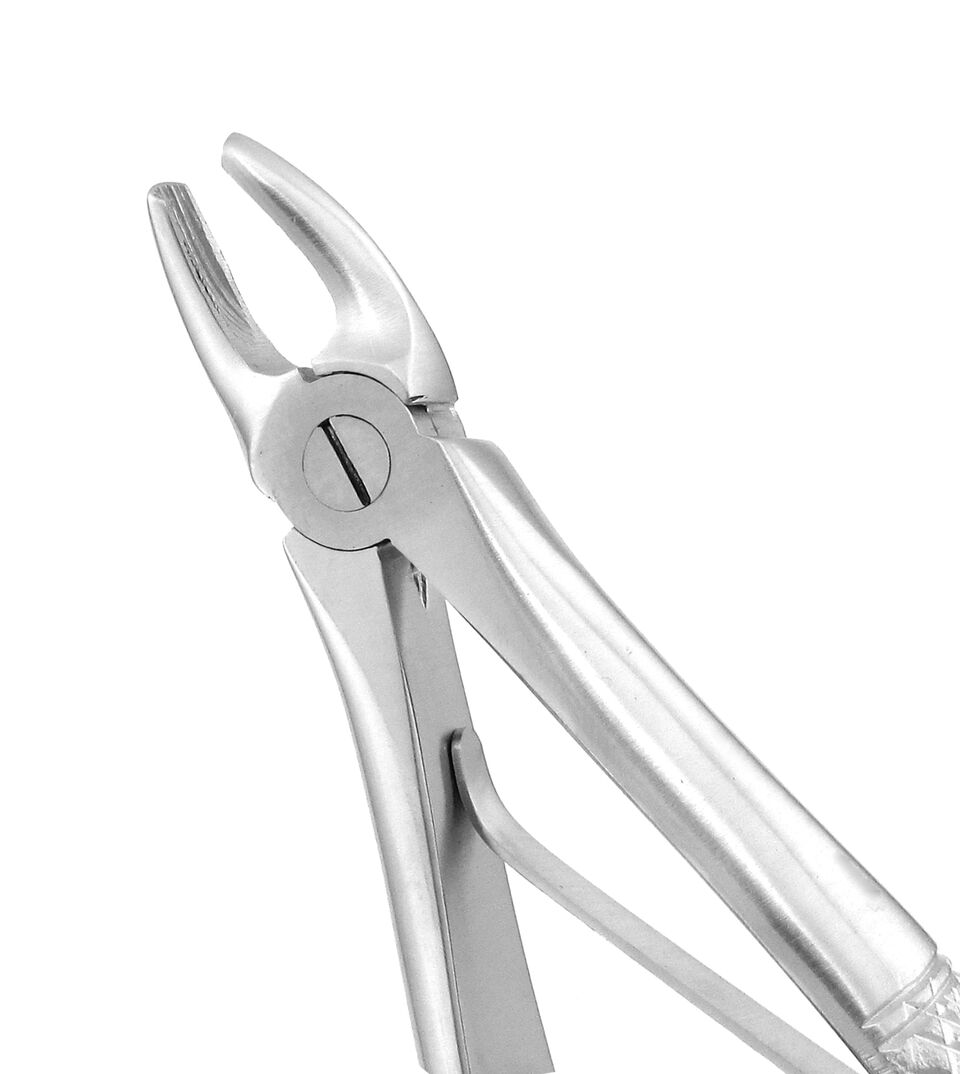 Surgical Pediatric Forceps
Surgical Pediatric Forceps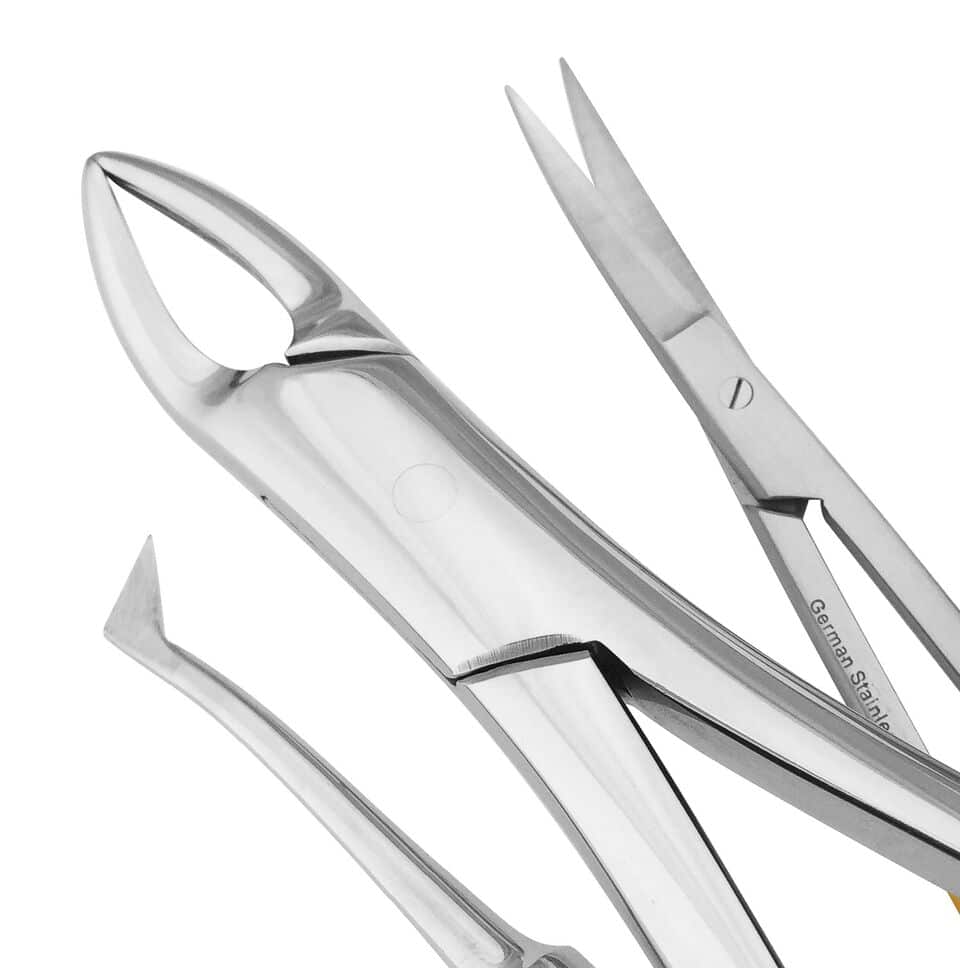 Surgical Sets
Surgical Sets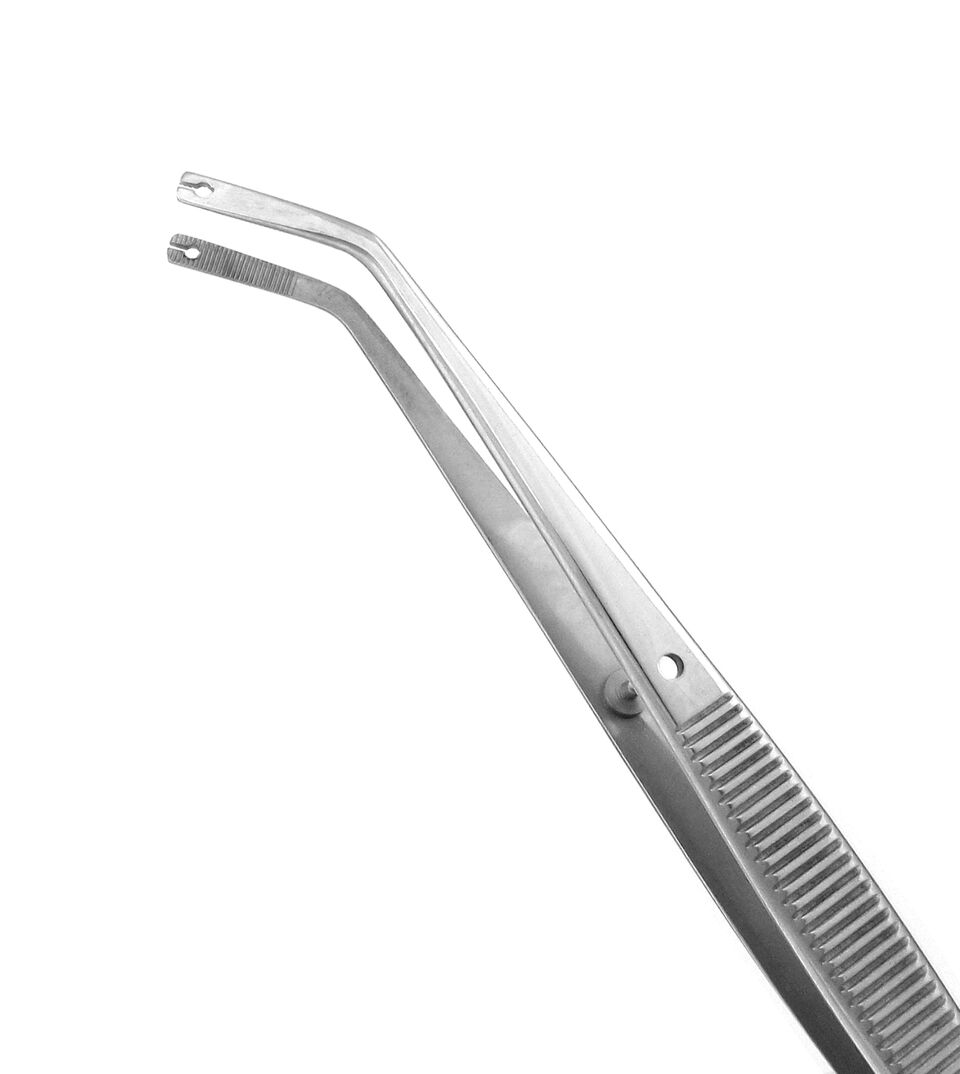 Suture Forceps
Suture Forceps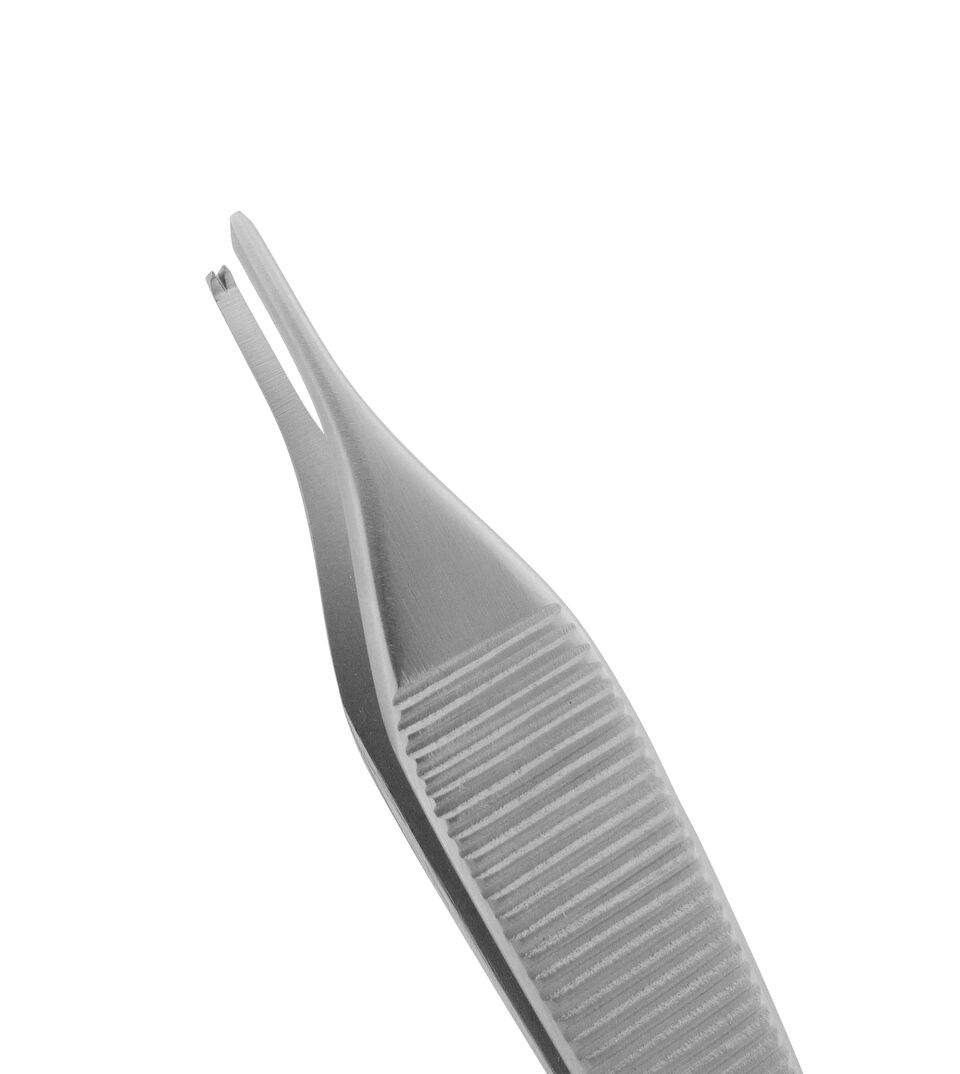 Tissue & Dressing Forceps
Tissue & Dressing Forceps Utility Forceps
Utility Forceps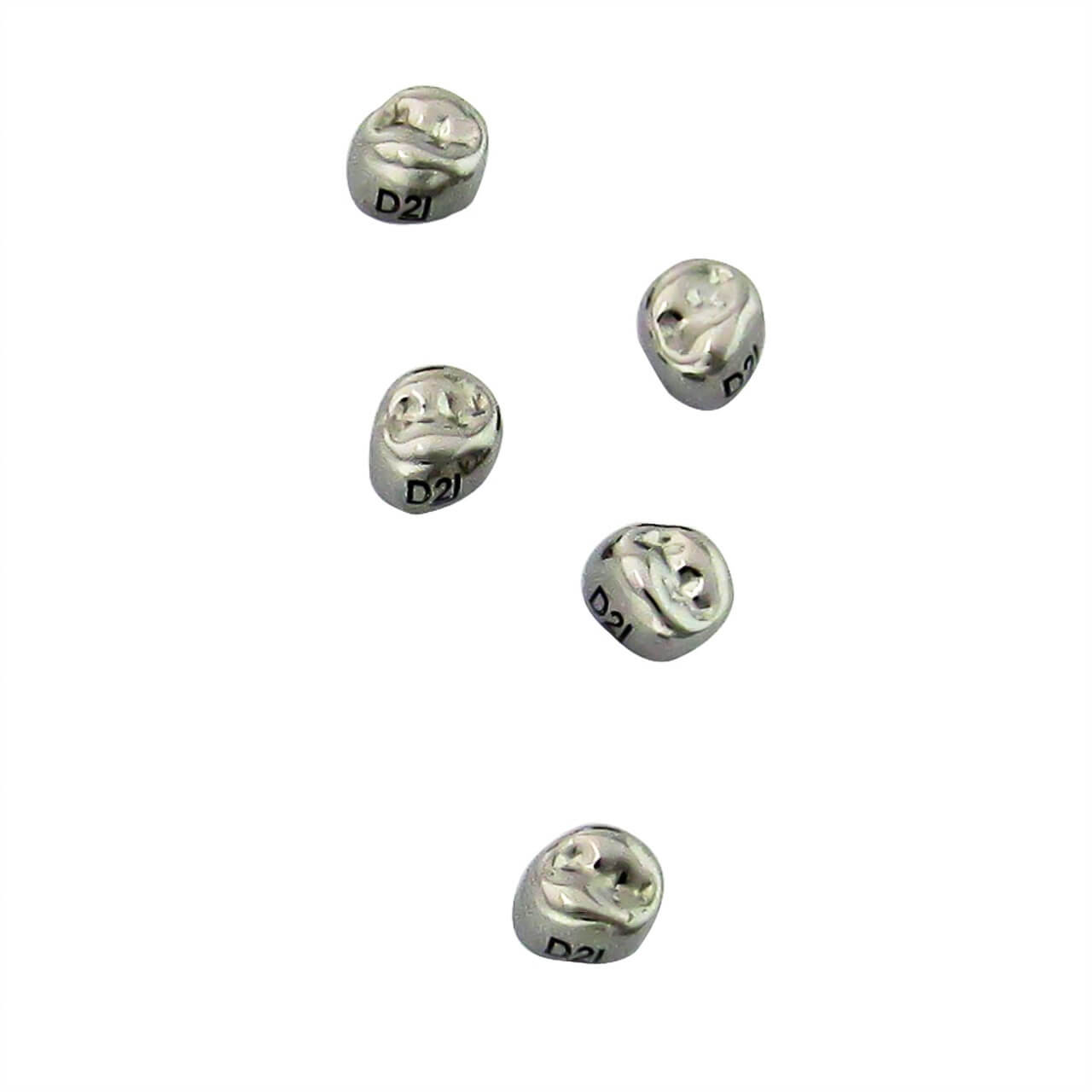 Stainless Steel Crowns
Stainless Steel Crowns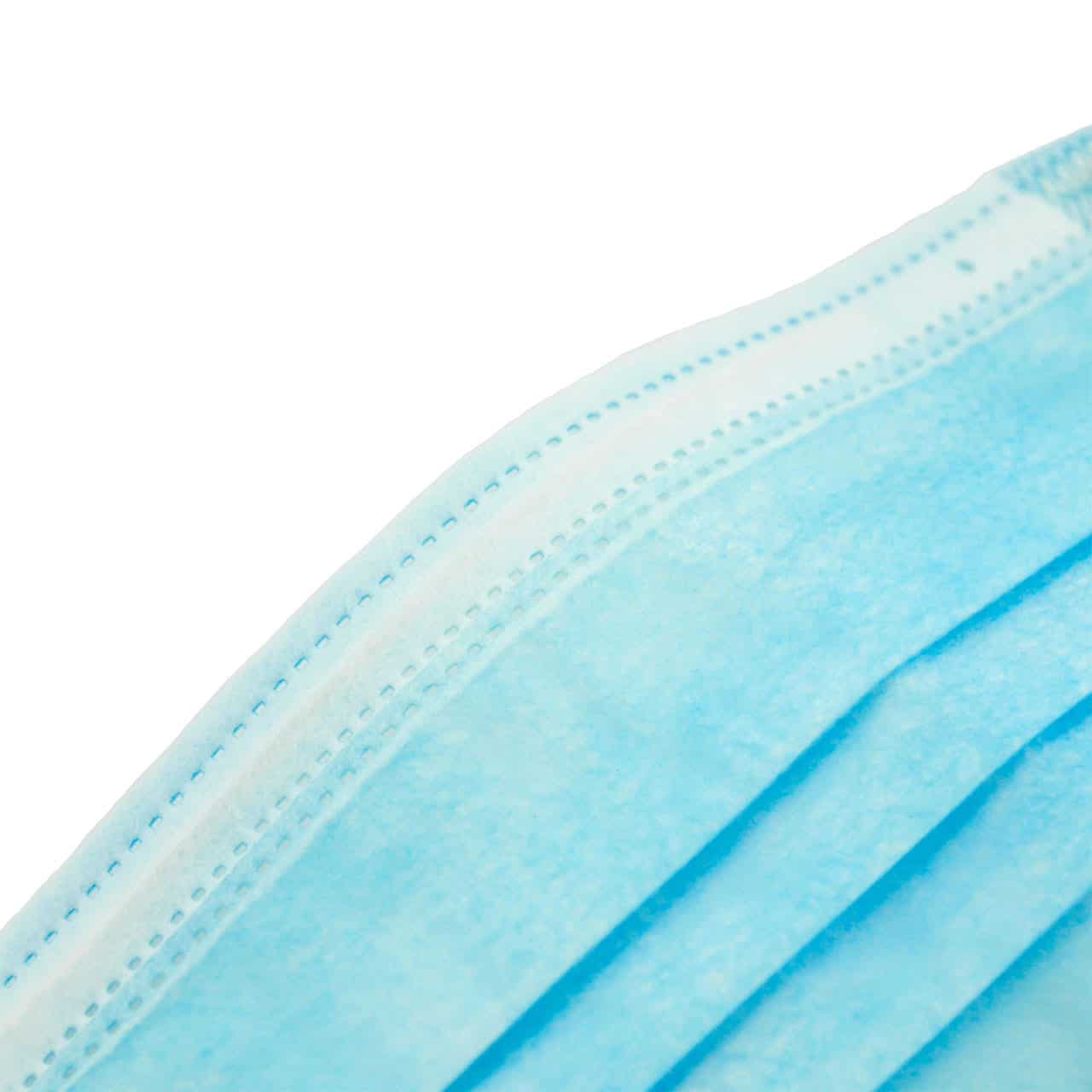 Personal Protective Equipment
Personal Protective Equipment